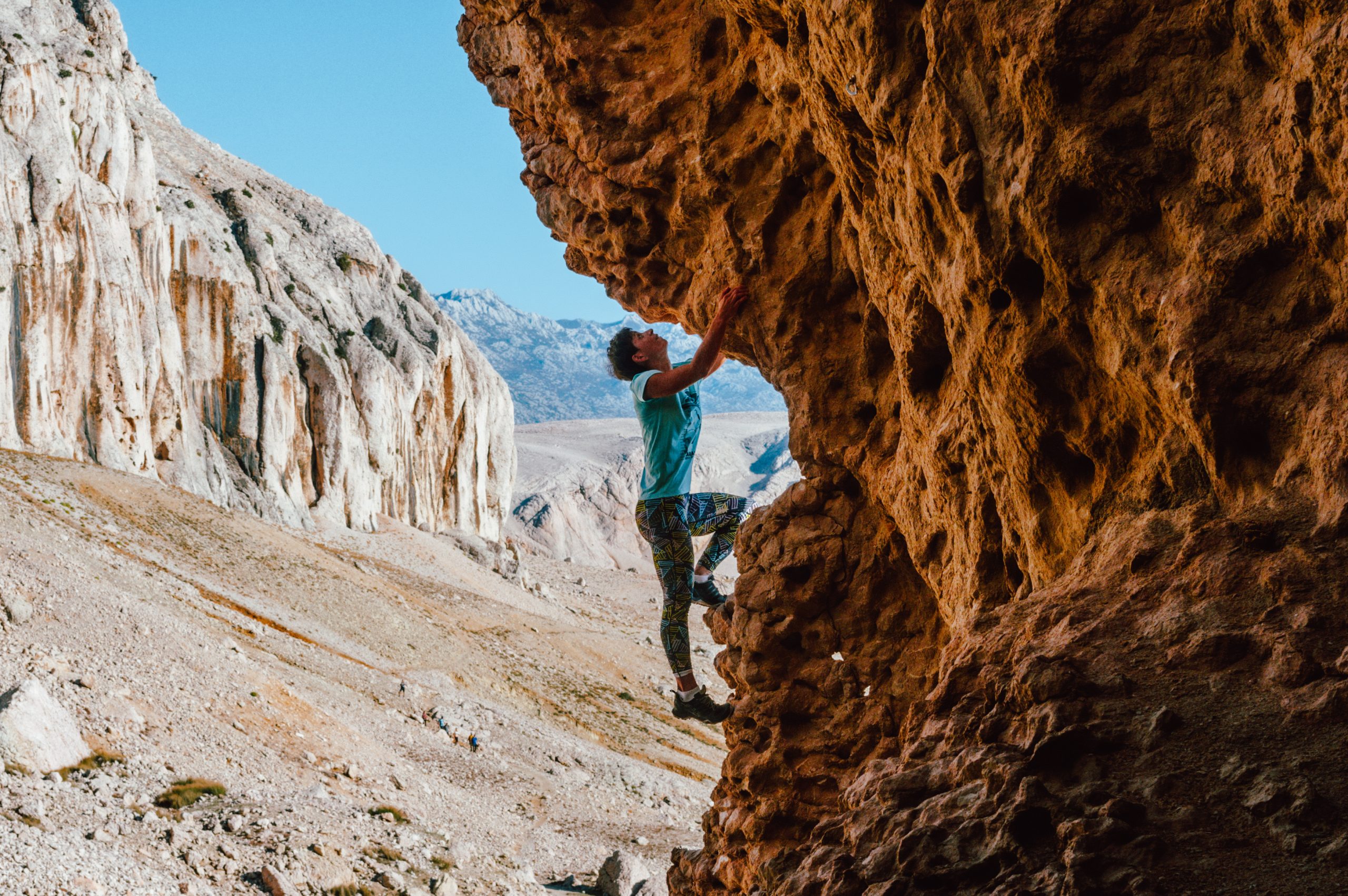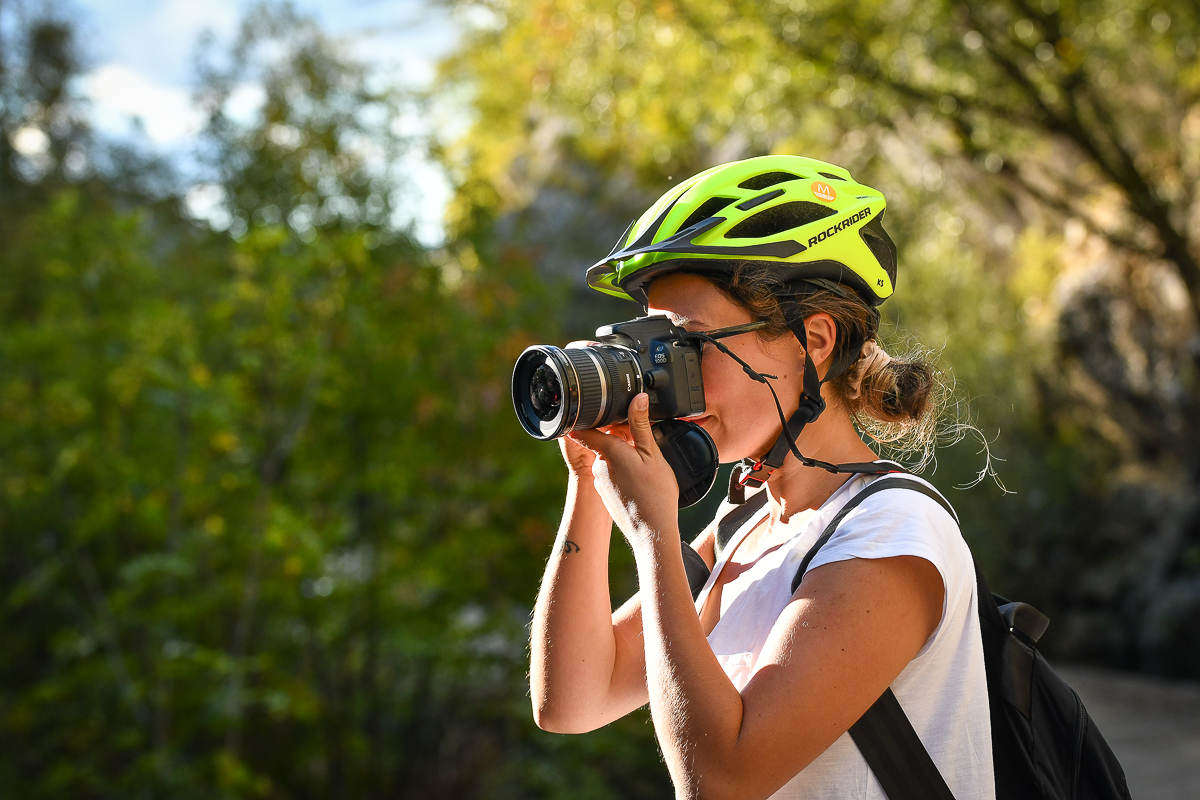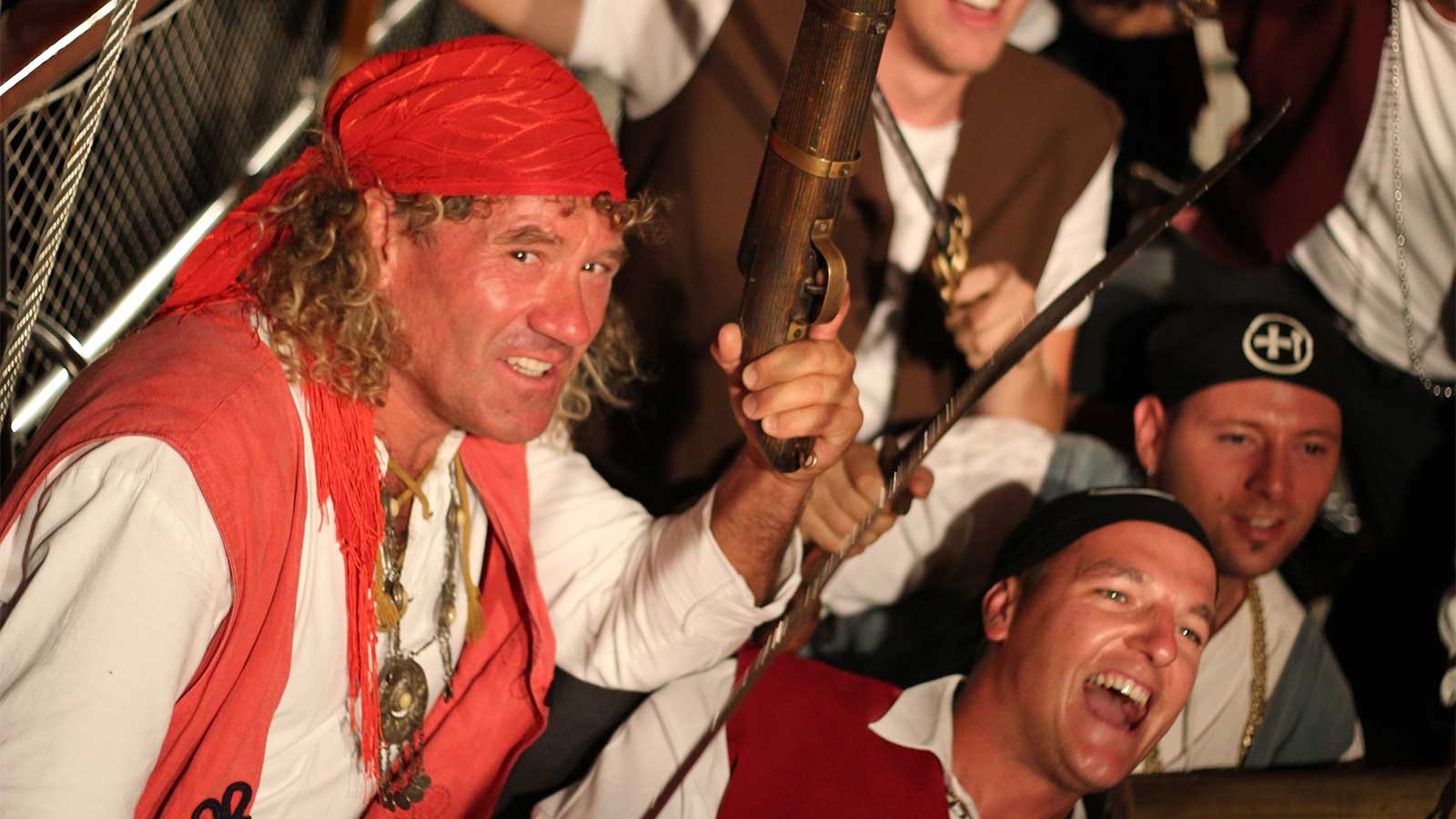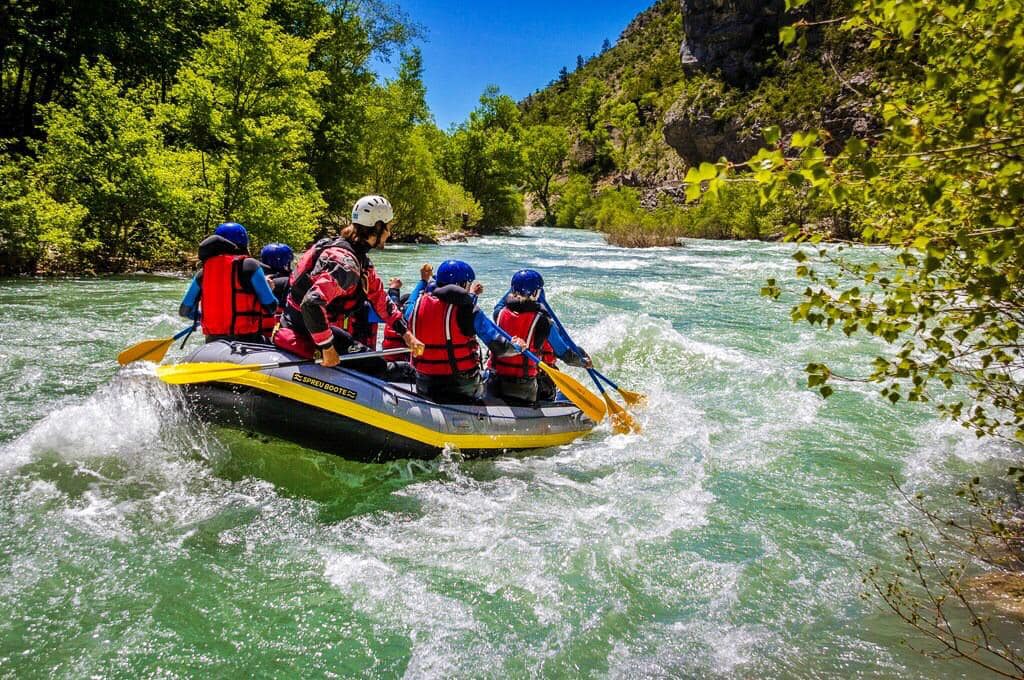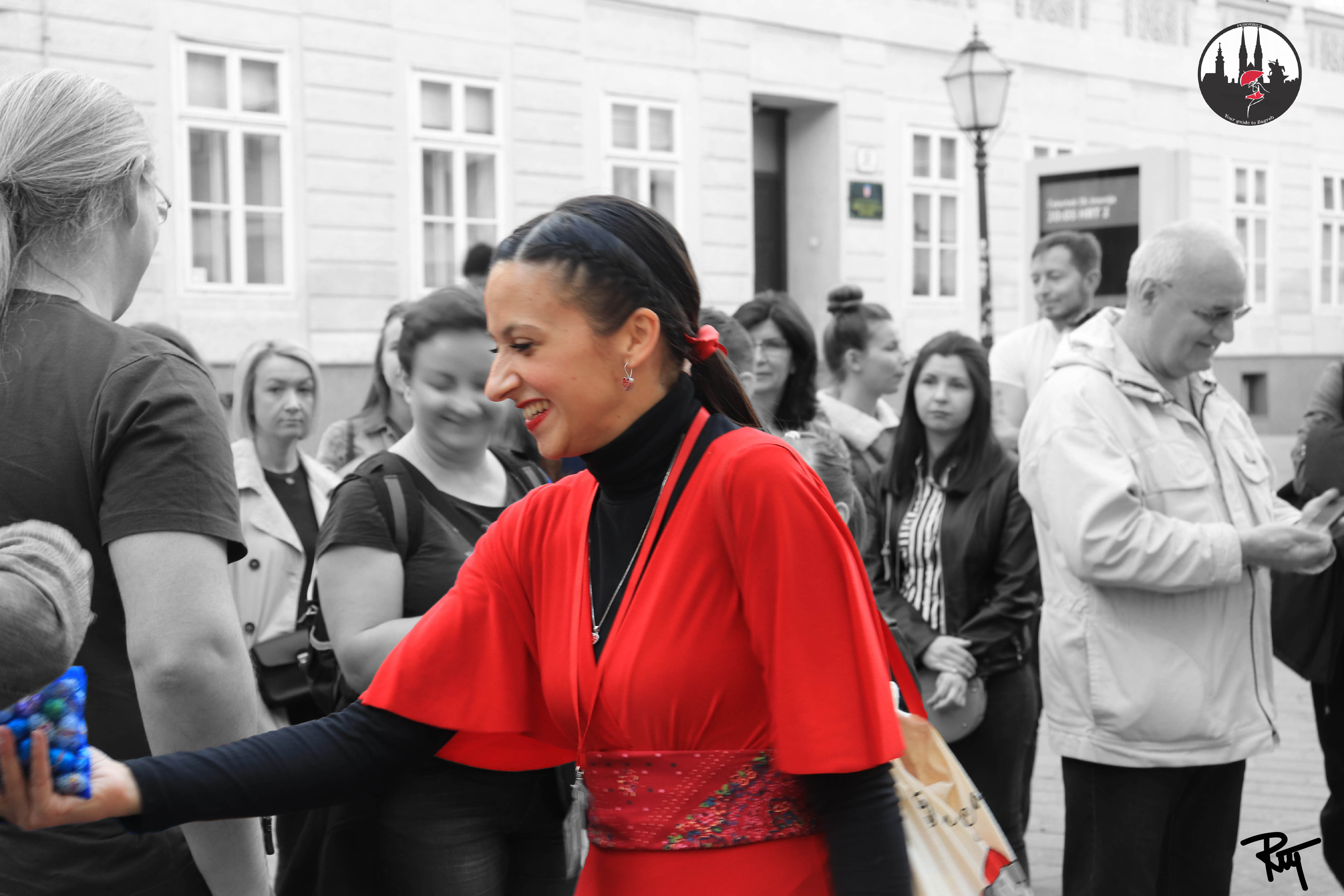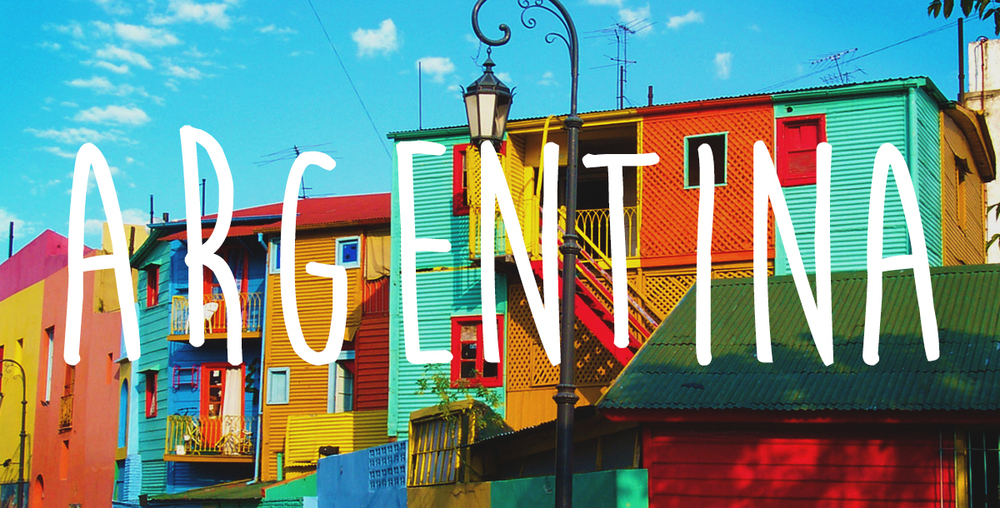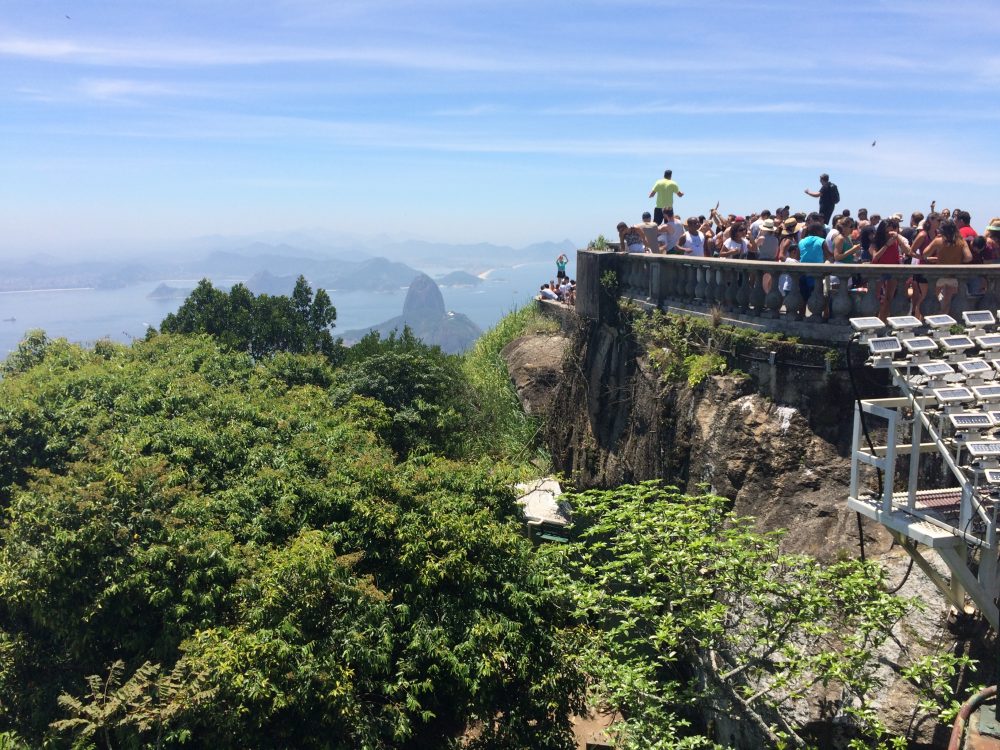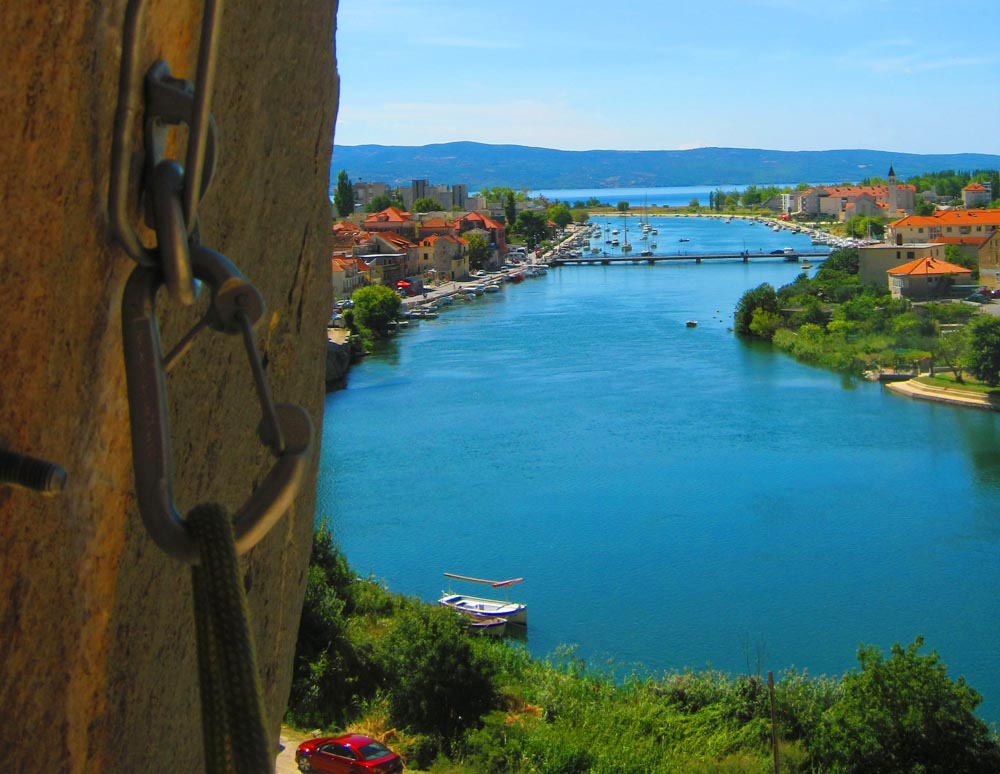PAG OUTDOOR Enjoy and explore a true paradise for lovers of active vacation, nature and adrenaline!
HOT SPOTS DESTINATION WINTER/SPRING 2023.
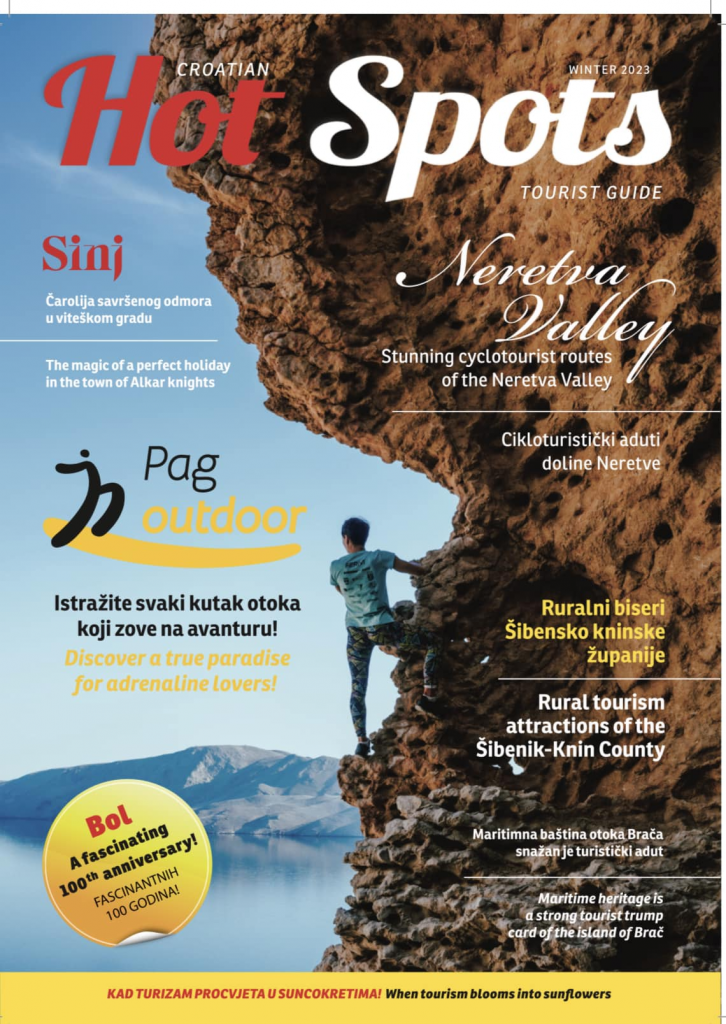
Whether you enjoy trekking, bike, hike, climb, kayak or practice any activity you can
imagine in between, Island of Pag is a true paradise for lovers of active tourism,
nature and adrenaline.
SYNERGY THAT KNOWS NO BOUNDARIES
Pag Outdoor is a project which is the result of the joint efforts of as many as five tourist boards - The Tourist Board of the City of Novalja, The Tourist Board of the City of Pag, the Kolan Tourist Board, the Povljana Tourist Board and the Stara Novalja Tourist Board. It is carried out with the support of the Ministry of Tourism and Sport of the Republic of Croatia (MINTS).
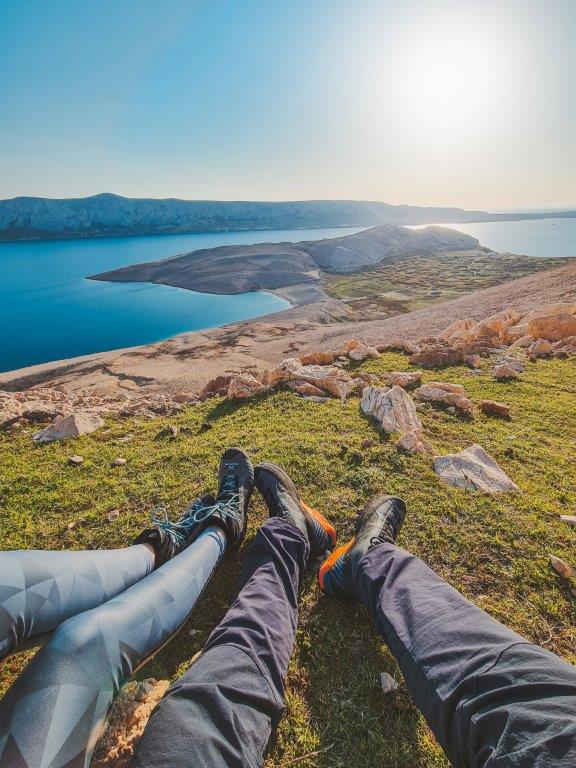
Regarding Pag’s rich outdoor offer, it is important to say that the whole story includes licensed guides and trainers who add to the entire experience with their own experience, as well as the local DMC tourist agency.
Of the striking four-leaf clover which marks Pag’s outdoor offer, perhaps the most peculiar is the one that is actually the “birth certificate” of the island, unique because of its resemblance to the surface of a distant planet; some will see Mars in it, some will see the Moon, but this island is certainly attractive precisely because of that unique landscape. This is how the famous Life on Mars Trail Race was born.
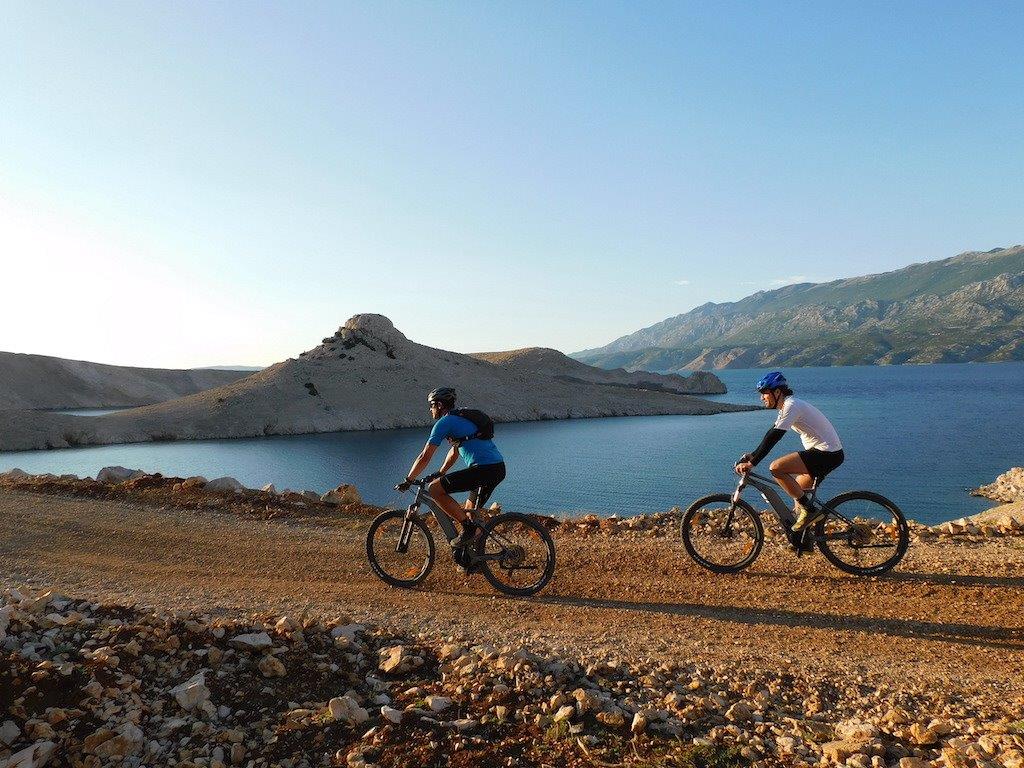
THE LIFE ON MARS TRAIL
This year, Novalja wins the Simply the Best award with Life on Mars for the exceptional quality and attractiveness of this event, which enriches the whole tourist offer with its content while promoting the sustainable development of active tourism, it also firmly positions Novalja at the very top of the Croatian outdoor destination list. Unspoiled nature surrounded by the awe-inspiring smell of sea, stone and salt represents a true break from the stressors of
everyday life and a “psychological detox”, and as such - according to the runners - the aforementioned track has definitely earned its “five stars”.
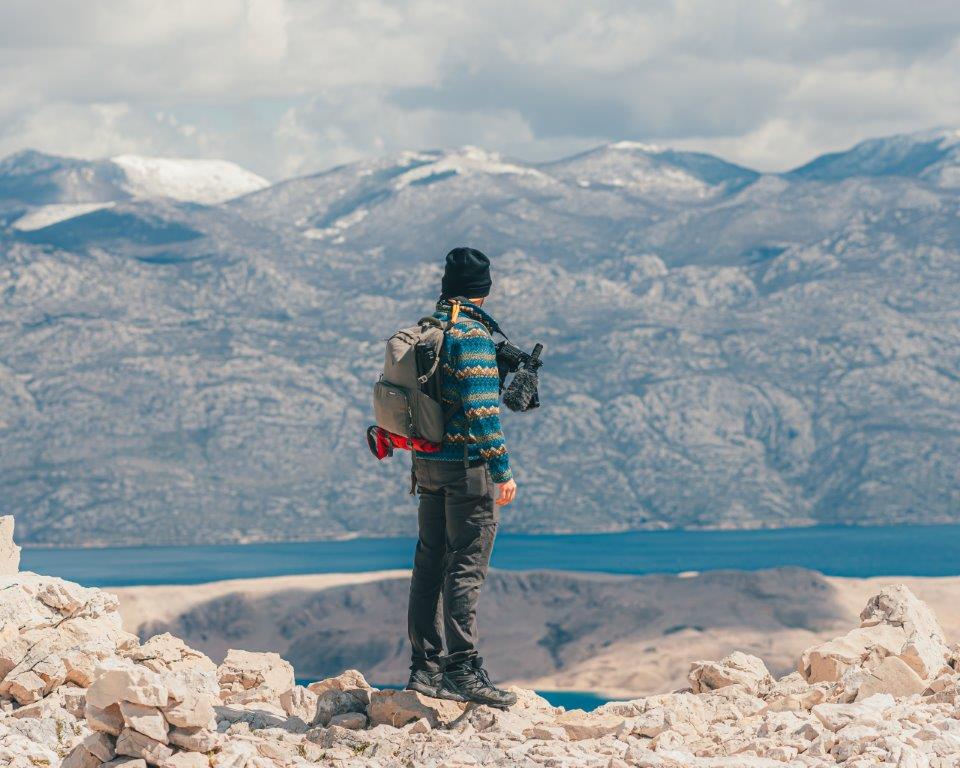
The Life on Mars trail has also been rightfully adorned with an award from the readers of “People Outdoors” magazine for the best outdoor tourist infrastructure, with its many marked trails and coordinates.
It should be noted that the Trekking League in cooperation with the Tourist Board of the town of Novalja organises the Life on Mars race every spring, and the exotic Metajna canyon is the attractive location of the most popular trekking race in all of Croatia, a race characterised
by its truly distinctive “cosmic beauty”.
However, it would be unfair not to mention the fact that Pag boasts as many as eight excellent running tracks.
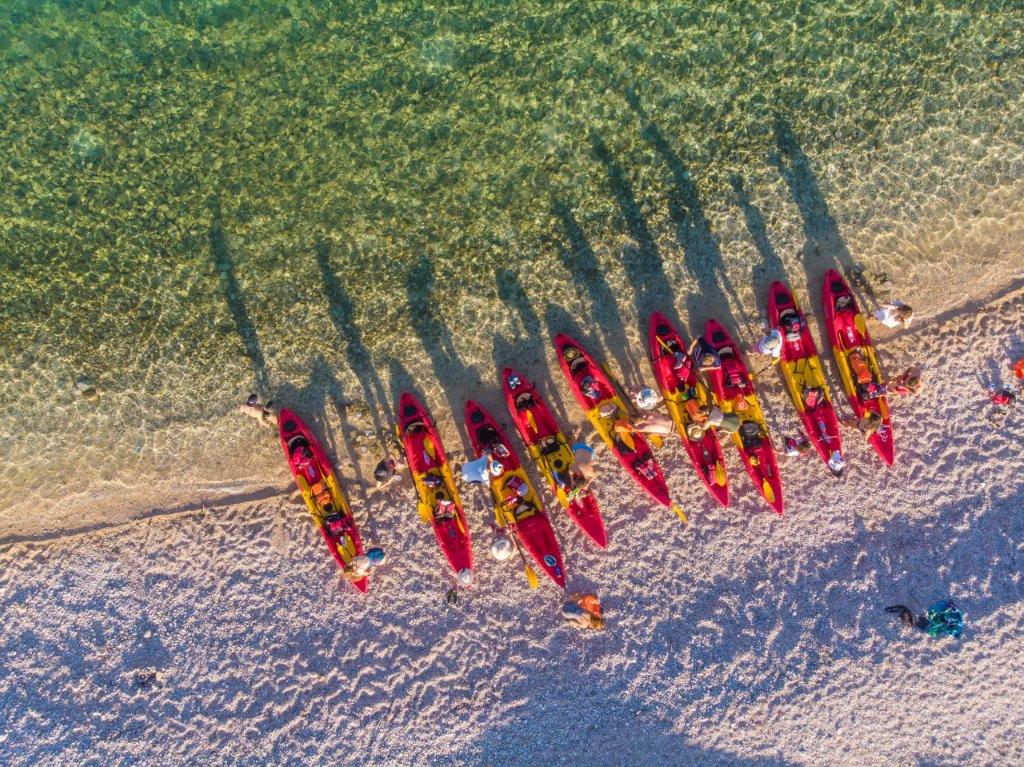
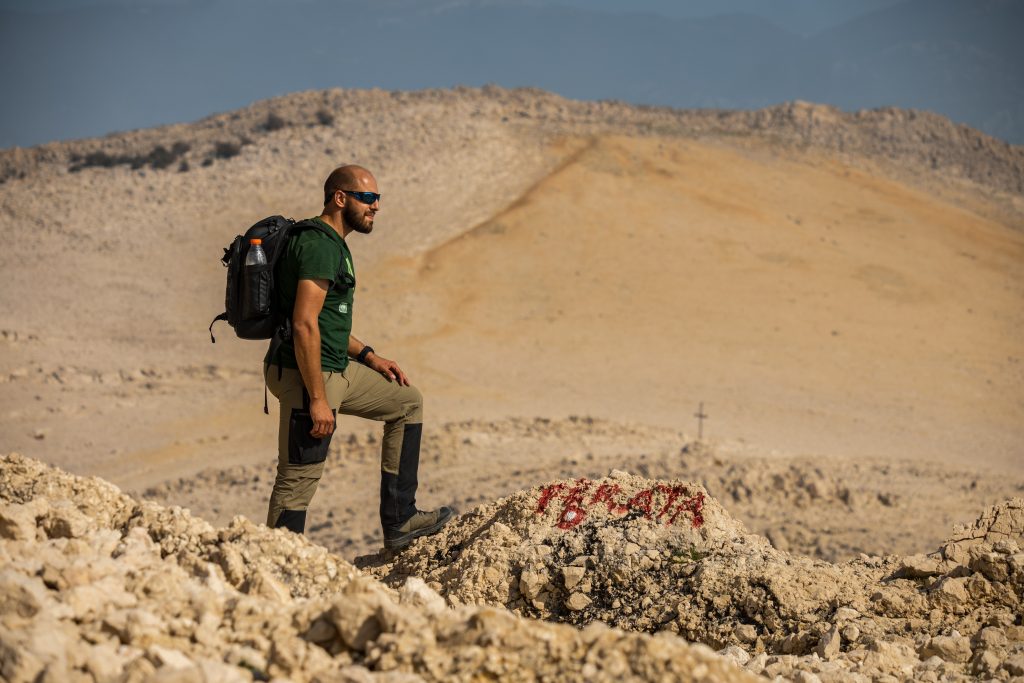
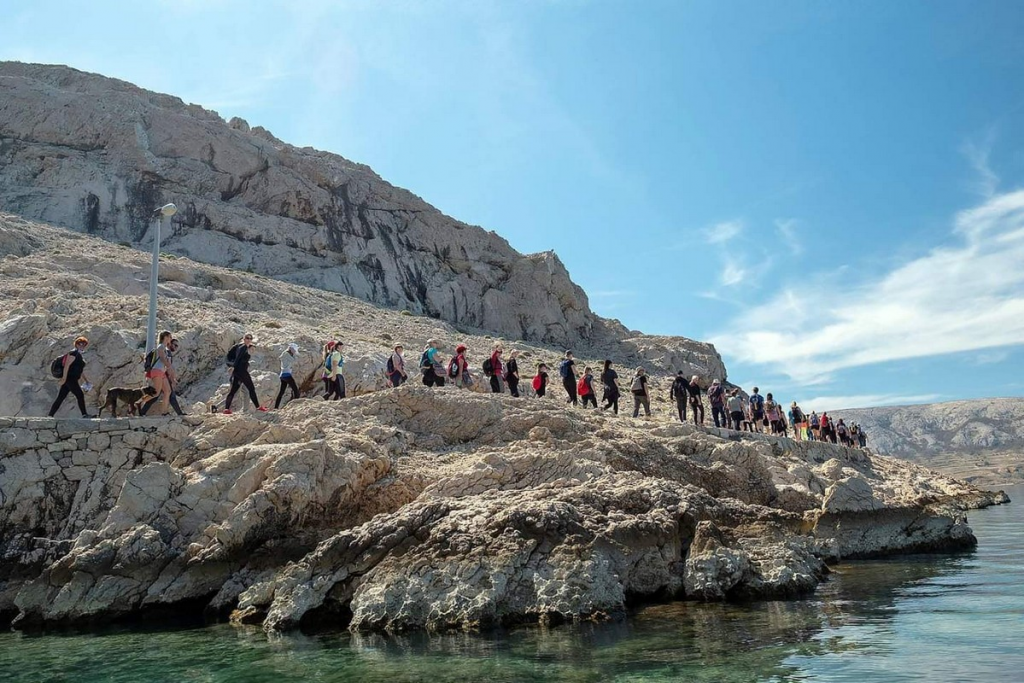
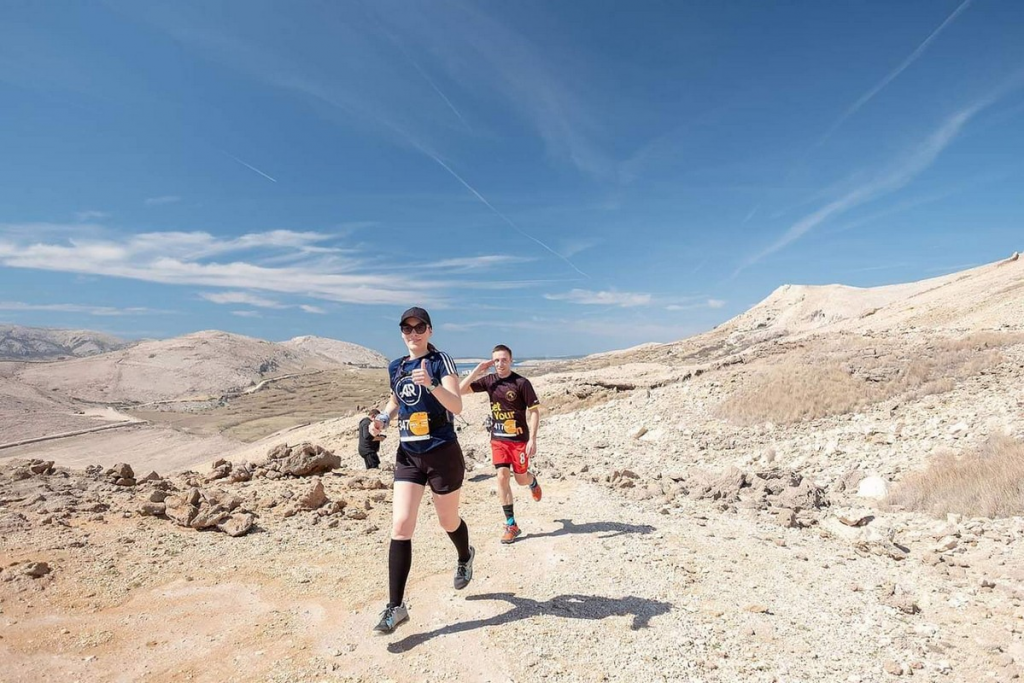
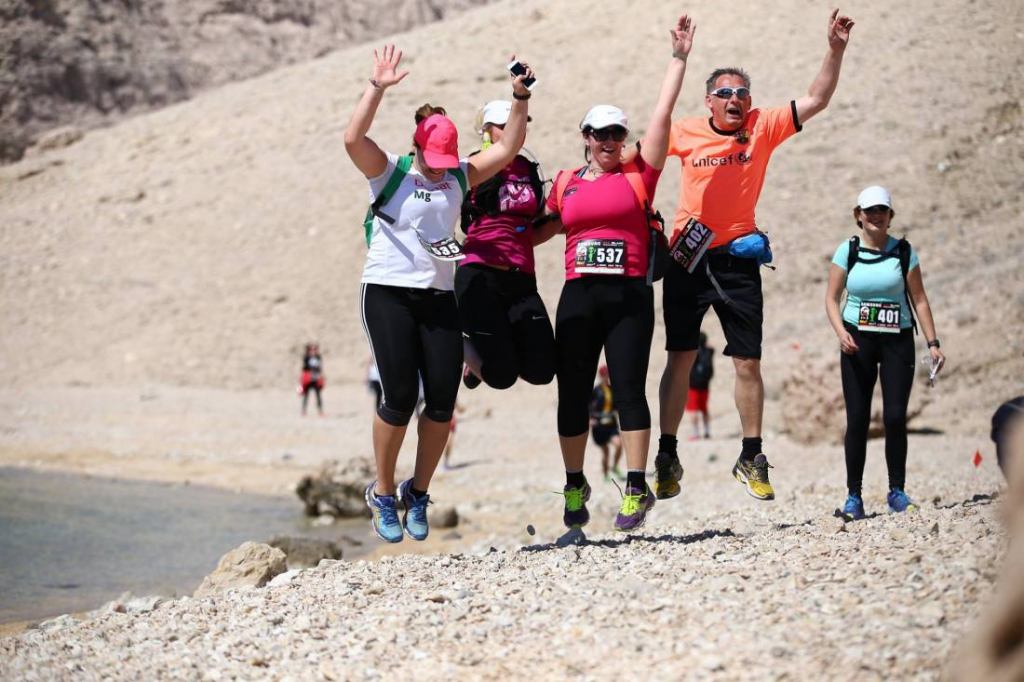

SAY CHEESE AND RUN!
The outdoor Island Pag Trail Race is the perfect place to mingle with other enthusiasts and conquer some exciting trails. The race is held every year in April, and the many participants have the privilege of discovering all the diversity and beauty of Kolan along several tracks. The trails are not too difficult, they are very interesting because they pass through Kolanjsko polje (the Kolan plain), the Kolanjsko blato ornithological reserve, all the way to Sveti Vid, the
highest point on the entire island of Pag. It offers an unforgettable view of all sides of the island, the imposing Velebit mountain range across the channel, as well as the islands of Maun, Silba and Lošinj. The Island Pag Trail guarantees a unique and unforgettable experience to all of its visitors who can enjoy engaging in sporting activities and delicious local cuisine, as well as beautiful natural sights and countless top quality food products from Kolan and the
rest of the island of Pag.
If you prefer being out in nature, being constantly on the move, if you enjoy progressing with dynamic and exciting adventures and competitions, and if you’re always looking for new things to try - come and visit the Island Pag Trail race in Kolan on the island of Pag.
Say cheese and run!
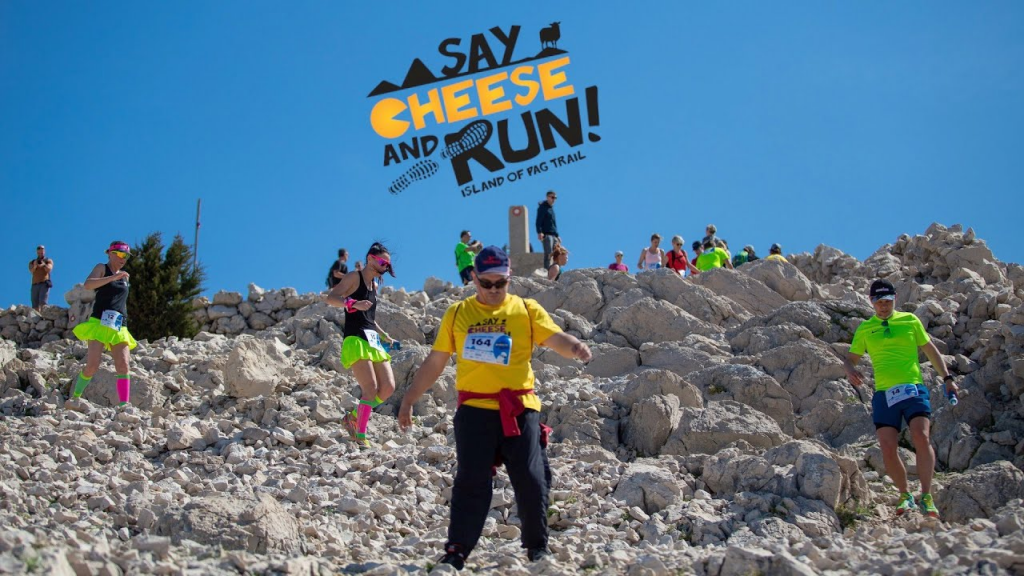
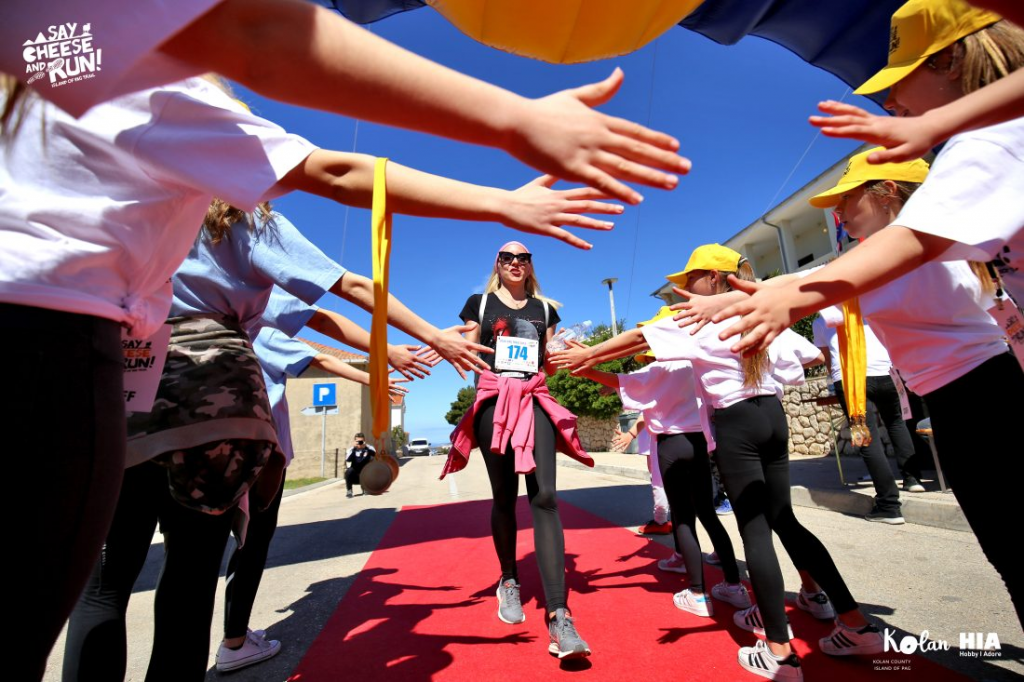

THE OTHER SIDE OF THE MOON TRAIL - PAG
The Other Side of the Moon is an area where three paths made of stoney magic are intertwined, with beautiful views of the mythical Croatian Velebit mountain, the gorgeous, azure blue sea, rugged rocks and the deep blue sky! Each of these paths has its very own
story, a number of interesting notes from Pag’s rich history and special views made of stone that only nature could shape. If you take any of these trails, enjoyment and relaxation are guaranteed because the paths pass Ledeniko, the most beautiful and interesting geological-paleontological part of the island of Pag, and entirely unique in the entire Mediterranean region.
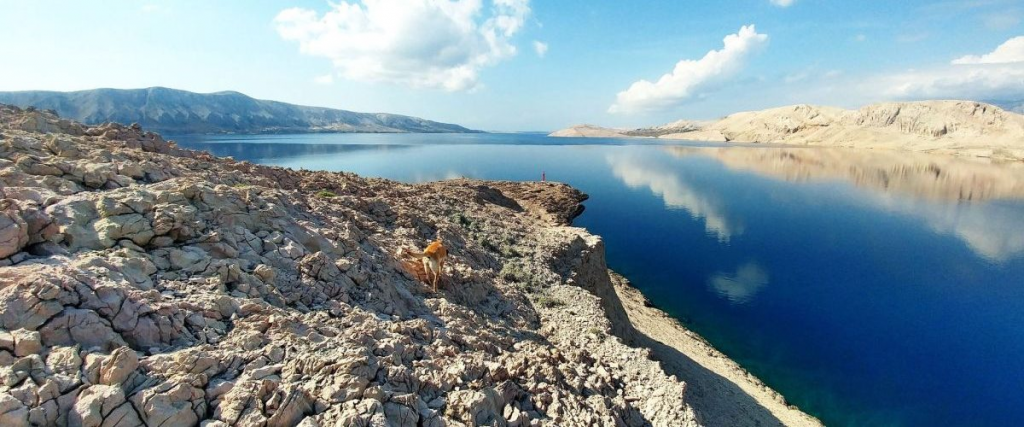
If you like hearing historical stories, you will definitely be able to satisfy your curiosity
here, because when taking this trail, you will reach Veles’s closed cave, named after the god from Old Slavic mythology who leads his eternal cyclical battle with the god Perun. Given that Veles was depicted in the form of a snake or a dragon in Old Slavic mythology, when visiting this place, don’t bother to try to open this cave with some magic words.
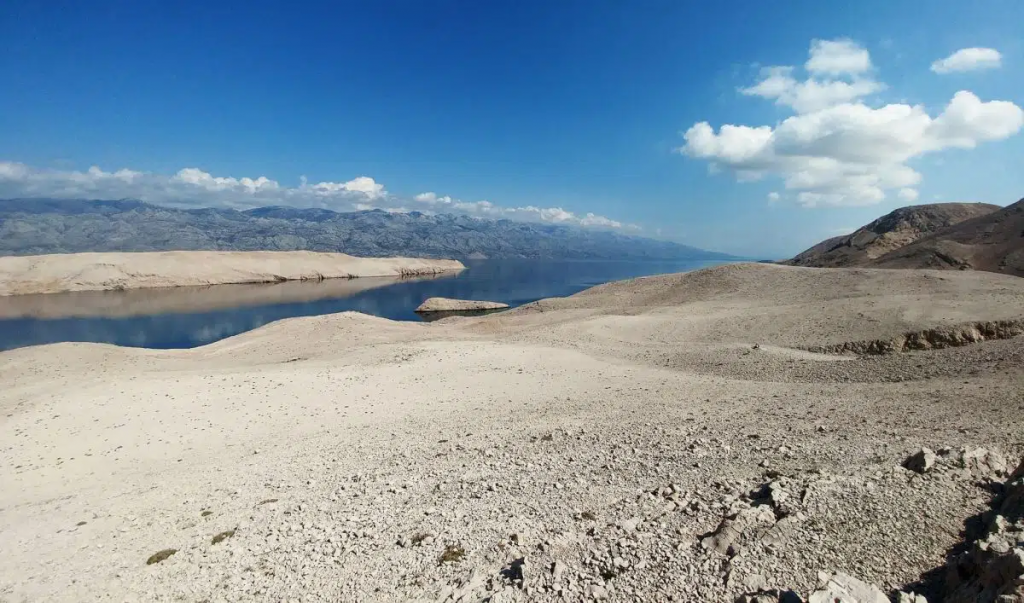
This path, which is short, easy to walk along and accessible to all ages even in the warmer part of the year, can be used for a nice all-day family trip with swimming in the beautiful Zaton bay, and on the path itself you will come across two viewpoints which boast some utterly
beautiful views.
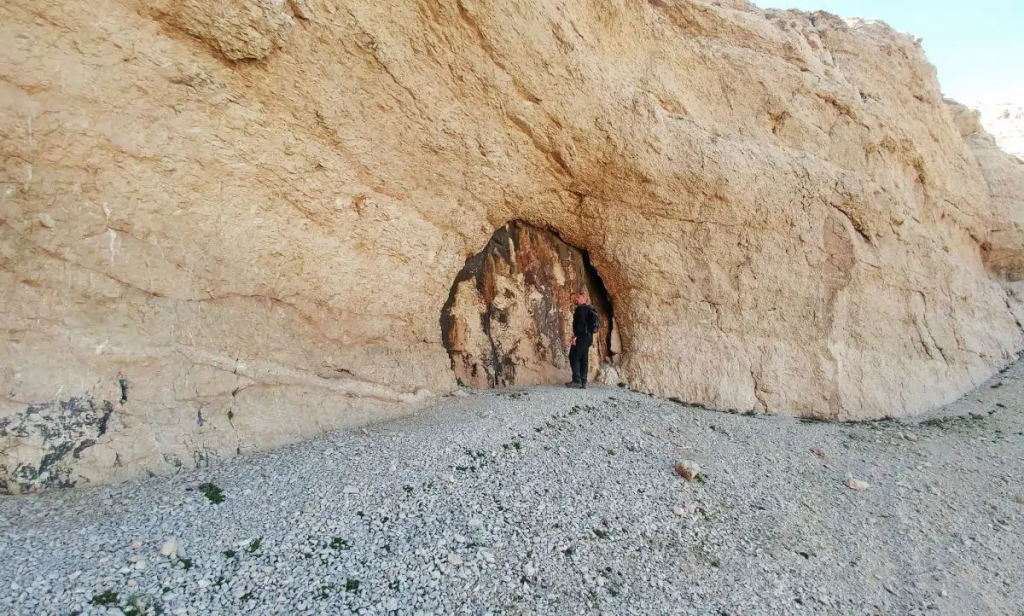
THE PANOSA TRAIL
This trail starts at Trg Ban Jelačića (Ban Jelačić Square) in the very centre of town and is very suitable for trail walking, Nordic walking or just plain old walking.
It starts next to the parish church of St. George (Sveti Juraj), through the wells - which in the past provided much needed water for the grazing cattle, and later became the water supply - walking along the asphalt road we reach the location of Obatnica, a place right down by the sea, where there used to be an ancient villa, which was later transformed into a monastery. After a short climb, we’ll reach the lookout point, which offers a view of the stunning surrounding islands.
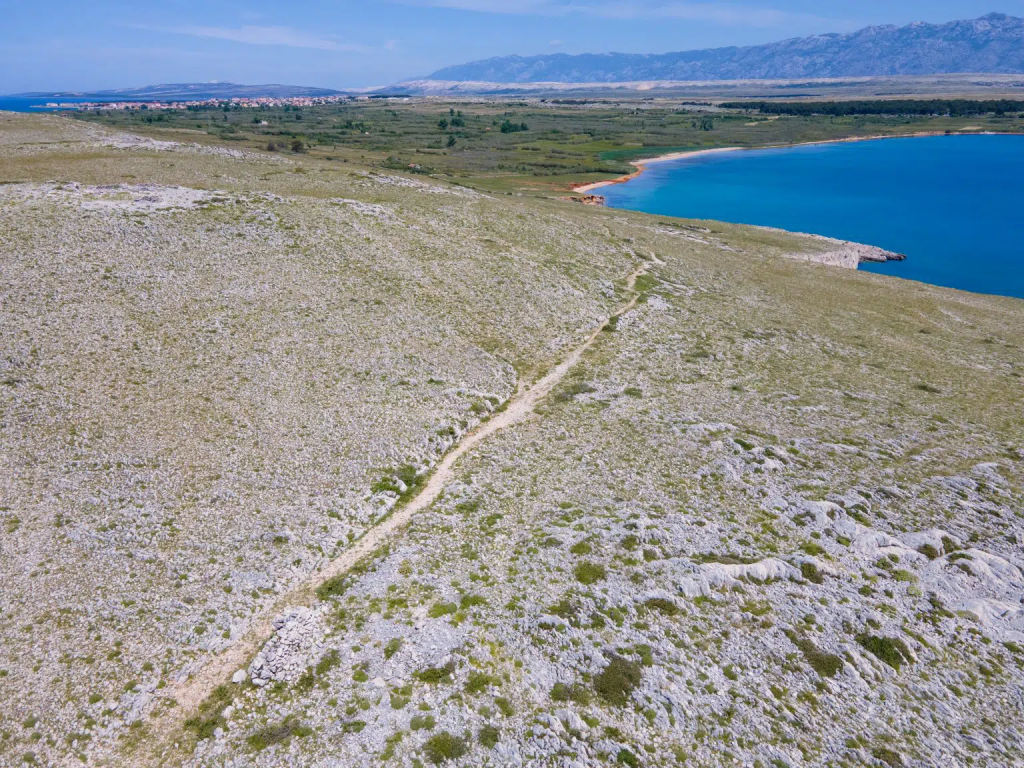
The path then continues and turns towards the north and to Velebit. It further descends towards the bay and the sandy beach in Stara Povljana. Through Povljansko polje, we reach the church of St. Martin, which was constructed way back during the fourteenth century, and Stara Povljana, where there was once an old settlement during the Middle Ages. At the very end of the trail, a spectacular scene awaits us - a strange but beautiful moon-like landscape, located in the area of the macadam path which connects
Povljana and the nearby fishing village of Smokvica, and stretches out into the beyond, as far as the eye can see.
www.pag-outdoor.com/trail/trail-81/


CLIMBING EXPERIENCES
Even the most “down-to-earth” people will want to shake off those proverbial shackles every once in a while, and they can easily do so by climbing the unreal rocks of Pag, in rugged landscapes shaped by harsh storms. For lovers of this type of recreation - climbing -
Croatia is already profiled as an extremely attractive destination, and the island of Pag is one of the most popular of all. On Beritnica beach, nature has arranged three large rocks in the shallows of the sea - this natural installation is an unforgettable sight and by far one of the most popular not only for climbing, but also for filming and taking pictures.
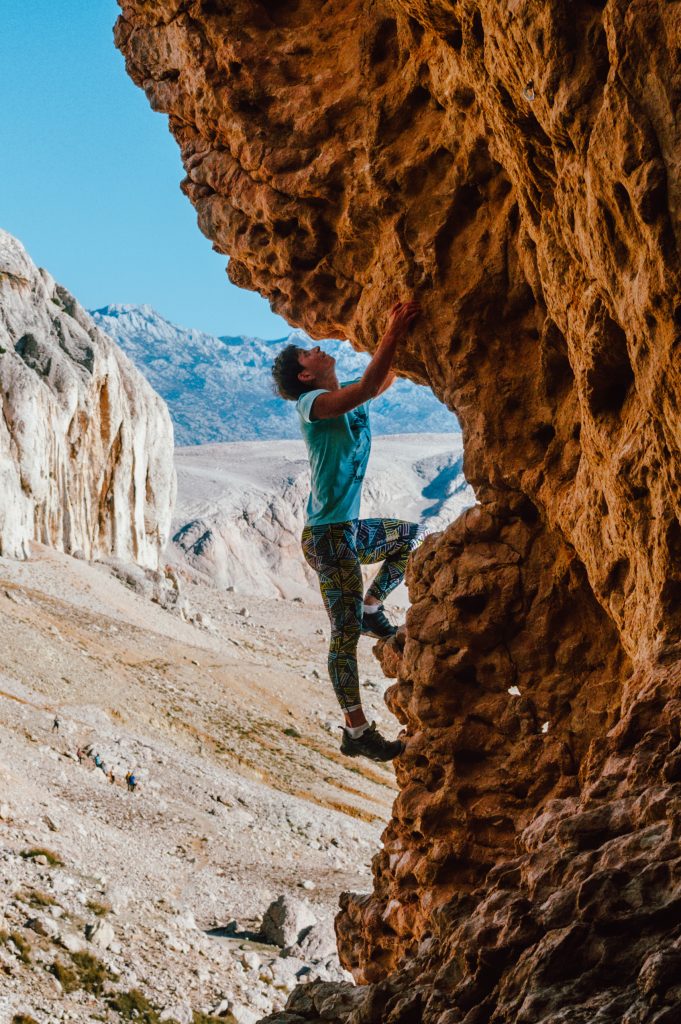
The spectacular Stogaj rock rises imposingly above the beach as if someone designed it precisely to beckon you to climb to the top. It’s no wonder that this is a favourite destination for climbers.
Stogaj offers almost seventy clearly marked routes over four parts for athletes and recreationists of all abilities. It is also suitable for beginners who can try their hand at an easy, shorter climb at a height of ten metres, and for those who are experienced climbers, it has the Scorpion and Spyder tours. Swimming in the crystal-clear sea below after climbing is an essential item to tick off the list, and something like this is definitely not to be missed.
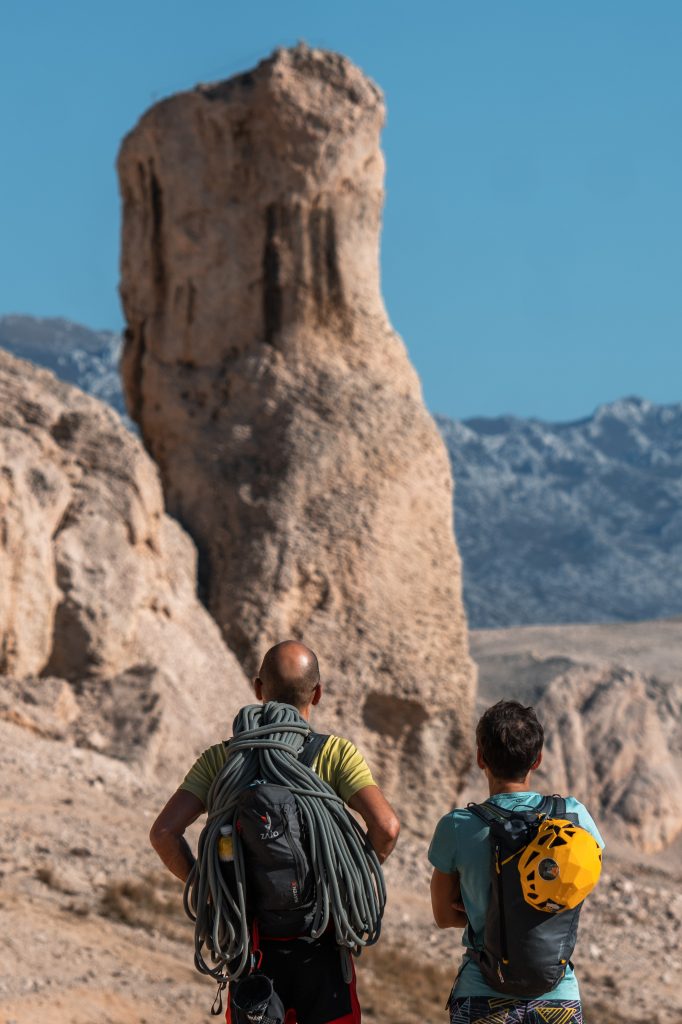
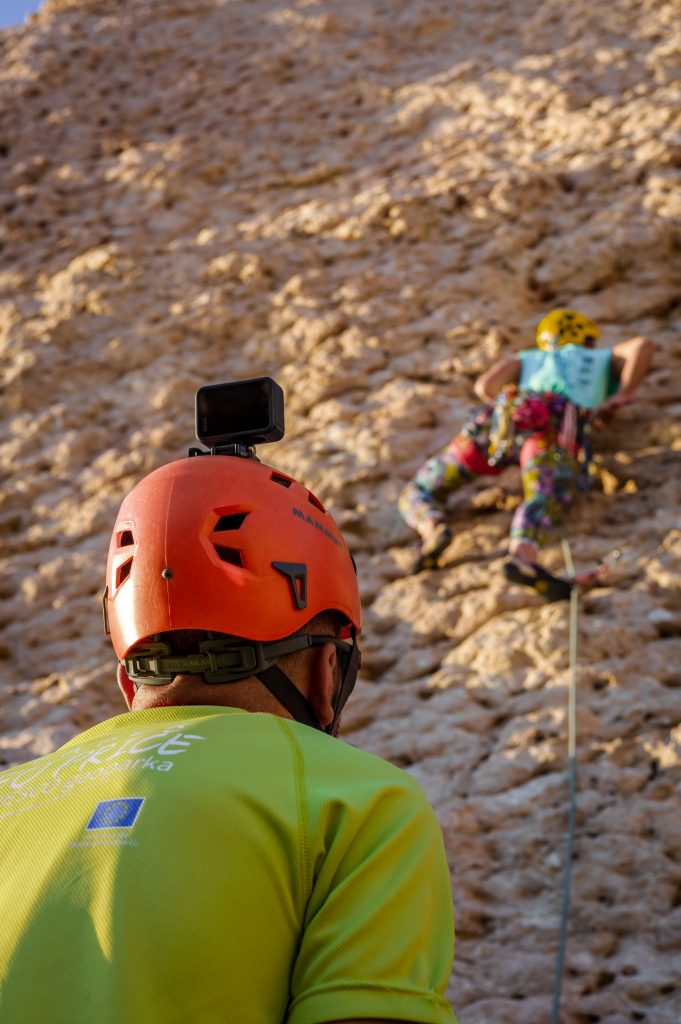
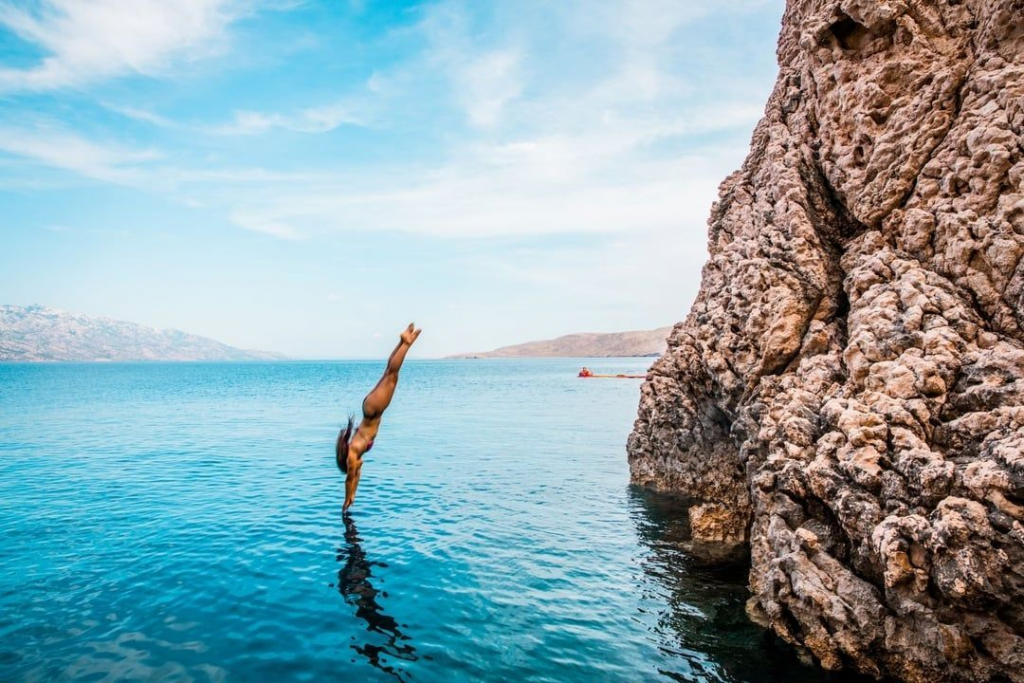
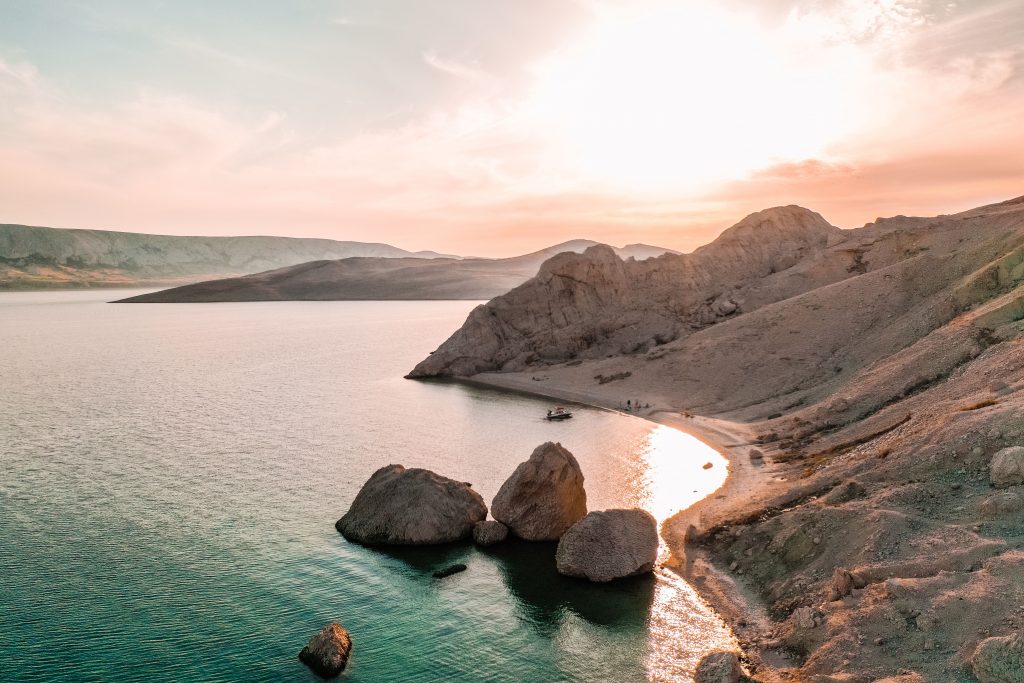
KAYAKING
Don’t miss another strong asset that the island of Pag boasts - kayaking! One of the more popular routes starts at Ručica beach, an inspiring setting for many film, music and fashion shoots, and moves towards the sandy cape of Sušac along the passage under the impressive rocks of Stogaj and Teplica.
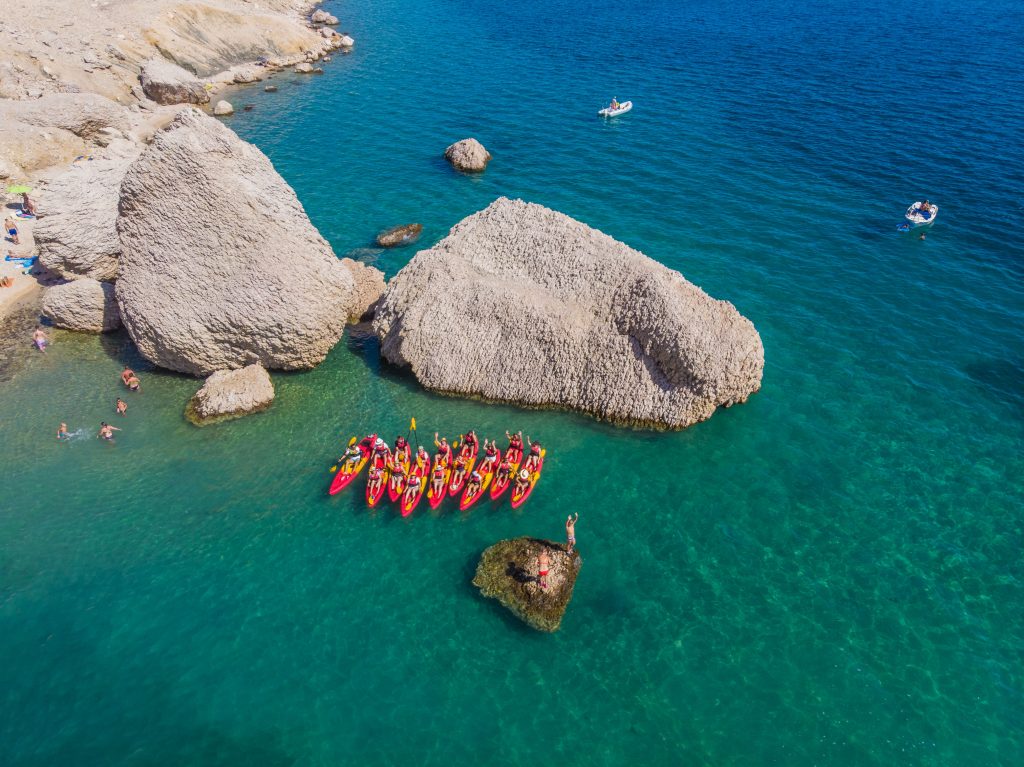
It then allows you to paddle past long and spacious sandy beaches which are strung together like pearls, with occasional rest stops for some swimming implied. In the surroundings of this strange white karst landscape combined with the crystal clear blue sea lapping against it, rowing towards the opposite side of the Pag bay becomes an unforgettable experience with, among other things, a spectacular view of the Velebit mountain and what’s known as Paška vrata (the Pag Gate) the mysterious Gača cave and beaches the likes of which exist nowhere else on the planet.

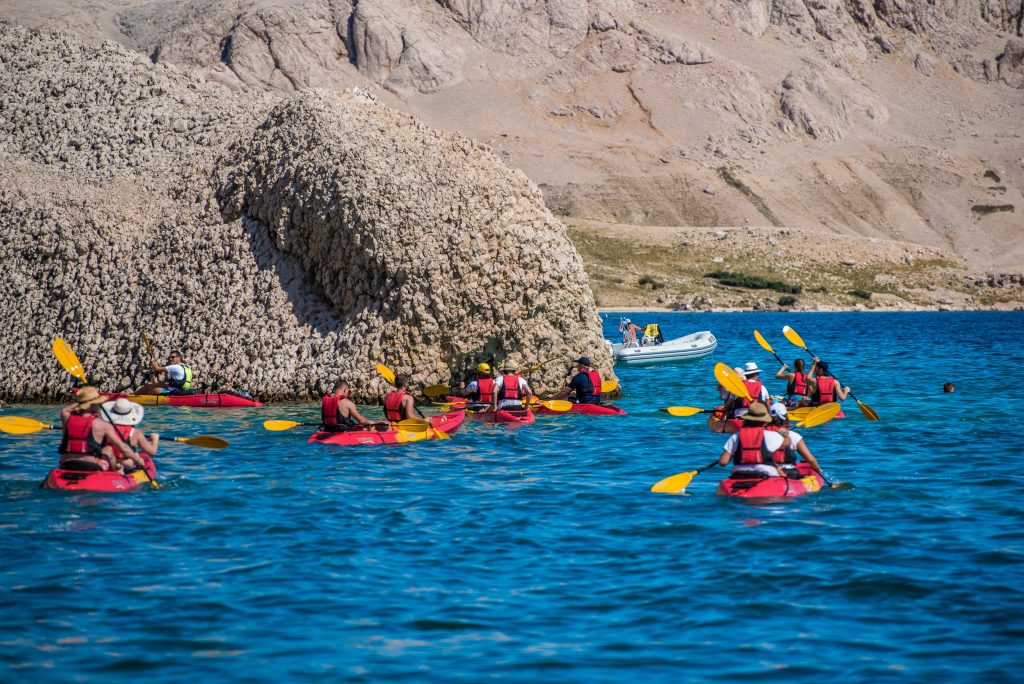

CYCLING
Cycling, as one of the most popular activities, has been at “home” on the island of Pag for a very long time now. Today, there are more and more tourists who come to cycle. They aren’t only ecologically conscious people, but also consumers whose main motive for coming to a destination such as Pag is the diverse landscape and well-maintained biking trails. There is no fear when it comes to Pag, as there’s an offer for all types of cycling tourists!
This peculiar island which boasts endless cosmic beauty has a whole series of beautifully arranged trails for different profiles of passionate “pedalists”: from beginners to intermediate cyclists, up to true adventurers seated on two manually controlled wheels.

For example, the Path of St. Anthony in Novaljsko polje (the Novalja plain), as well as the which has the same name, is suitable for beginners and lovers of a lighter riding style. The Put Girenica and Povljanska blata routes are also right up that same alley. All instructions on the routes, mileage and ascents are available on the pag.outdoor website, and the same applies to the medium-demanding trail - The embrace of the stone and wind.
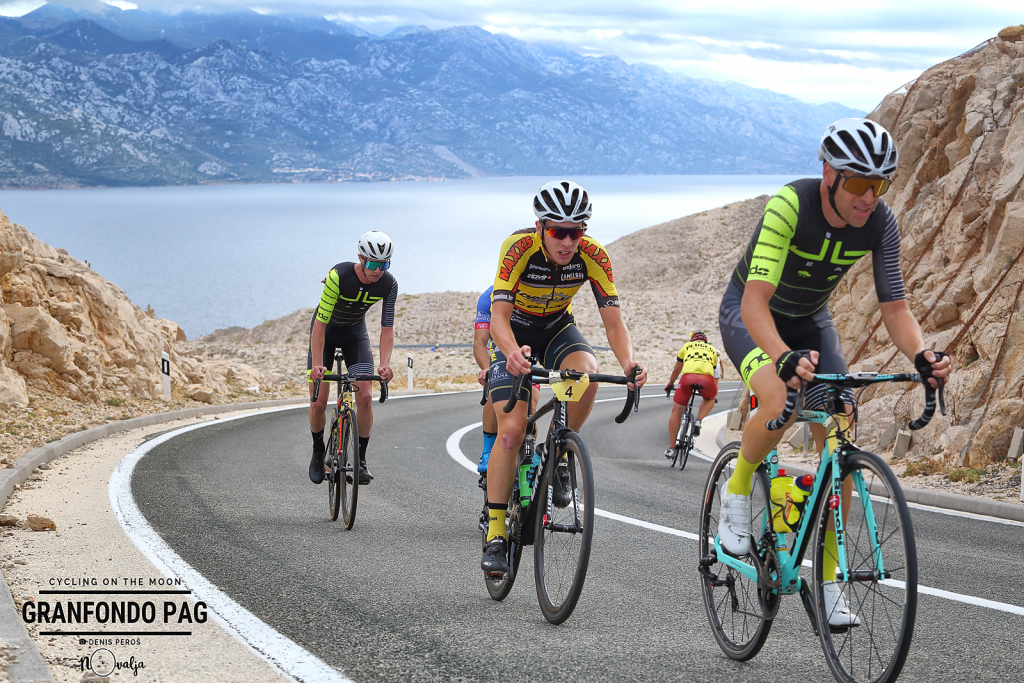
GRANFONDO PAG – Cycling on the Moon”
www.granfondopag.com
In short – what marathons are for runners, and what ironman is for triathletes, Granfondo is for cyclists. Competitors in the leading group are all peddling away, fighting for victory, those in the middle are attempting to achieve their best possible personal time, and the cyclists at the back are there primarily for overcoming the challenge of finishing such a demanding race (sometimes also to avoid the “cut off time”). Rather than racing against the other cyclists, the
Granfondo is a battle with oneself, and the length of the course successfully completed (about 100 kilometres!) is the greatest reward of all.
Reserve the date of October the 14th, 2023, for the fourth International Cycling Marathon “Granfondo Pag - Cycling on the Moon (85 kilometres), and the recreational race “Mini Granfondo” (35 kilometres) and ride through the unreal, lunar landscape of the island of Pag.



Photo: Pag Outdoor
The magic of a perfect holiday spent in the town of knights
The nature in and around Sinj and the entire Cetina region has always effortlessly provided perfect backdrops ideal for various types of active holidays and outdoor activities. The clear and swift waters of the gorgeous Cetina River lap gently against the vast and fertile Sinj plain, and the karst queen mountains of Svilaja, Dinara and Kamešnica all protect their kingdom with their stone springs..
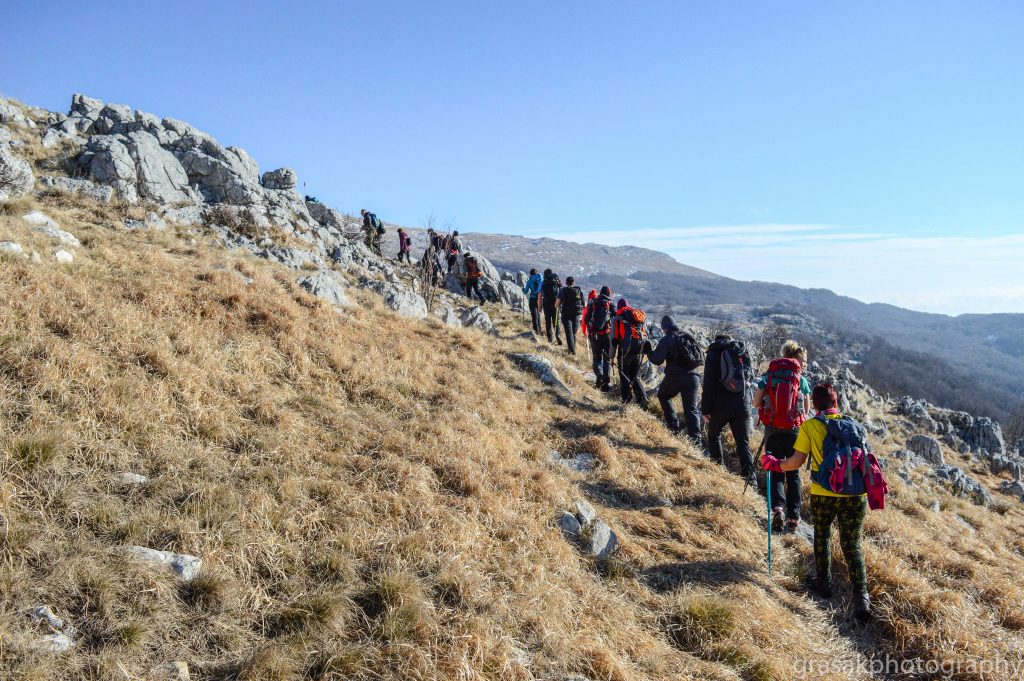
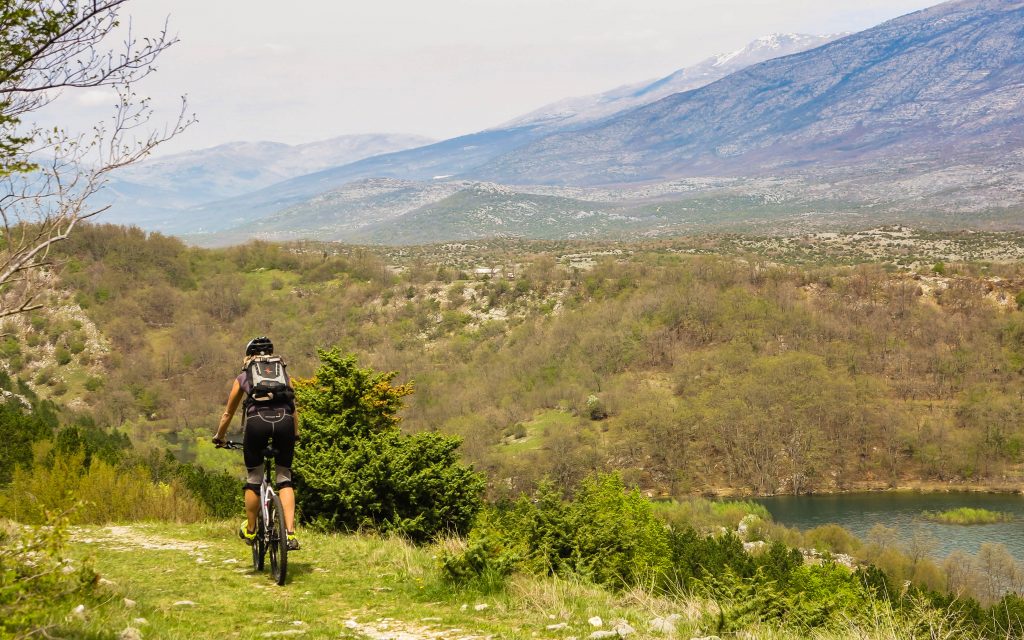
The long tradition of Sinj mountaineering is the best guarantee of an unrepeatable experience filled with conquering magnificent peaks and taking in some utterly spectacular views. Get out of your comfort zone and take a deep breath, filling your lungs with the perfectly clean mountain air, feel alive behind the wheel of a quad vehicle, or design your very own cinematic jeep safari adventure
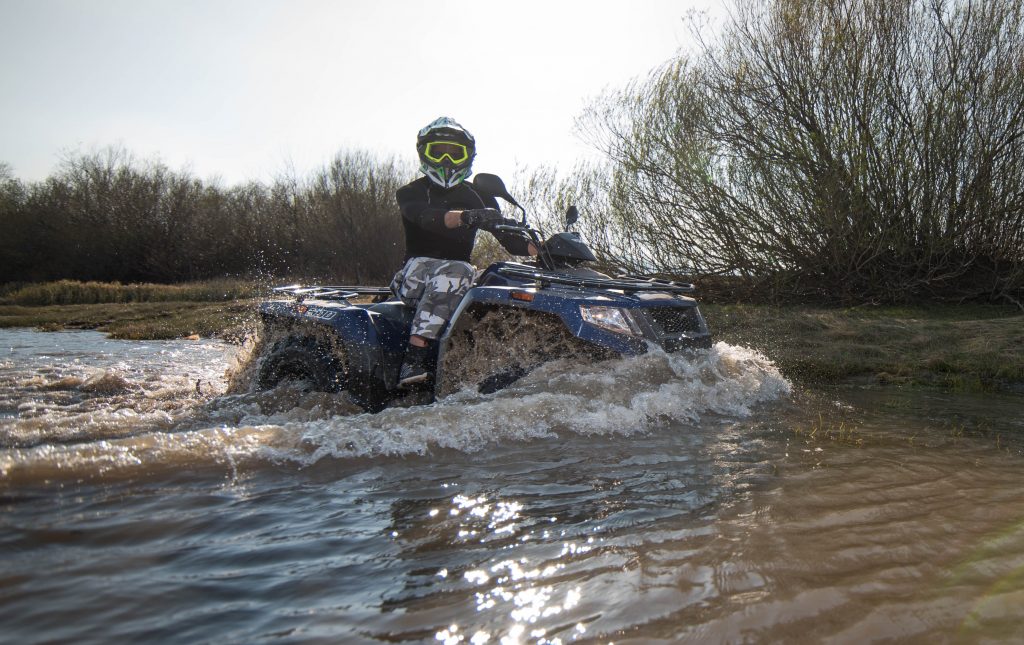

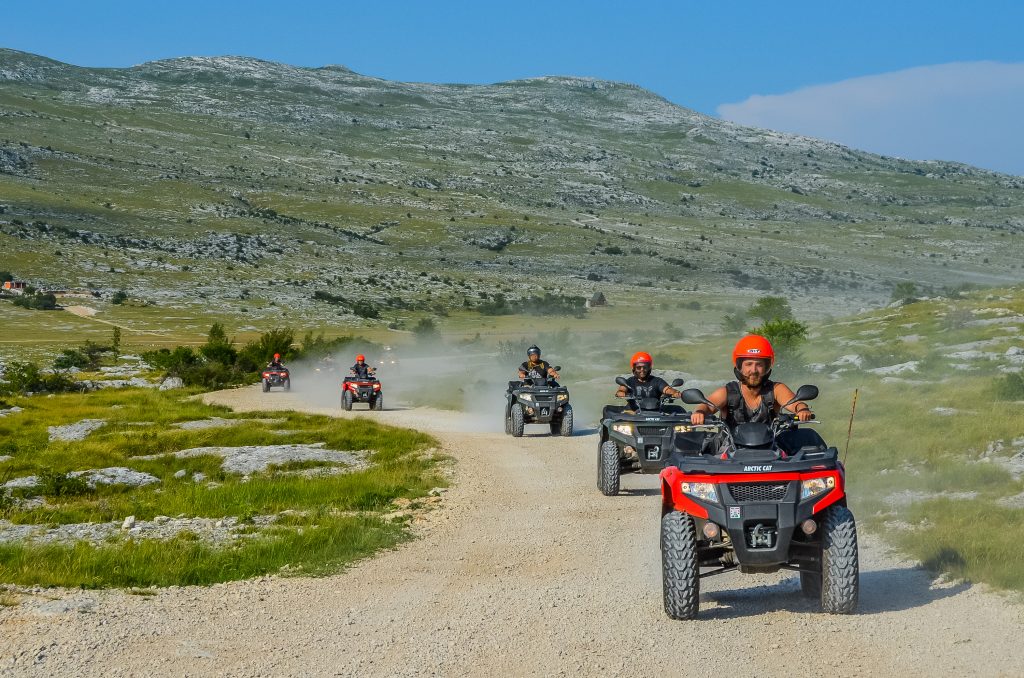
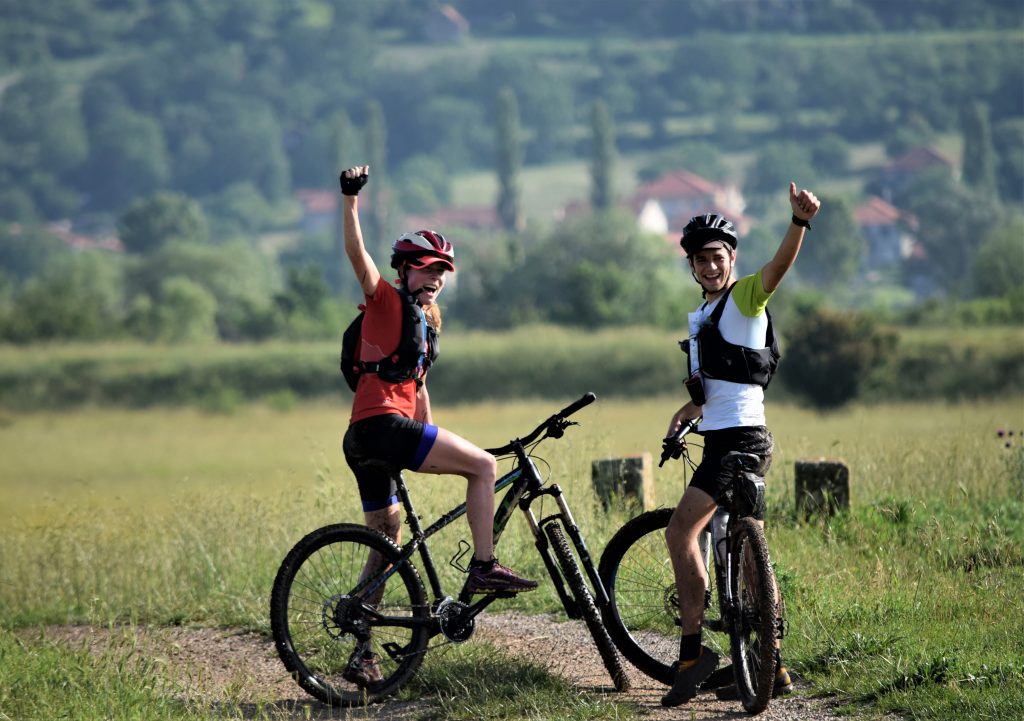
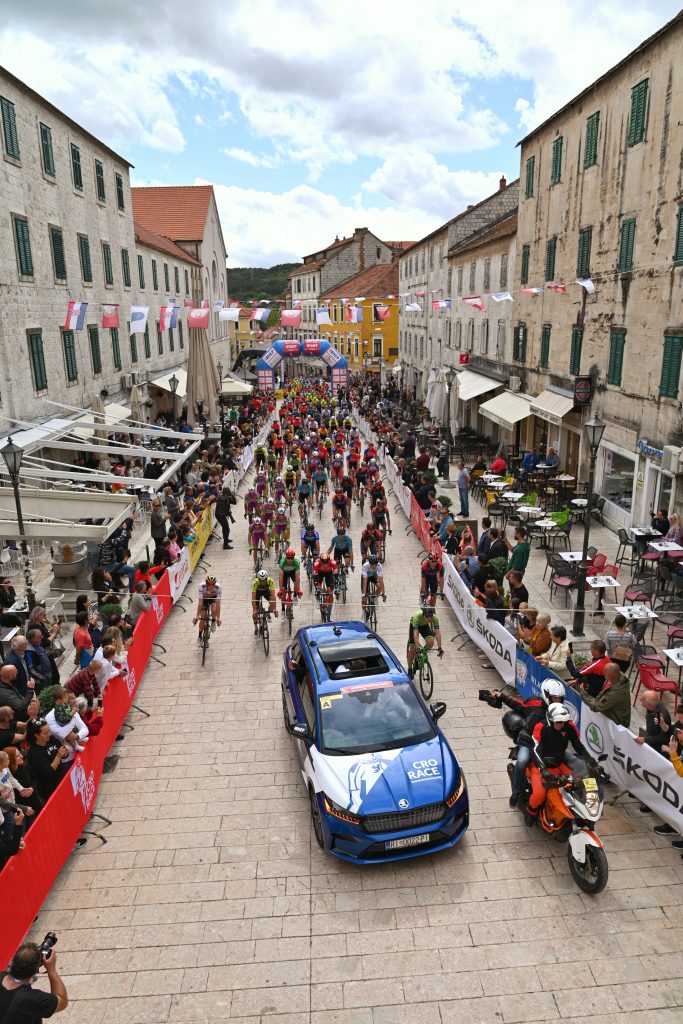
Numerous agencies with ideally designed arrangements will take care of the original experience of the "tamed wilderness" of the stunning Cetina region. Well-maintained bicycle paths will also take you along some ancient roads which have been touched with periods of rich yet very turbulent history. Recently, Sinj has also been the proud host of one stage of the exciting international Cro Race cycling race.
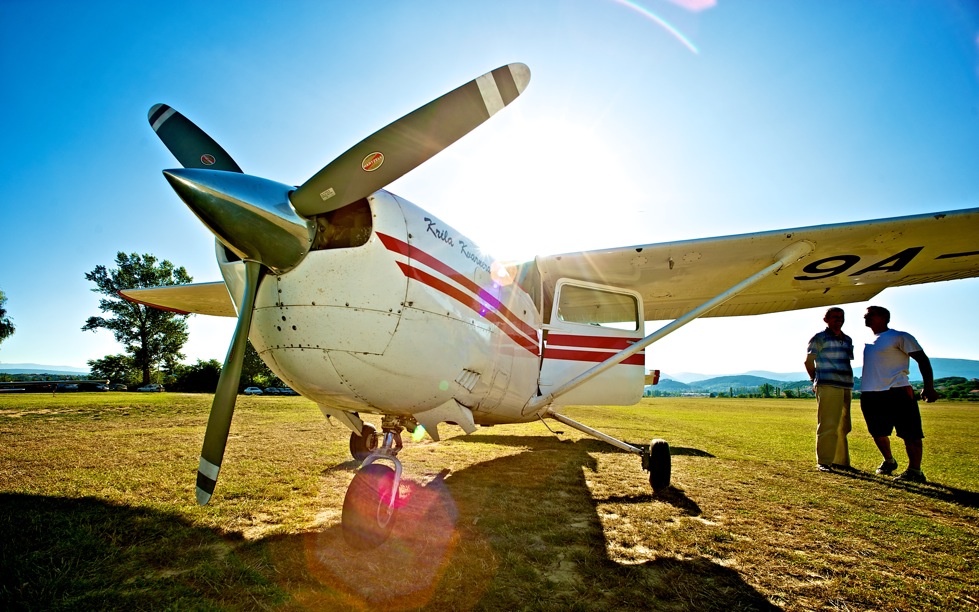

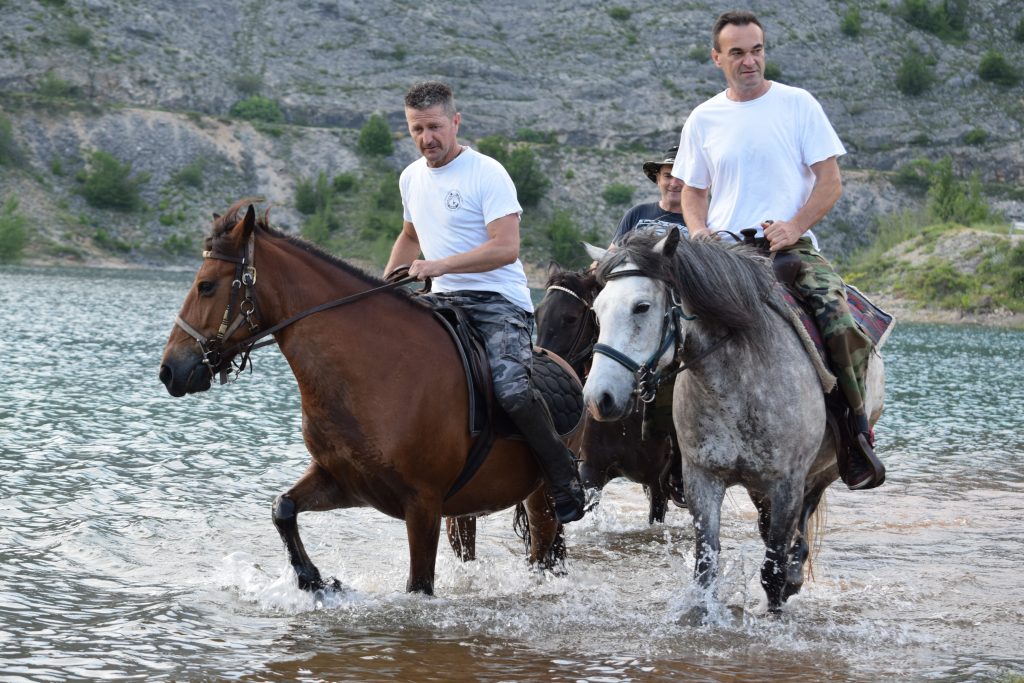
Closely associated with horse breeding and equestrian sports since way back in ancient times, Sinj also offers a newly built and superbly equipped riding hall and a great opportunity for visitors to come and ride. Safely seated on the saddle of a noble creature, at a light trot accompanied by the soothing patter of hooves, there couldn’t be a better way to explore the network of riding trails the Sinj area provides. A visit to the Sinj Hippodrome, the second largest in all of Croatia, and the impressive Alkar stud is certainly a unique experience for all.
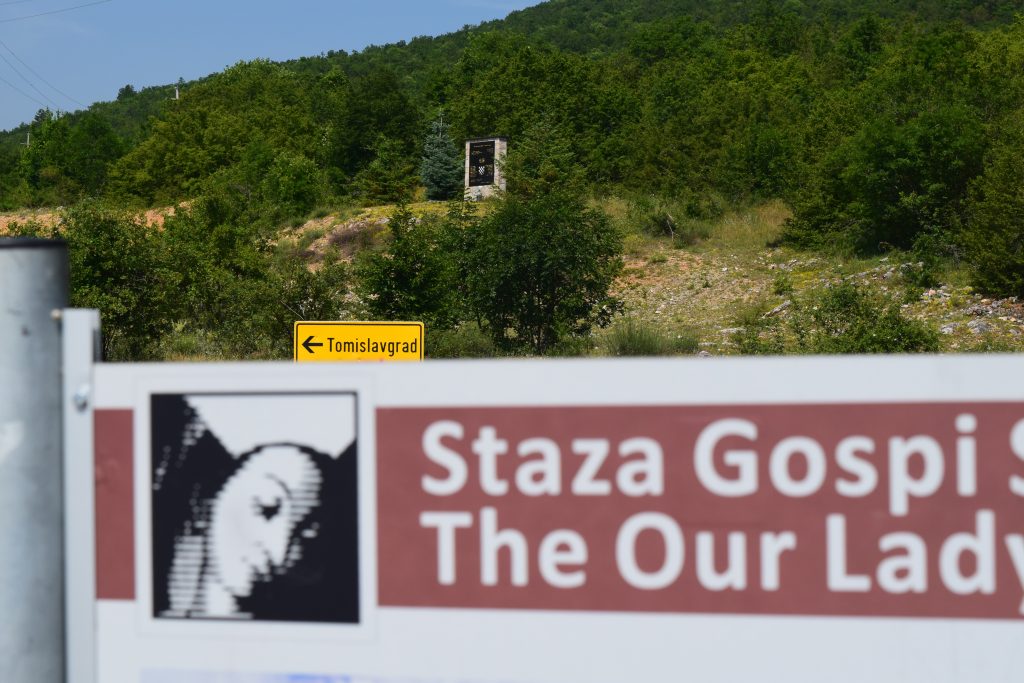
For all those who prefer to rely on themselves and discover things as they come by simply taking a walk - have no fear - whichever direction you head in, new panoramas and gorgeous picturesque corners of the area unfold before your eyes as the most precious gifts.
You will find the inspiration of a spiritual pilgrimage if you decide to walk along the well known Path of Our Lady of Sinj, known as the wonderful "Croatian Camino", as well as along the path which takes you towards Sinj's Old Town, which boasts fourteen ‘’Stations of the Cross’’ and various astonishing works by great Croatian sculptors, all in an idyllic wooded location.
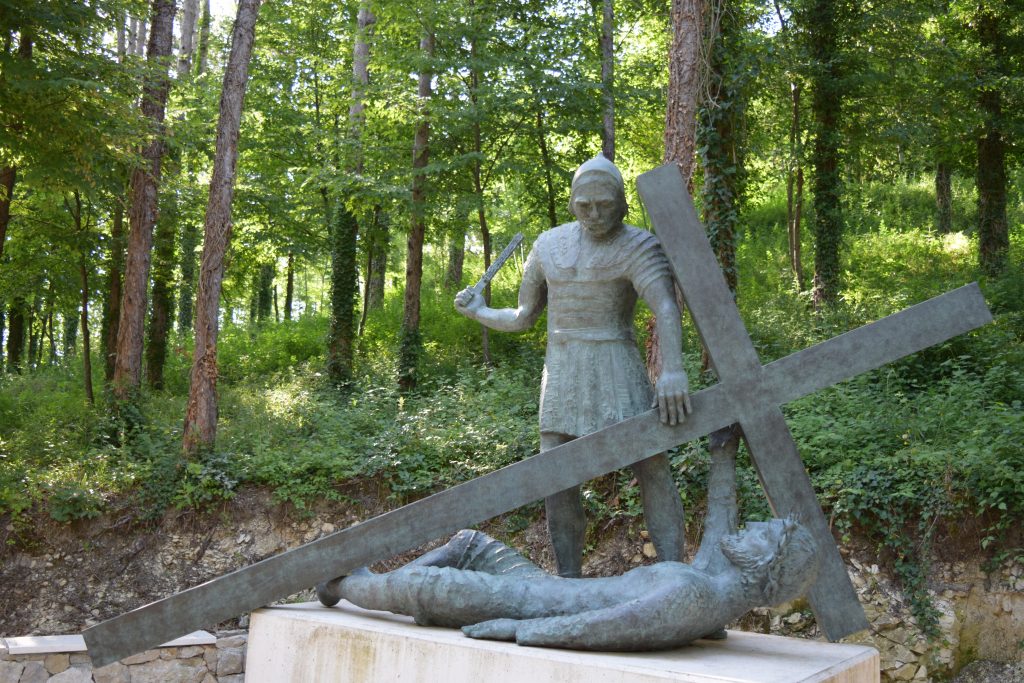
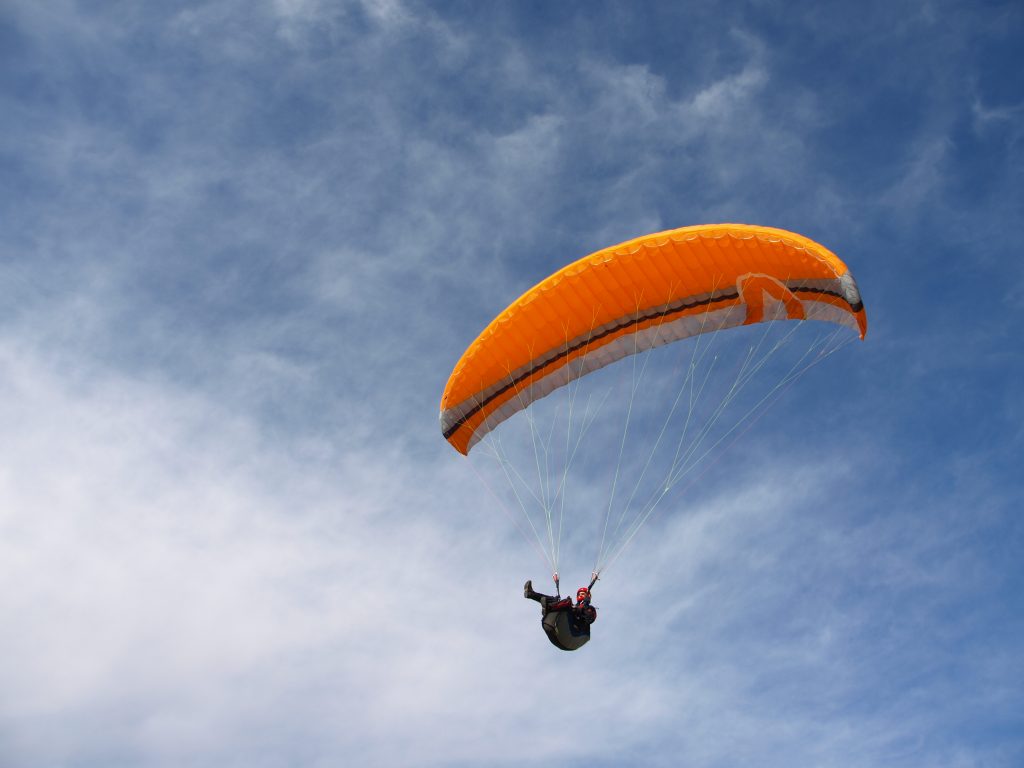
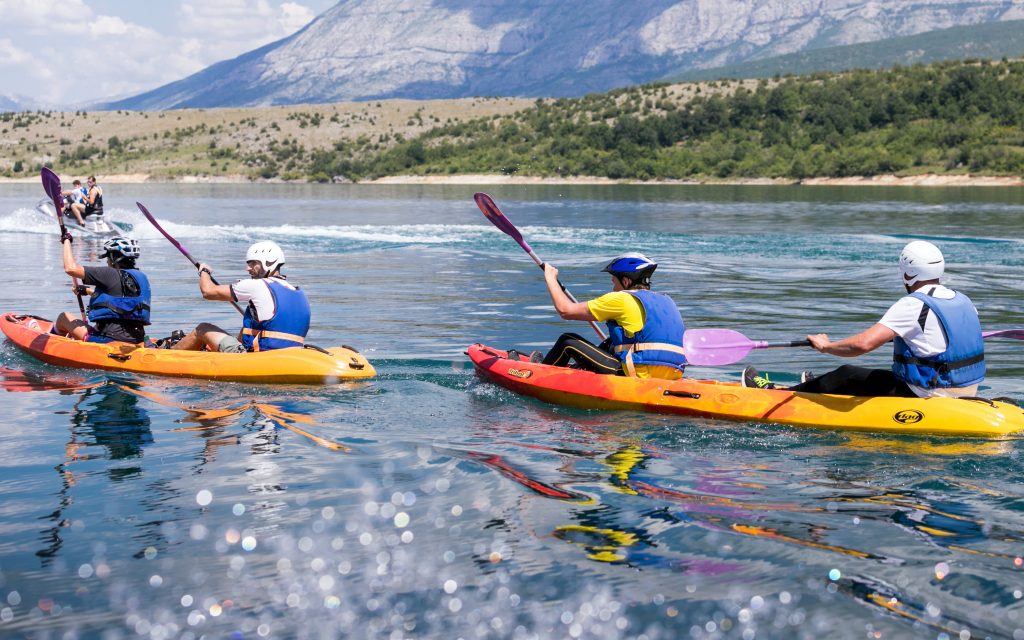
Adrenaline-seeking visitors can try their hands at canoeing through the rapids of the Cetina River, paragliding or even skydiving – Sinj even has a functional sports airport! Even certain larger cities might rightfully envy Sinj’s very well developed sports infrastructure: tennis courts, football and rugby stadiums, an athletics track, and believe it or not, a city swimming pool of Olympic dimensions which refreshes the people of Sinj and their guests during the hot summer months.
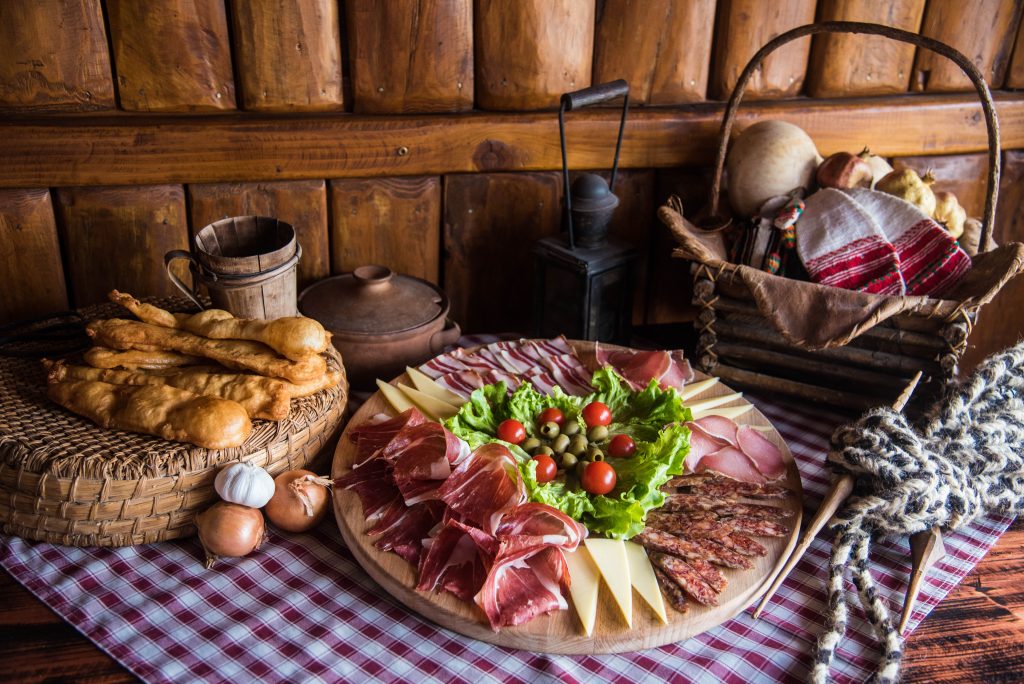
However, none of the buildings and activities would be worth what they are if it weren’t for the warm hospitality shown by Sinj’s residents and hosts - the people of Sinj are widely known as hosts who welcome people to their town with a full heart and a full table - they will open their doors to every traveller. The rich and unique gastronomy of this area is the result of centuries of contact, which hasn’t always been friendly, between East and West, the Mediterranean and the continent.

Sinj arambaši are a world-famous delicacy without which no celebration will be complete, homemade prosciutto whipped into its perfect shape and taste by the harsh bura winds, mišni cheese ( cheese made from sheep's milk which also then ages in sheepskin) accompanied by the enticing taste of fragrant herbs growing on nearby mountain pastures will overshadow all other foods... In Sinj, food is truly an art.
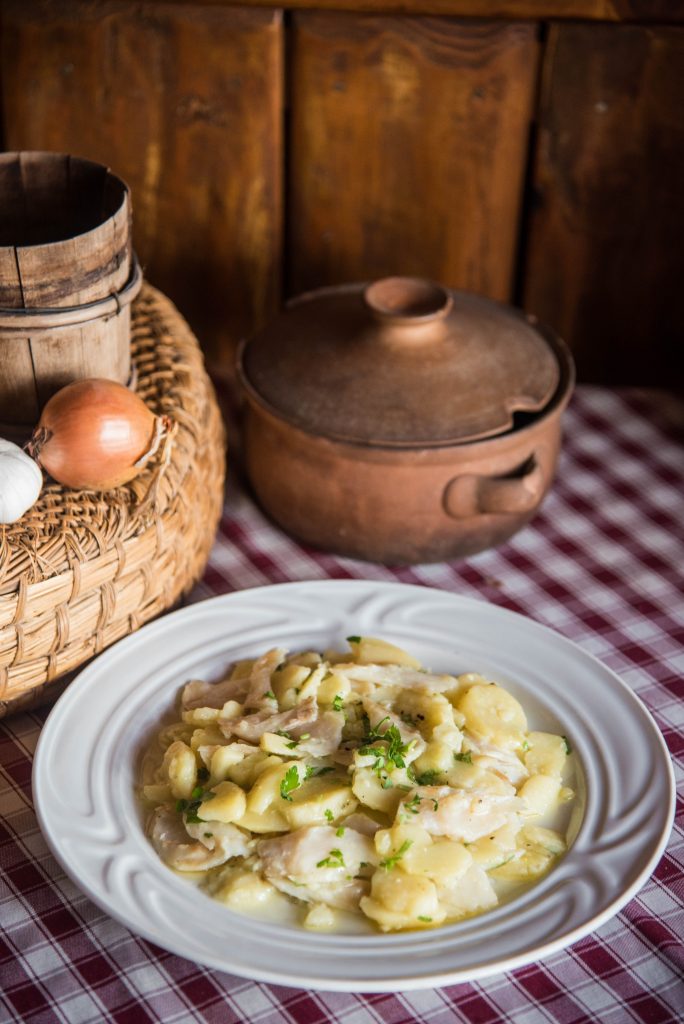
Always at the hub and crossroads of civilisations, Sinj, known as the town of knights, is situated under the remains of the Grad fortress, on which sits a small votive church built on the two hundredth anniversary of their arrival from Rama (which is now within the borders of Bosnia and Herzegovina). The fateful exodus of the people fleeing from the marauding Ottomans and their oppression forever marked the identity of this heroic town - the town of the Alka of Sinj and the Miraculous Lady of Sinj.
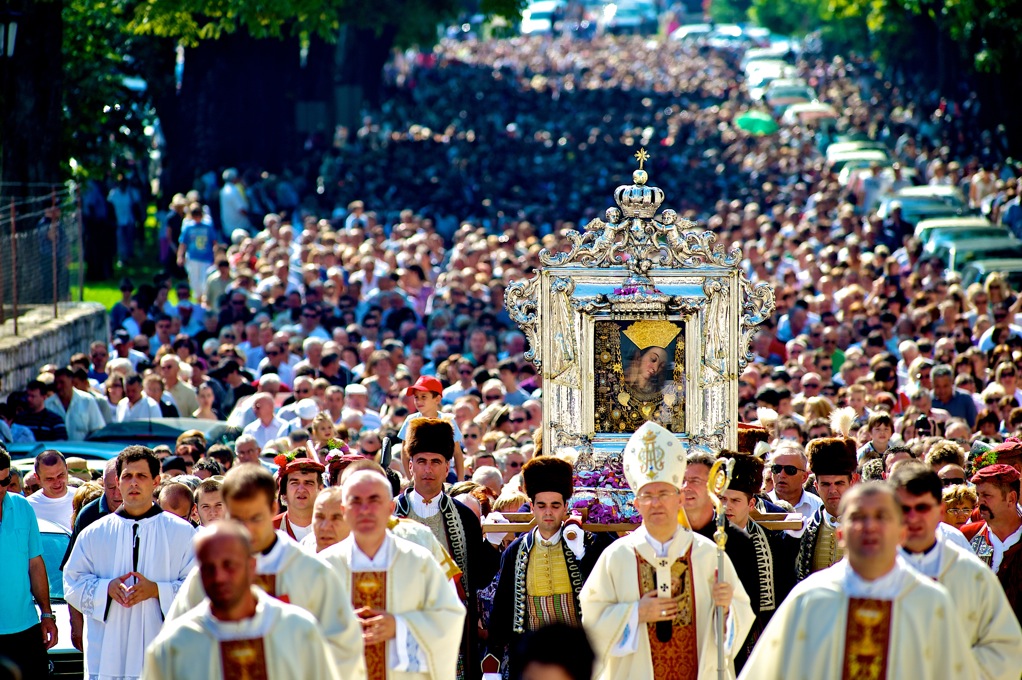
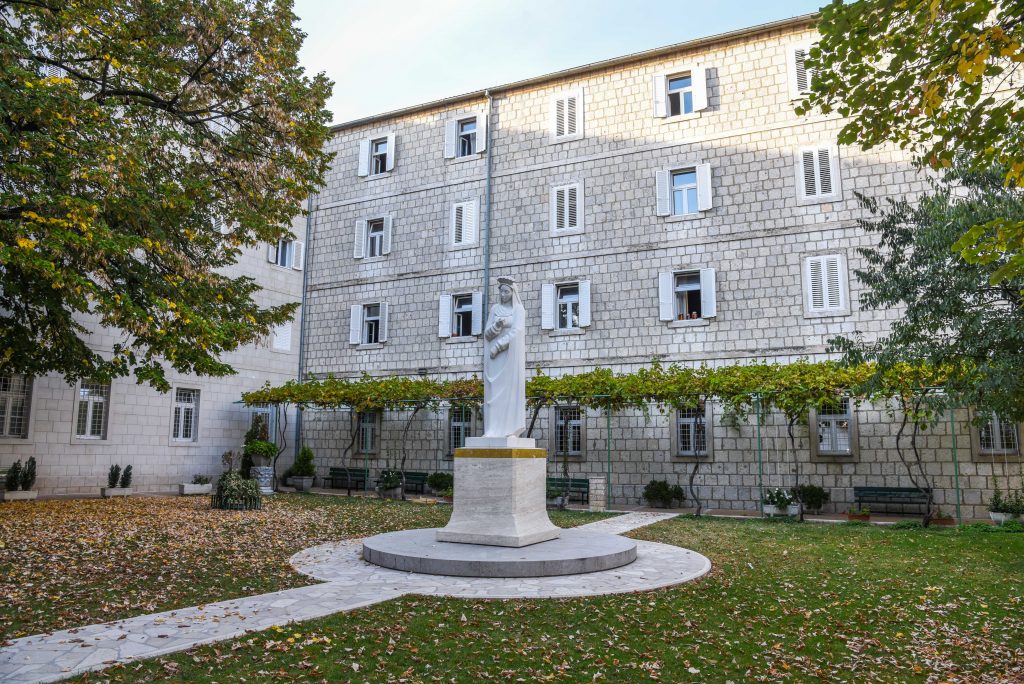
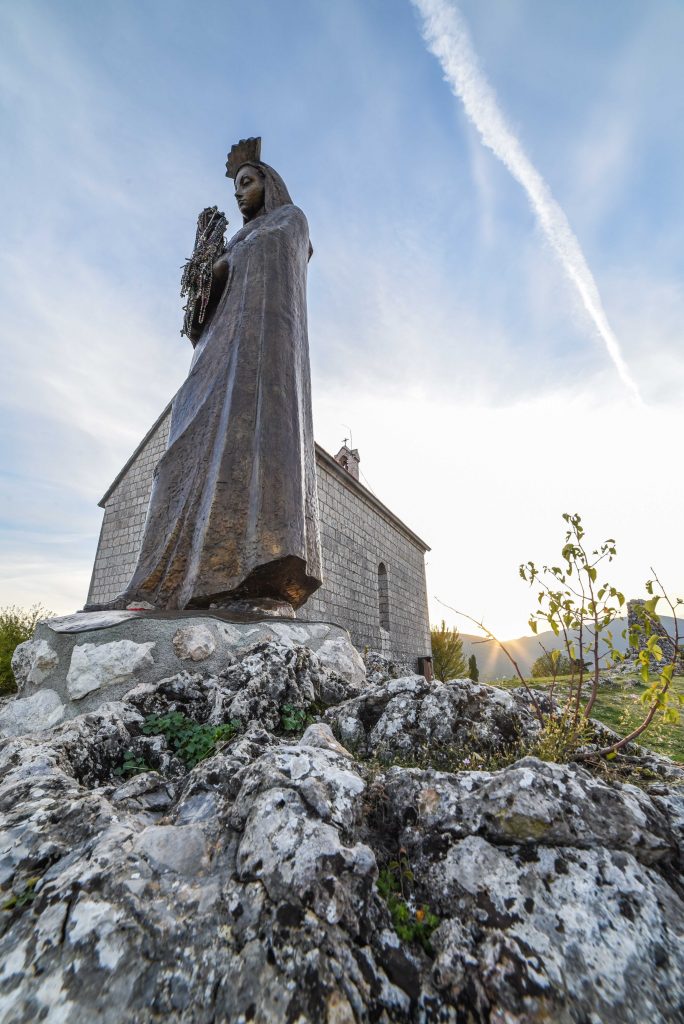
Its historic victory in 1715 gave birth to the ‘’knight's game’’, which has now entered its fourth century and is also protected by UNESCO due to its priceless value. The unbreakable bond and gratitude to the Mother of God springs from every corner, and most of all in the magnificent sanctuary of the Miraculous Lady of Sinj, the most faithful advocate of the Croats, always full of believers eager for comfort and hope. Last year, the sanctuary also hosted an important Congress of the Spiritual Heritage of Marian Shrines.

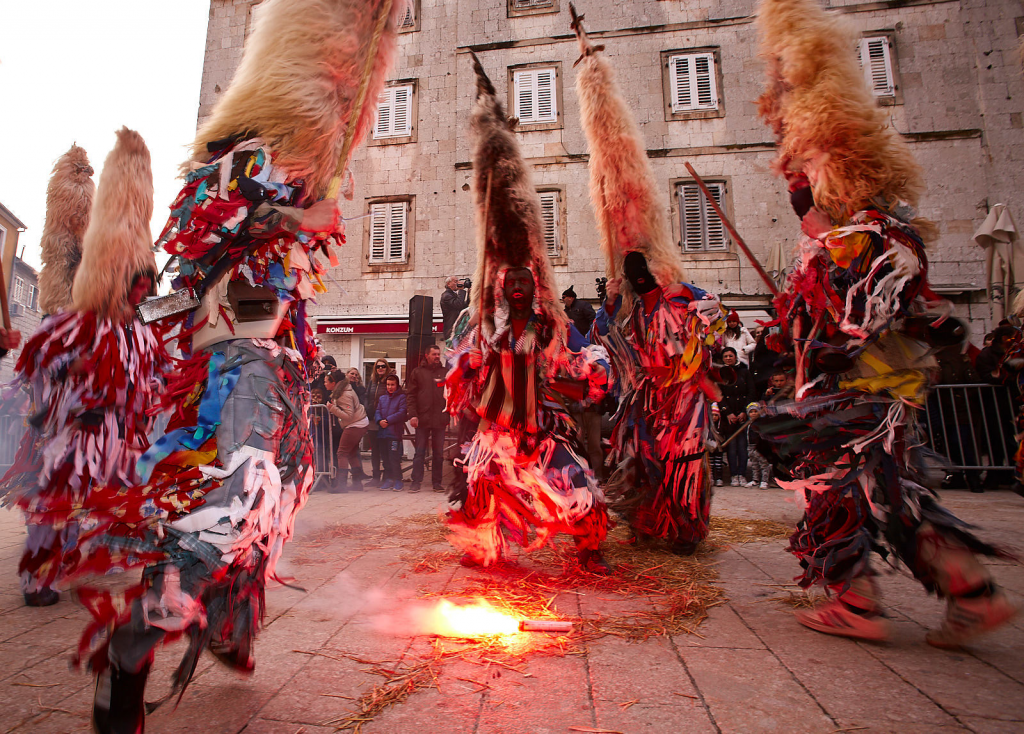
The museums of Sinj both exhibit and nurture the fruits of the area’s utterly rich cultural and historical heritage, and the galleries are popular places for interesting events, concerts and exhibitions of both local and foreign artists. The Museum of the Sinj Alka doubles up as an innovative and interactive centre that successfully combines tradition and modernity.

If you happen to find yourself in Sinj during the time of the carnival, get ready for a surprise. The traditional carnival processions of Podkamešnica villages (villages situated under the Kamešnica mountain), the famous and imposing Didi from Kamešnica will certainly impress you with his appearance and performance. He’ll also effortlessly drive away the ghosts of winter.
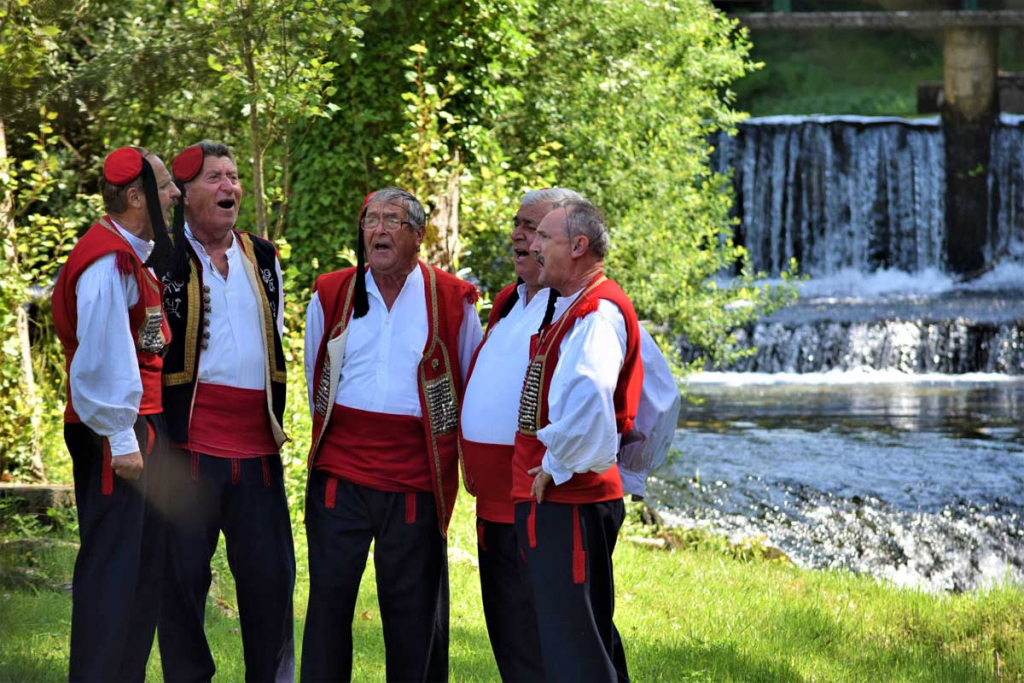
The defiance and resilience of Sinj’s local population is also reflected in what’s known as the traditional silent circle dance performed almost exclusively without music, (Croatian: nijemo kolo), the value of which was also readily recognised by UNESCO and included in the Representative List of the Intangible Cultural Heritage of Humanity back in 2011. The sounds of the old ojkavica/ojkanje and the rera are still passed down from generation to generation in the Dalmatian hinterland.
Ojkavica, which got its name from the characteristic exclamation oj, has also been on the UNESCO list of Endangered World Heritage since 2010. Rera, a vivid two-part song, is deeply rooted in the identity of the people of the Cetina region and often describes everyday occurrences, conflicts between neighbouring villages and local characters and customs. It also mocks human flaws and weaknesses, often with very specially chosen vocabulary.


Skilled local hands remain the living witnesses of all of these often ancient traditions - they weave the heritage of their ancestors into every stone of the dry walls of the Dalmatian hinterland, and with every stroke of the oar against the Cetina’s crystalline waters. The art of boat building in Otok near Sinj is a protected intangible asset of the Ministry of Culture of the Republic of Croatia. Today, Cetina boat races and events such as the Žabarijada (a frog jumping competition), the cleaning of the Cetina river bed and traditional fishing from a locally constructed Cetina boat are all held.
Another recognisable Croatian (and Dalmatian) art also finds itself UNESCO's Representative List of the Intangible Heritage of Humanity - the art of drywall construction - this is a monument more permanent than brass. Hardworking calloused hands took away the karst stone by stone and created wonderful, apparently eternal structures, passing on valuable knowledge to future generations.
That's how Sinj has become very well known as a real mosaic of perfectly arranged stones - rich gastronomy, remarkable natural beauty, warm-hearted local people, and plenty of things to do - all of which successfully creates a true masterpiece of the Dalmatian hinterland.
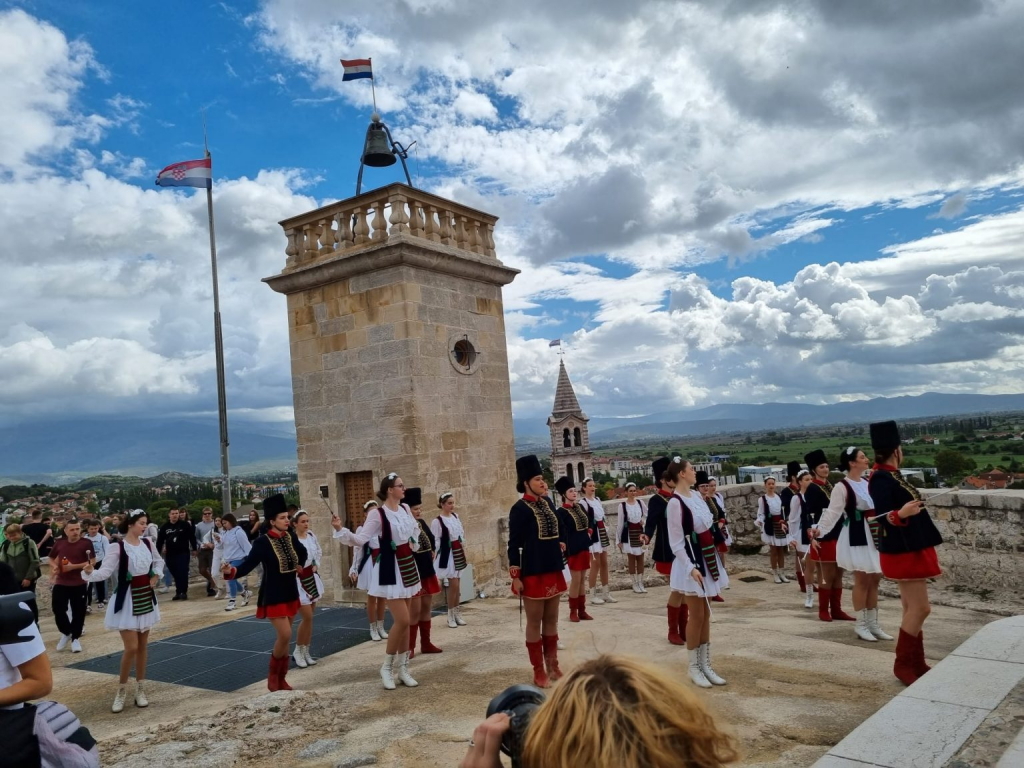
More: visitsinj.hr
Photo: Sinj tourist board
Croatian and foreign influencers are set to discover the most attractive locations across Split-Dalmatia County over a four day period
1st - 4rd 2022.
As part of the #CentralDalmatiaPower marketing project, the Split-Dalmatia County Tourist Board is organising the ‘’First International Meeting of Tourist Influencers’’ as part of the launch of a brand new destination campaign. This particular campaign will, in all respects, be entirely different from all previous ones. Around thirty tourist influencers will be staying in Central Dalmatia from June the 1st to the 4th, 2022, in order to promote the beauty of this region in the digital world. The protagonists of this destination campaign are Croatian influencers Ella Dvornik Pearce and Goran Jović.

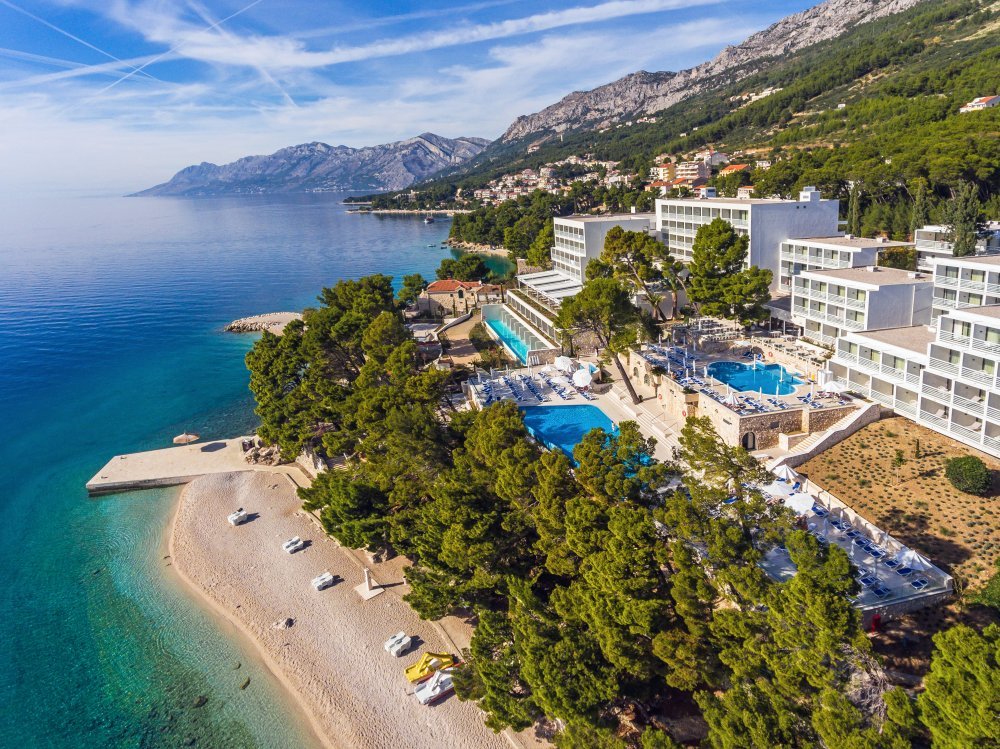
Thirty international and Croatian influencers will spend five days in Split-Dalmatia County
These influencers from both home and abroad are followed by millions of people on social media, and their potential reach is up to ten million people. The ambassadors of the campaign are the successful blogger Ella Dvornik Pearce and the famous Croatian travel writer Goran Jović. For three days, this group of Croatian and foreign tourist influencers will discover the most interesting attractions Split-Dalmatia County has to offer, and on social media, they’ll put Central Dalmatia in focus via various digital channels and attract some of the world's most important media publications.

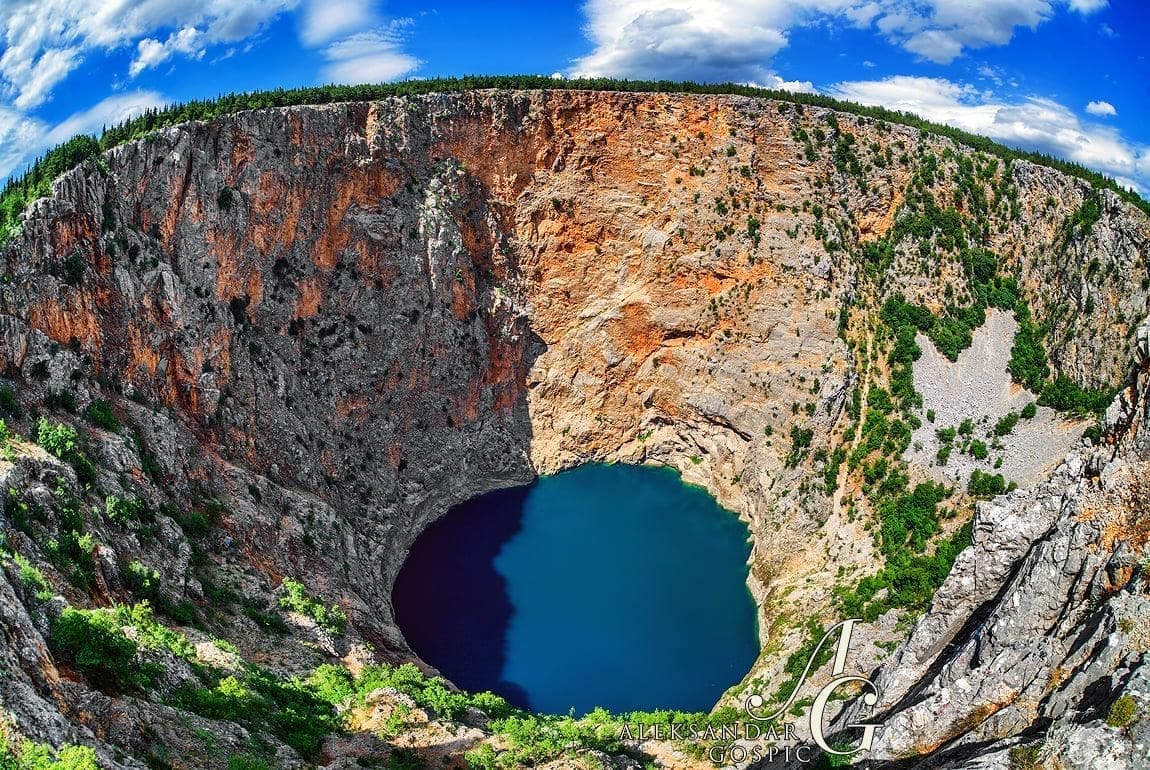
THE ITINERARY OF THE FIRST INTERNATIONAL MEETING OF TOURIST INFLUENCERS IN SPLIT
Arrival in the morning / during the day at 1st of June, 2022, at Hotel Lav in Split
The 1st of June: (Split, Klis)
12:00 - 13:00 - A tour of Split with a guide, photography on Peristyle with Diocletian's Guard (Split Tourist Board)
14:30 - Lunch at Vidilica
16:30 - 18:00 - A break at the hotel
19:00 - Dinner and wine tasting with the finalists of Masterchef at Klis Fortress, socialising and getting better acquainted with historical unit of the Klis uskoks, as well as some archery

The 2nd of June: (A visit to the County Prefect and various county departments, a round table)
09:00 - The influencers will visit Split-Dalmatia County, talk with Prefect Blaženko Boban and his deputies, have a short question time and see a presentation of some major county projects
10:30 - 13:30 - A round table at Hotel Lav
"THE INFLUENCE OF TOURISM INFLUENCERS ON THE TOURISM INDUSTRY"
Programme:
A welcome speech by the organiser, the director of the Tourist Board of Split-Dalmatia County, Joško Stella, and the editor of the Croatia Hot Spots magazine, Maja Zlokić
1. #CentralDalmatiaPower - A presentation of the campaign and the project - The director of the Split-Dalmatia County Tourist Board, Joško Stella
2. The Croatian National Tourist Board (CNTB) - Influencer marketing
1. The influence of popular social cultures on the tourism industry - The head of the New Media Department at the Faculty of Political Science in Zagreb - Domagoj Bebić
2. The importance of influencer marketing in choosing a destination - Photographer, humanitarian and adventurer, Goran Jović
3. Influencers - A new generation of entrepreneurs, cooperation with the tourism industry - The most popular Croatian influencer, Ella Dvornik Pearce
4. A presentation of the #ShareIstria project - The director of the Istria County Tourist Board, Denis Ivošević
12:30 -13.30 - A round table
14:00 - Lunch at the hotel
17:00 - A visit to the WTA tournament, an exhibition match with tennis players 19:00 - A visit to the Biokovo Skywalk, Dinner

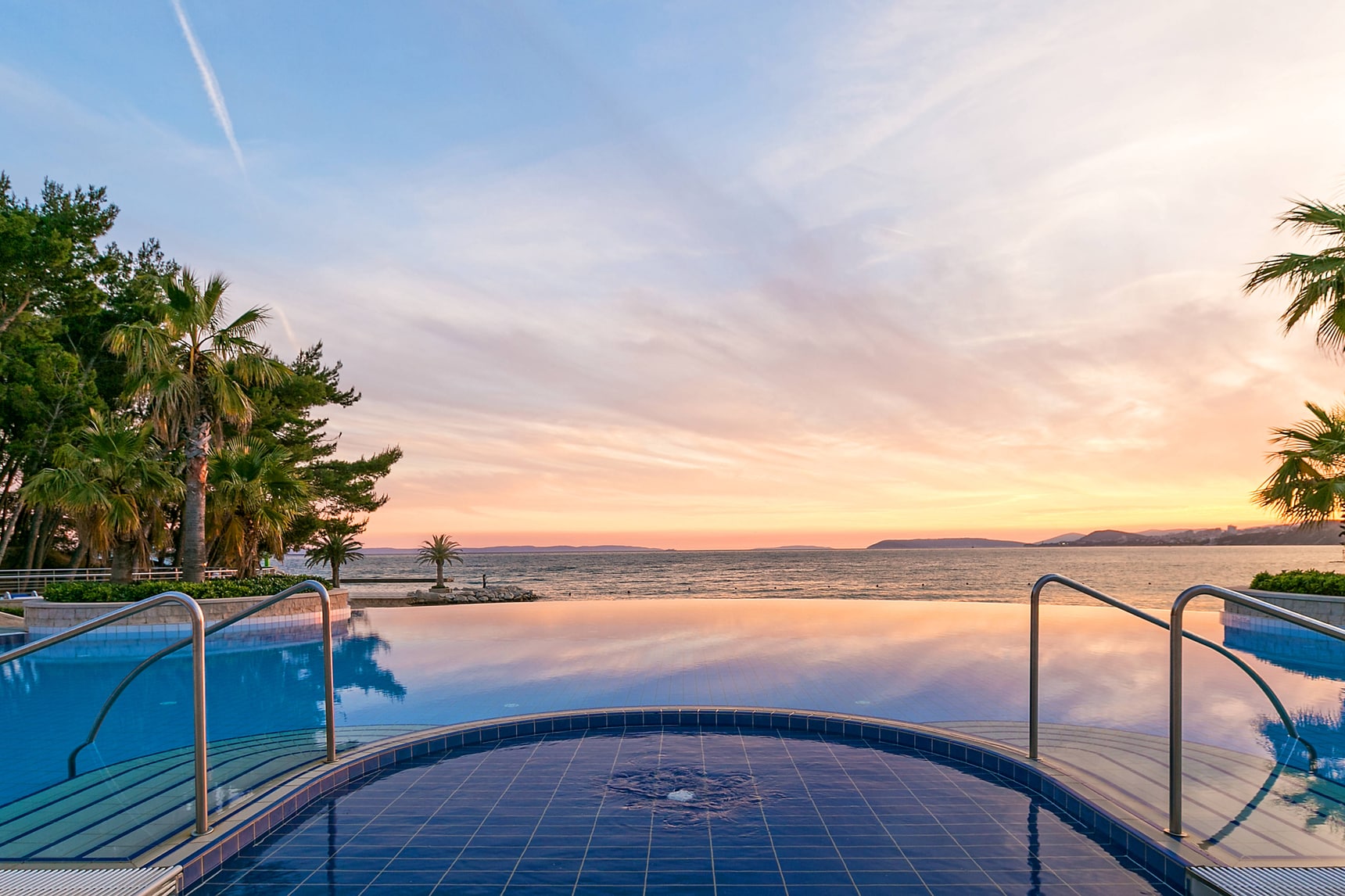

The 3rd of June: (Bol - Hvar)
09:00 – Ferry from Split – Supete, Supetar Bol transfer
11:00 - Photographing and searching for the stone of happiness on Zlatni rat (Golden horn) beach
12:00 - Wine tasting and catering at Stina winery
14:00 - Departure for Hvar
15:00 - Arrival in Hvar, followed by a tour of the Hvar Theatre and Arsenal
16:00- 19:00 - Free time
19:30 - Dinner and socialising at sunset at the Hvar Fortress, an overnight stay
The 4th of June: (The Dalmatian hinterland)
11:00 - Sinj, a tour of the Sinj Alka Museum, photography on Kamičak
13:00 - A visit to Imotski’s stunning Red and Blue Lakes

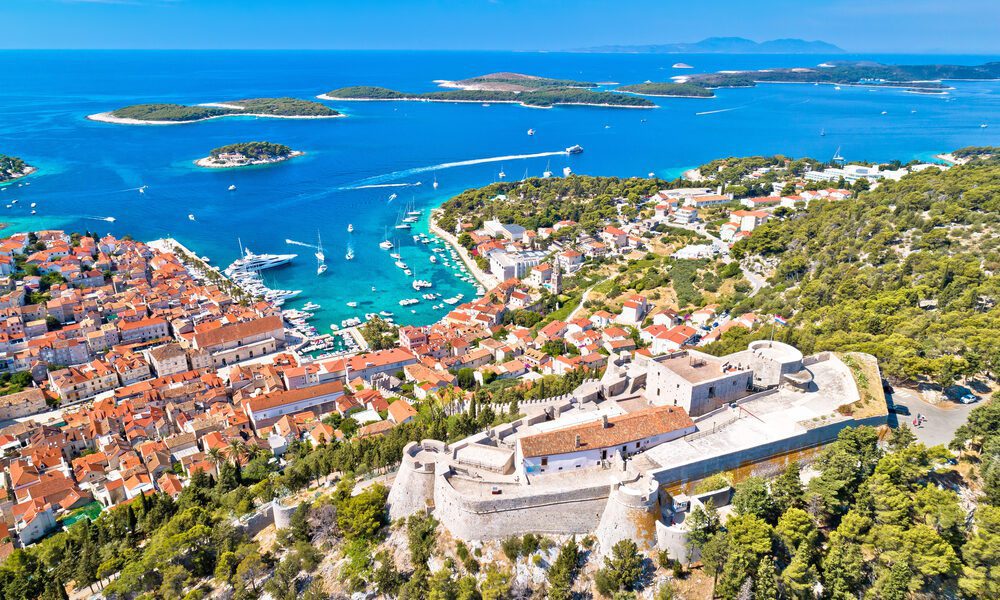
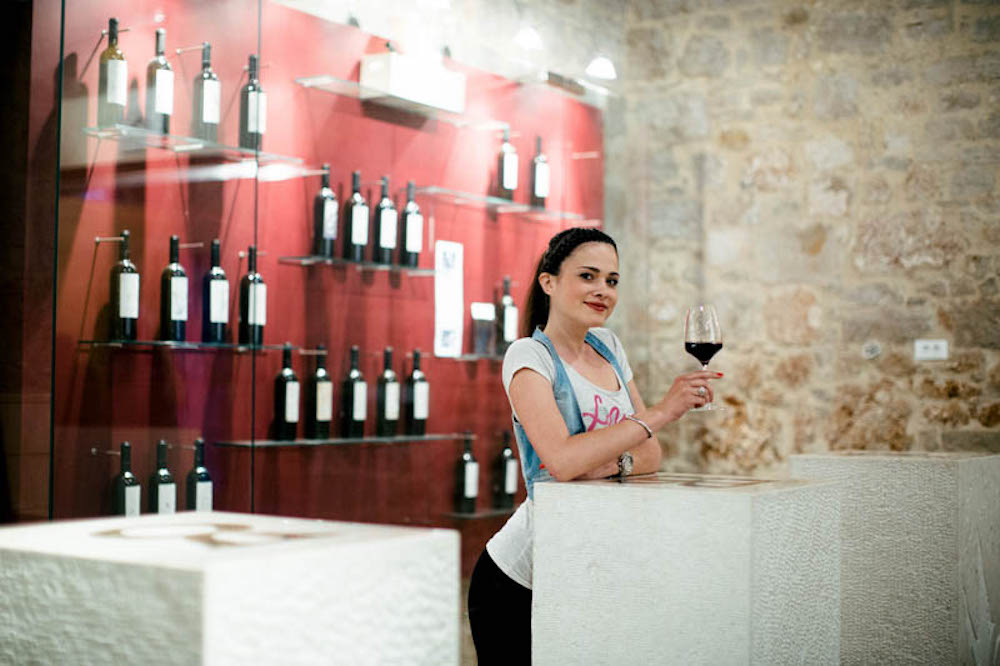
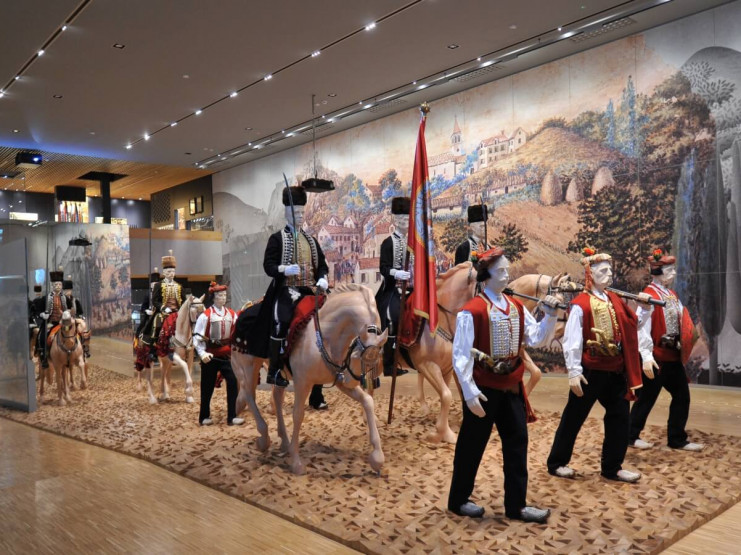
Dalmatia, a storytelling destination - The pirates of Omis once ruled most of the Adriatic Sea, instilling fear into all of the fleets of the time
Koja je razlika između gusara i pirata? Gdje se u Dalmaciji nalazi gusarska kula? Samo su neka od What is the difference between a pirate and what is known in Omis as a gusar? Where is the pirate tower in Dalmatia located? These are just some of the interesting questions to which the answers can be found in Omis. Licensed tourist guide Senka Vlahović is an interpreter of heritage in the Dalmatia Storytelling project and will be your companion through this cultural tour.
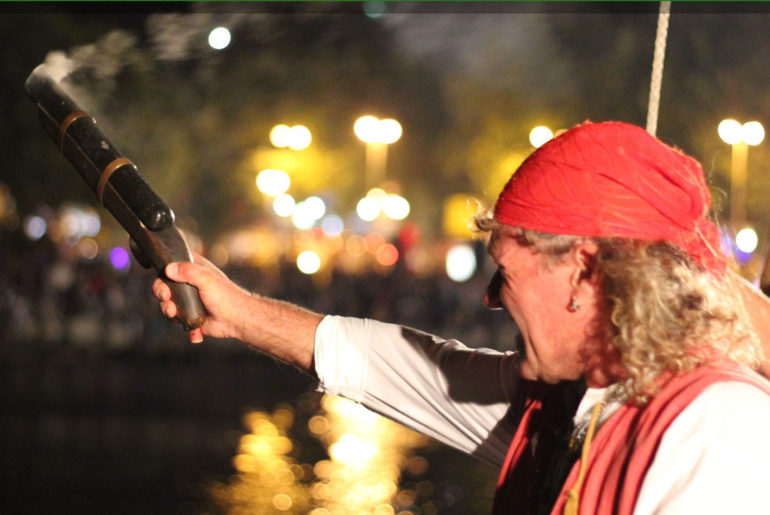
The Omis pirates once ruled the central part of the Adriatic Sea in one significant part of its history. Every fleet that sailed the sea back in those times greatly feared their attacks, and the Omis pirates especially ‘’loved’’ Venetian ships, which often ended up being in their way when heading off to their various trading destinations.
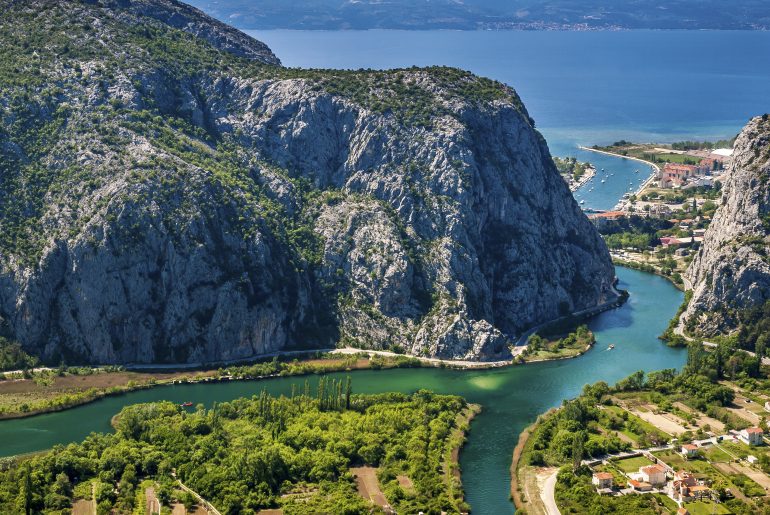
Omis - A cultural and historical centre
Whichever way you approach the old town of this city, from the direction of Split or Makarska, from the sea or the canyon of the river Cetina, I believe that, whether for the first time or after many previous arrivals, you will look in amazement and fascination at the rugged hills that tower over it. On one of these hills, the Omiš Dinara, high above the roofs of the houses, the tower of a former fortress stands out, which, unlike many fortifications on the Croatian coast, tells a slightly different story than you might expect.

The pirate fortress
There is a pirate fortress in Omis, and today, its tower dominates the view of the old part of town - Mirabela, or as it is also sometimes called, Peovici. Omis is surrounded by rugged and imposing hills, located at the entrance to the canyon and along the narrow coastal belt, with a small peninsula in front and a defensive canal that runs along the site of today's Adriatic Highway. It had and still has all of the predispositions of an impenetrable city. Therefore, it is not surprising that the people of Omis once dominated this part of the Adriatic Sea, and they did so for two hundred long years.
Mirabela was built at the beginning of the thirteenth century at a time when the Kačići princes ruled in Omiš. The tower offers a beautiful view of the nearby Brač Channel, the island of Brač and the river Cetina, and it served for military and defense purposes as an observatory and as a lighthouse.

Pirates, and the Omis gusari
Since mankind began walking the Earth, I would add sailing along waterways to that, in addition to various other forms of transportation, there have been wars, kidnappings and looting. The Croatian language knows two versions of the people who might engage in this sort of activity, pirates and what are locally referred to as ‘gusari’. The pirates attacked and plundered solely for their own benefit, while the ‘gusari’ also acted under the protection of the state under which they were, mainly to raise additional revenue for it, but also to destroy rival ships. At that time, the people of Omis were also called pirates and ‘gusari’, depending on which side recorded the events of the time and then interpreted the history. Likewise, it is important to emphasise that at that time no one could resist the looting and hijacking of other people's ships when given the opportunity to do so, so this activity was an integral part of medieval life at sea.
Princes - pirates
During the 12th and 13th centuries, Omis was a powerful naval power under the leadership of the Kačić princes. These exceptional sailors and warriors were brilliant shipbuilders, and they were also excellent merchants. Records show that with their famous rowing boats, the arrows of Omis, they knew how to sail to the shores of southern Italy, more precisely to Apulia. Although they sailed along a thin line between piracy and being Omis ‘gusari’, the Kačići princes and Omiš localsi primarily protected their area both on land and at sea. The Mirabela/Peovica military and defense tower, along with the remains of the castle, have been entered in the Register of Cultural Heritage of the Republic of Croatia as protected cultural heritage.

The pirate battle
Local pirates are brought back to life in the staged "Pirate Battle" which takes place every summer on the 18th of August near Omis, bringing the story of the Kačić princes, who ruled this heroic town on the Cetina back in the 12th and 13th centuries, and their 24-year-long successful fight against the Venetian invaders, into the modern day.
The challenge is to come face to face with the costumed descendants of the former Omis pirates, once the most feared warriors of the Mediterranean. It is an unseen attraction to enter their game, cross swords with them, and to escape from their captivity.
Anyone who would like to personally visit the place from which the Omis pirates once surveyed their surroundings with a watchful eye can find out more information by clicking the following link: http://www.omis.hr/…/Tvr%C4…/tabid/251/Default.aspx
Story and photos by: Senka Vlahovic, licensed tourist guide and heritage interpreter in the Dalmatia Storytelling project
Let Split’s museums take you on a journey through time
Croatia is recognised on the tourist map of Europe as a country with a lot of potential, but how can we best present the cultural heritage, historical, natural and all of the other sights that our country abounds in?
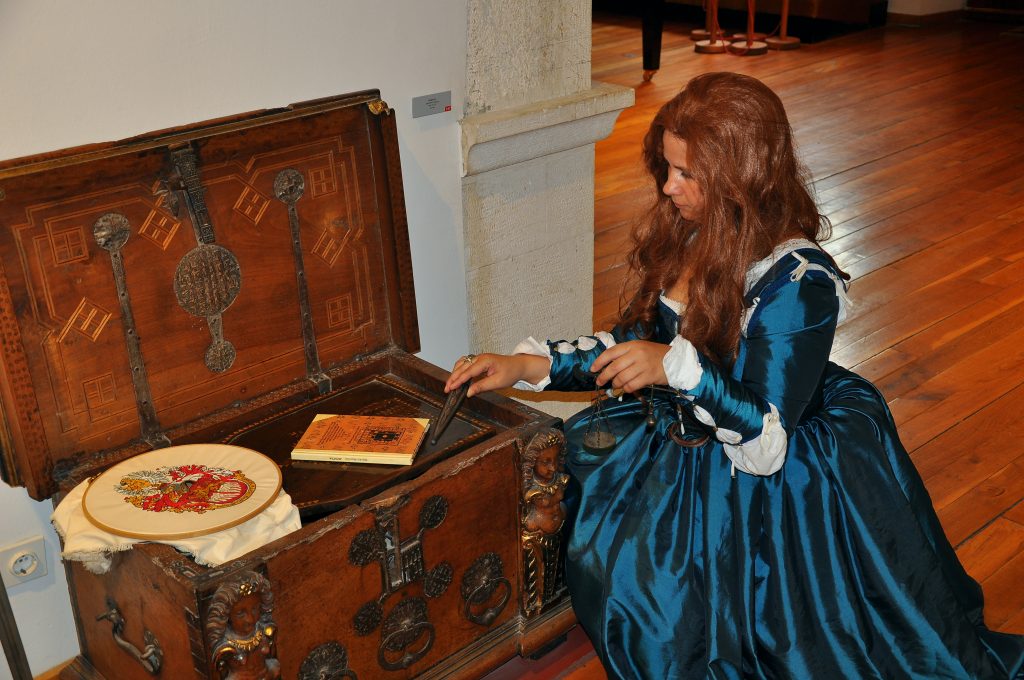
In Split-Dalmatia County, they found an innovative formula - the Dalmatia storytelling destination project, which revives characters steeped in heritage in museums and other important sites and creates thematic interpretive walks. This is a unique project in Croatia and Europe, within which 23 thematic interpretation walks were created and 16 heritage characters were revived.
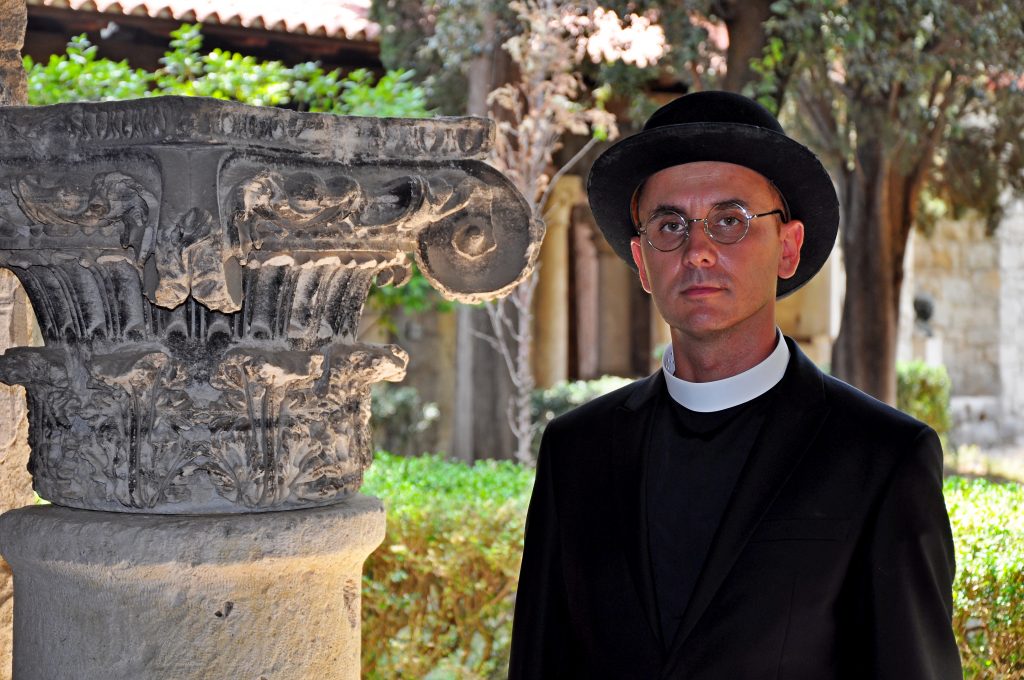
Projekt nije namijenjen samo turistima, već i domaćim stanovništvu. Cilj projekta je kreirati turističke The project is intended for tourists, but also for locals, and works to create tourist experiences through the telling of authentic stories, which will be commercially available to the public through the county storytelling platform in the form of finished tourist products such as themed interpretation walks and costumed guides, storytelling trips and storytelling events. The aim of the project is to preserve and present Dalmatian cultural heritage and develop an offer encompassing year-round tourism in Split-Dalmatia County.
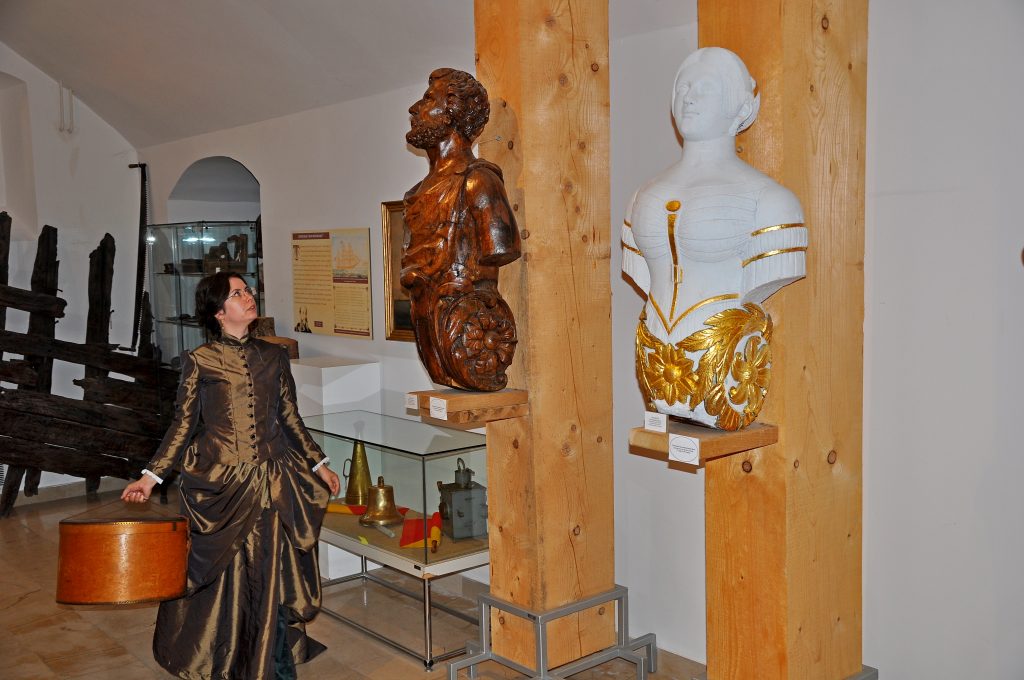
As part of the project activity of reviving heritage characters, costumed heritage interpreters (educated tourist guides or curators) will present the specifics of the museums and/or sites through the life stories of the people they’re dressed as to visitors. As such, they’ll make the stories authentic, picturesque, emotional, interactive and introduce visitors to an experience where together with the performers, they’ll immerse themselves in a kind of time machine from which they’ll emerge richer in knowledge and understanding towards the heritage story they were told and the place they visited.
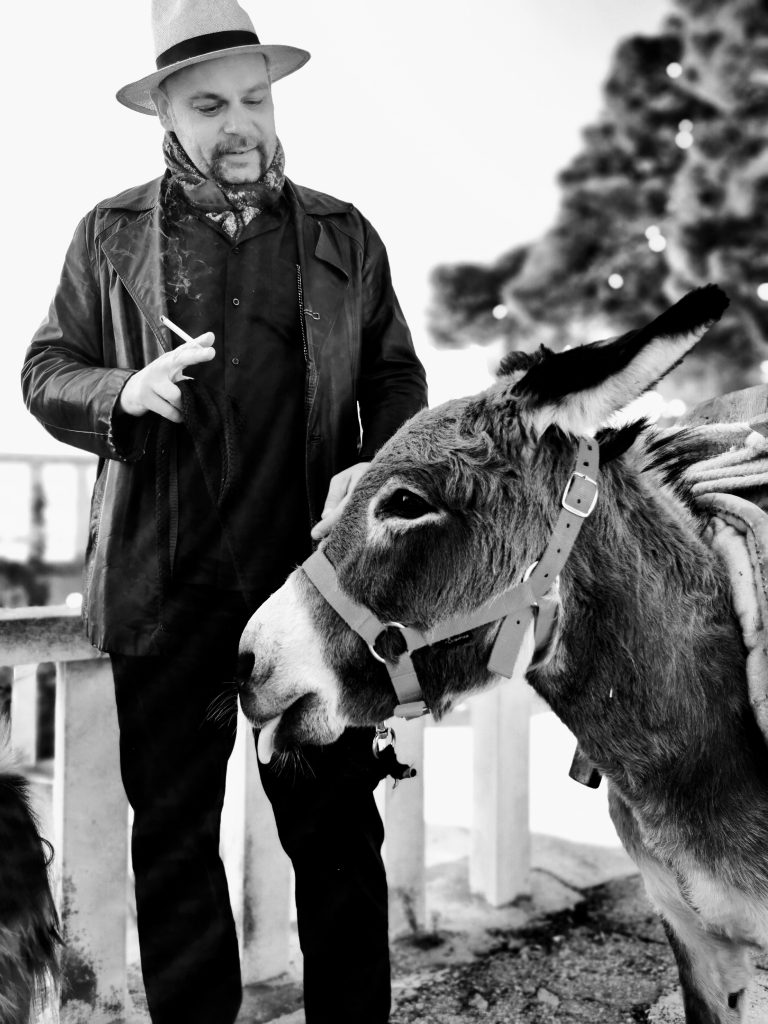
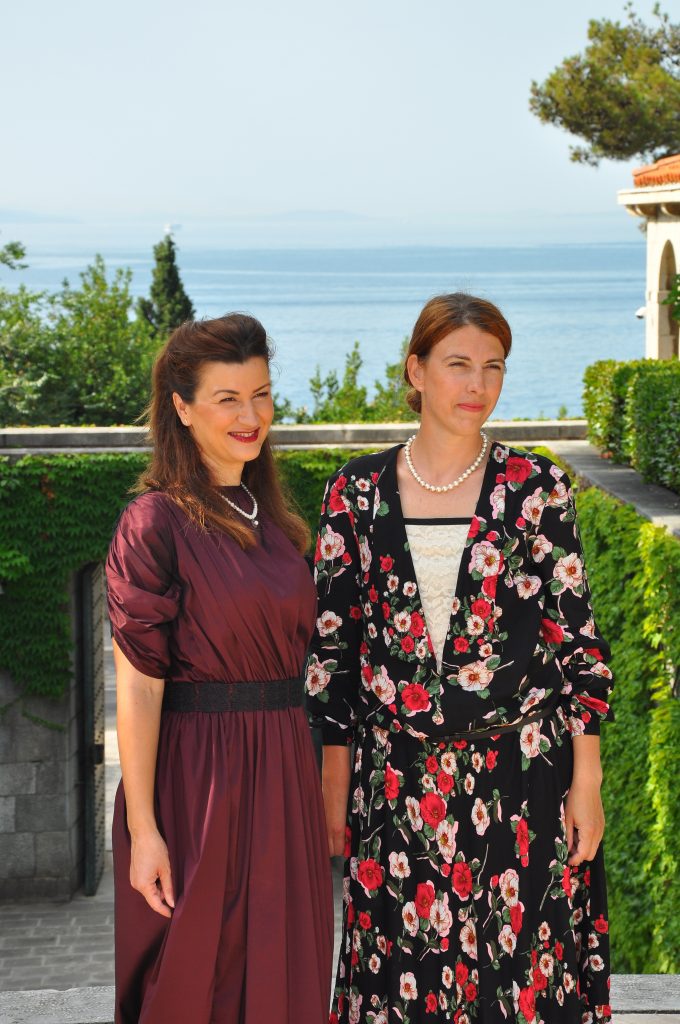
As part of Dalmatia Storytelling, Split's museums will take you on a journey through time where you will experience all of this area’s sheer beauty and sights in full splendor, but also feel sadness, passion, joy, defiance, love - life drivers that lead to wars, and which sometimes direct the circumstances quite unexpectedly, differently, but always interestingly. Travelling through the paths of Split’s stories is a way to emotionally immerse yourself in Split and peek into the souls of its people.

BIRA MARULIĆ’S TOUR, A NOBLE FROM THE 16TH CENTURY AND THE SISTER OF MARKO MARULIĆ
INTERPRETER: GORANA GALIĆ
LOCATION: THE MUSEUM OF THE CITY OF SPLIT
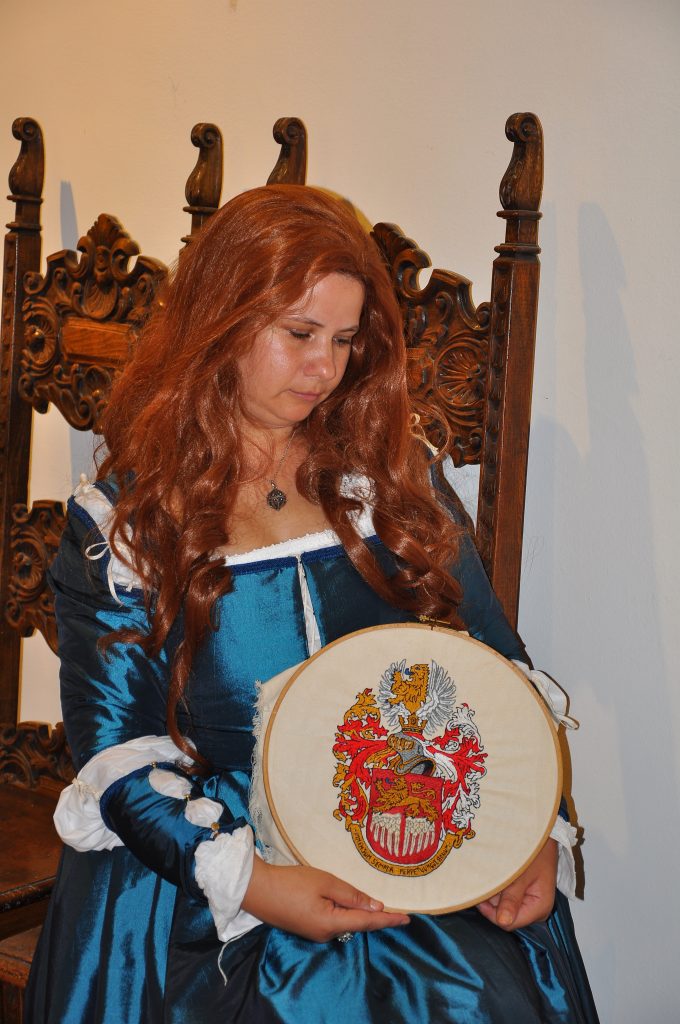
Bira MaBira Marulić was a truly special woman, and with an interpretive walk with this noblewoman (played by a performer) through the Museum of the City of Split, you will learn many interesting things about Marko Marulić, the author of the historical epic - Judita. Visitors will be offered a view of Renaissance and humanistic Split within the permanent exhibition of the museum, located in the Gothic-Renaissance palace of the Papalić family. Back during the 16th century, it was a gathering place for the intellectual cream of the crop of the City of Split, led by the literary bard, Marko Marulić, who enjoyed a great, firm friendship with this family. Back then, of course, Bira wasn’t part of that "male world." She decided very early on that she would be ordained in a nearby Benedictine monastery next to Dioletian's Palace, but despite that, she remained closely associated with her brother Marko.


Stoga će vam interpretatorica koja utjelovljuje plemkinju Biru, sestru oca hrvatske književnosti Marka M
Therefore, the interpreter who embodies Bira the noblewoman, the sister of the father of Croatian literature Marko Marulić, but also a witness of that time, will present the way of life in Renaissance Split, providing her insight as a noblewoman, who witnessed very many turbulent historical and political events.
In her story, she points out the poor position of women at that time who were left as widows or without their fathers and brothers, and thus without the protection of the breadwinners, so they would often seek protection within the walls of the monastery of St. Benedict and the church of St. Euphemia, some of them becoming nuns.
THE MAGDA LUPIS TOUR - TORPEDO INVENTOR IVAN LUPIS’ RELATIVE
LOCATION: THE CROATIAN MARITIME MUSEUM IN SPLIT
INTERPRETER: PETRA BLAŽEVIĆ
If you want to experience the heritage of millennial Adriatic seafaring in an innovative way, join this interpretation tour with Petra Blažević, a curator disguised as a lady from the 19th century.
In going through the museum’s exhibit, you will be able to imagine what it would have been like to live in these exciting episodes of the past. Mrs. Magda Lupis will introduce you into this proverbial time machine and together you will embark on an exciting journey. Thanks to the method of costumed interpretive guidance, you will have the opportunity to gain a completely new experience by following the timeless Miss Magda, a cousin of the famed torpedo inventor Ivan Lupis.
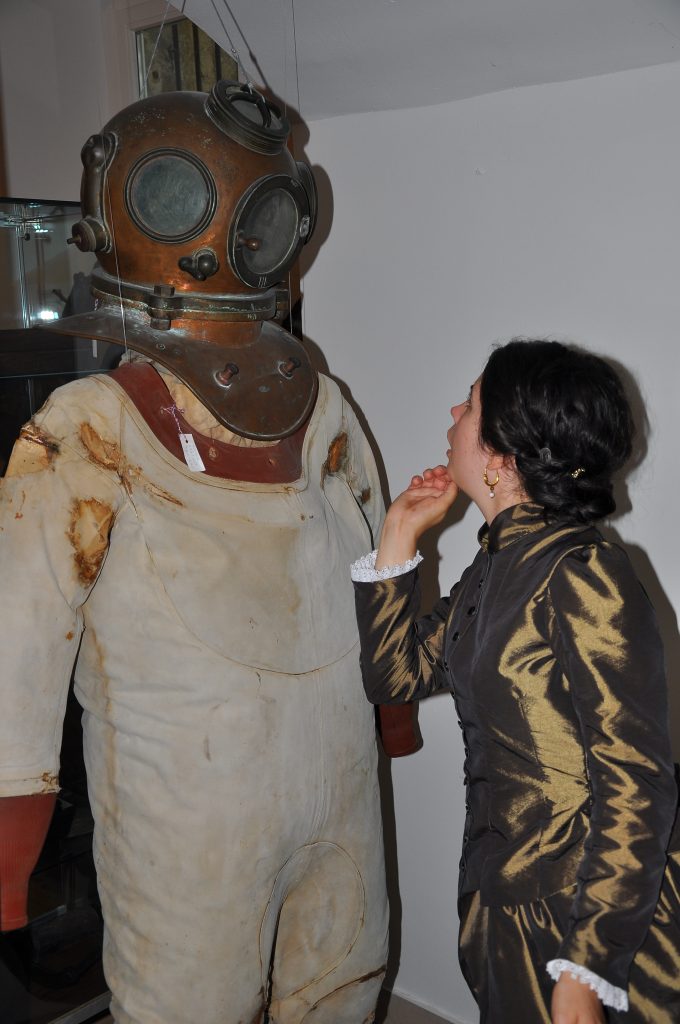
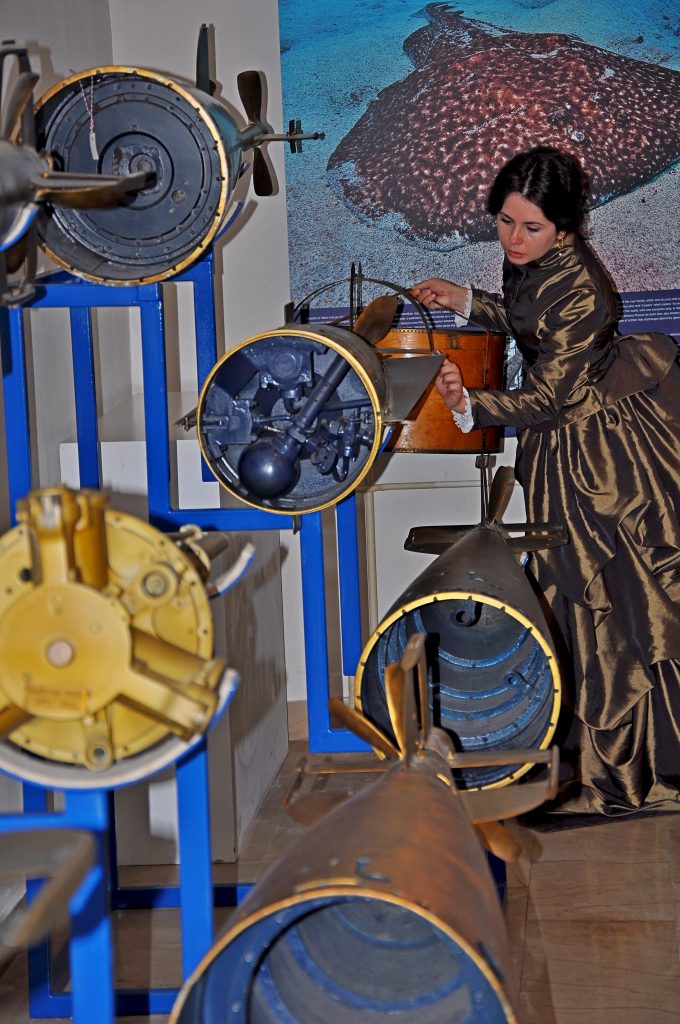
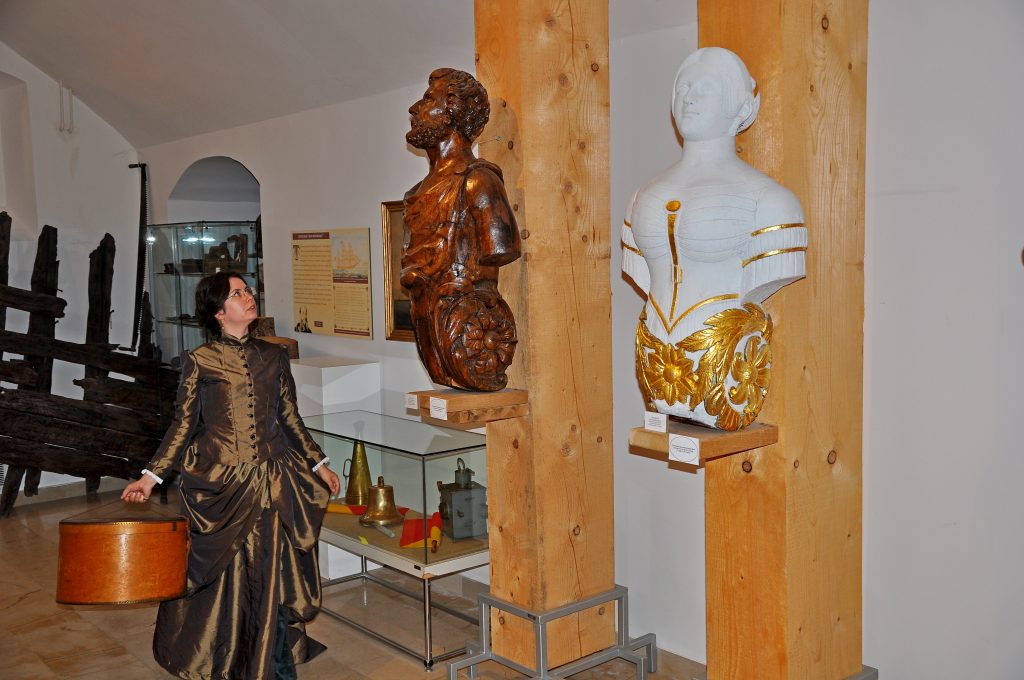
The whole tour revolves around one ordinary break that all travellers, including tourists themselves, experience while traveling to their various Adriatic destinations. This break, however, will be anything but ordinary. The year is 1866, and Magda is on a steamboat trip on the Gruž-Rijeka route and is currently preparing to visit the museum during a break between the arrival and departure of the ship from the Port of Split. If you want to experience Croatian history with the taste of salt in the company of a brave adventurous woman, feel her passion in discovering something new, and also hear interesting stories about the great invention of the torpedo, don’t miss out on time travelling 155 years back to Split's Gripe Fortress.
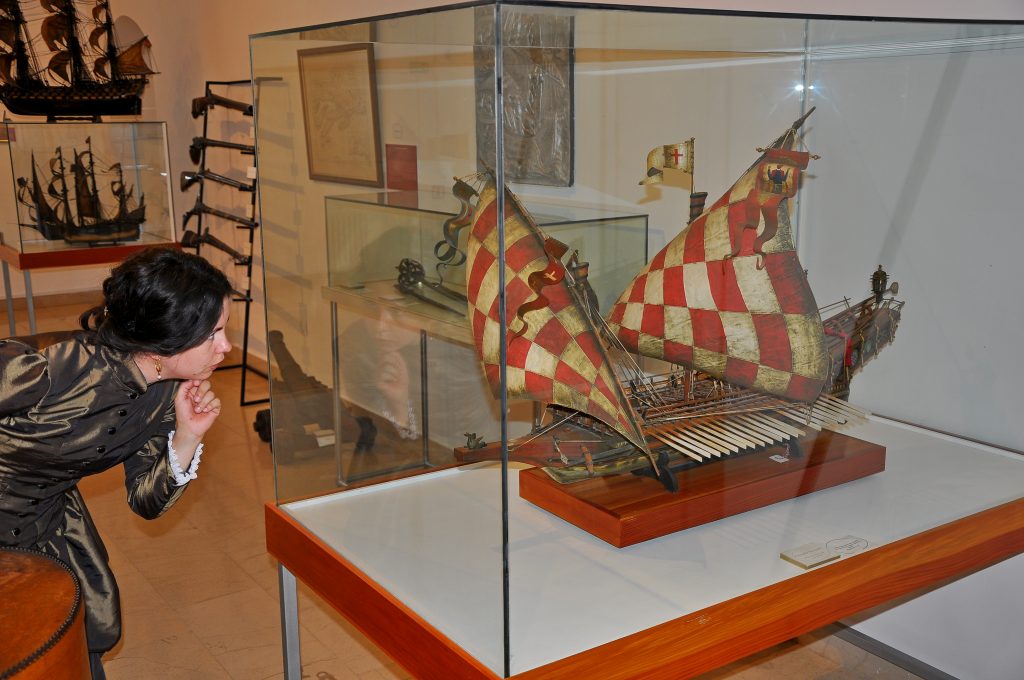
THE REVIVAL OF AUTHENTIC HISTORICAL AND LOVE STORIES FROM VELI VAROS
INTERPRETERS: BOŠKO PAPIĆ AND IVAN BARANOVIĆ
LOCATION: VELI VAROS Interpreters dressed as the famous Mayor of Split Ivo Tartaglia and local fisherman Roko, along with his beloved Cicibella, will take you for a walk through this picturesque suburb. You will learn all the interesting things about this part of Split, and also peek into human destinies, which wrap around these stories like a piece of very fine silk. The special feature of this tour is the discovery of what is not written in tourist guides, real life, woven with many emotions of the local population.
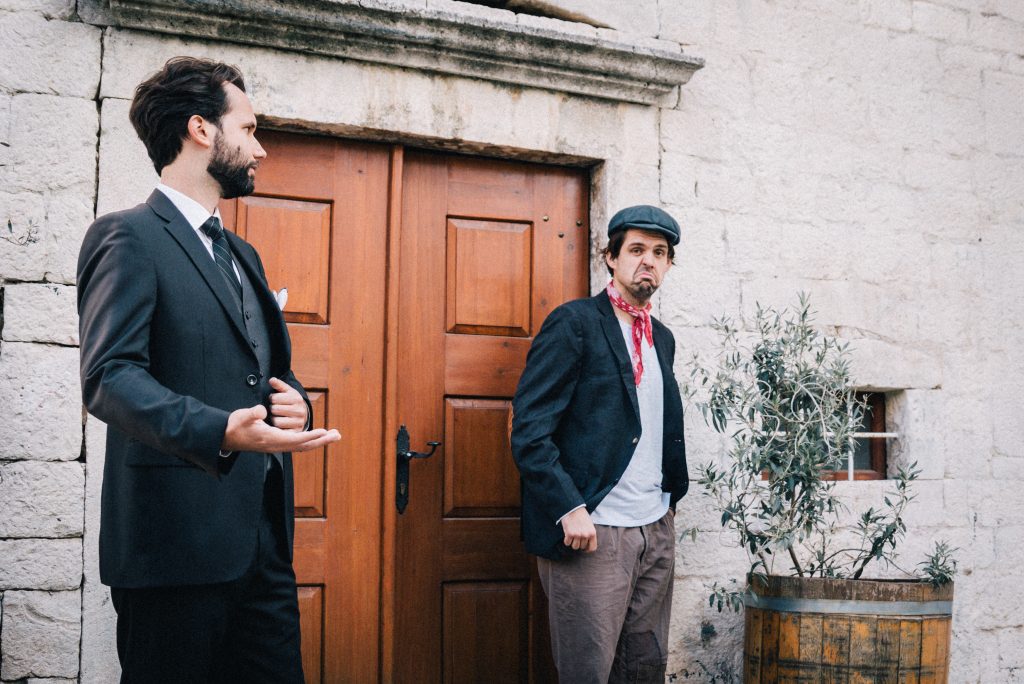
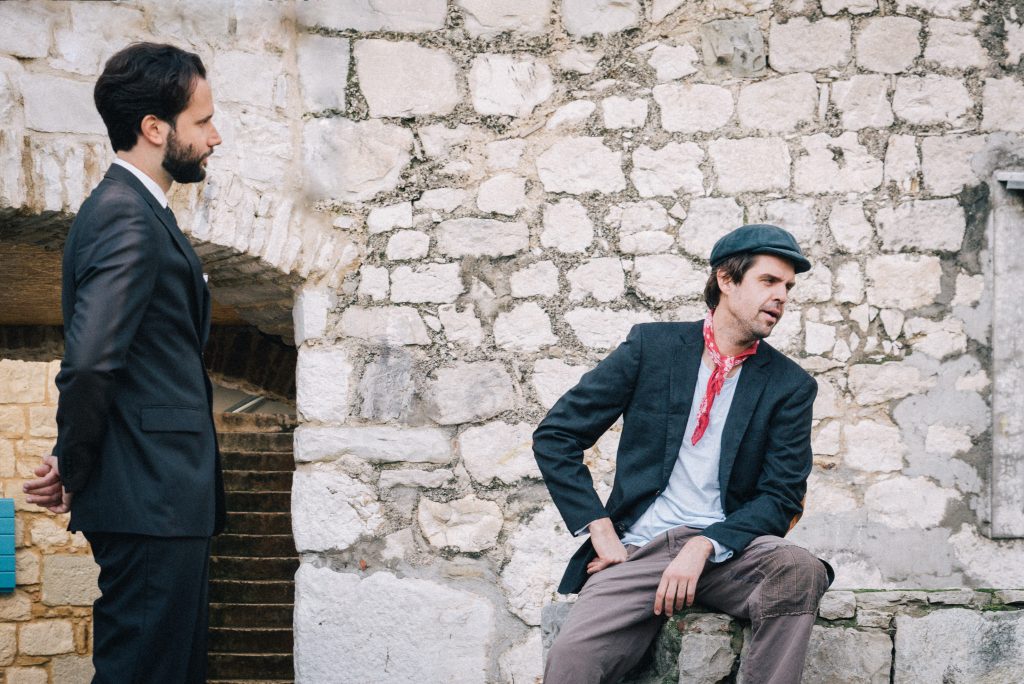
Posebnost ove ture je otkrivanje onoga što ne piše u turističkim vodičima, realnog života, istkanog The tour starts from Matejuška, a small fishing port where the inhabitants live from fishing, before turning to the south side of Varoš where the monastery of St. Francis from the 13th century can be found. Not far from the monastery at that time, the smell of sulfur could be strongly felt. Sulfur springs were discovered by Emperor Diocletian and springs were regularly used for healing, women also used to wash clothes at that same spring.
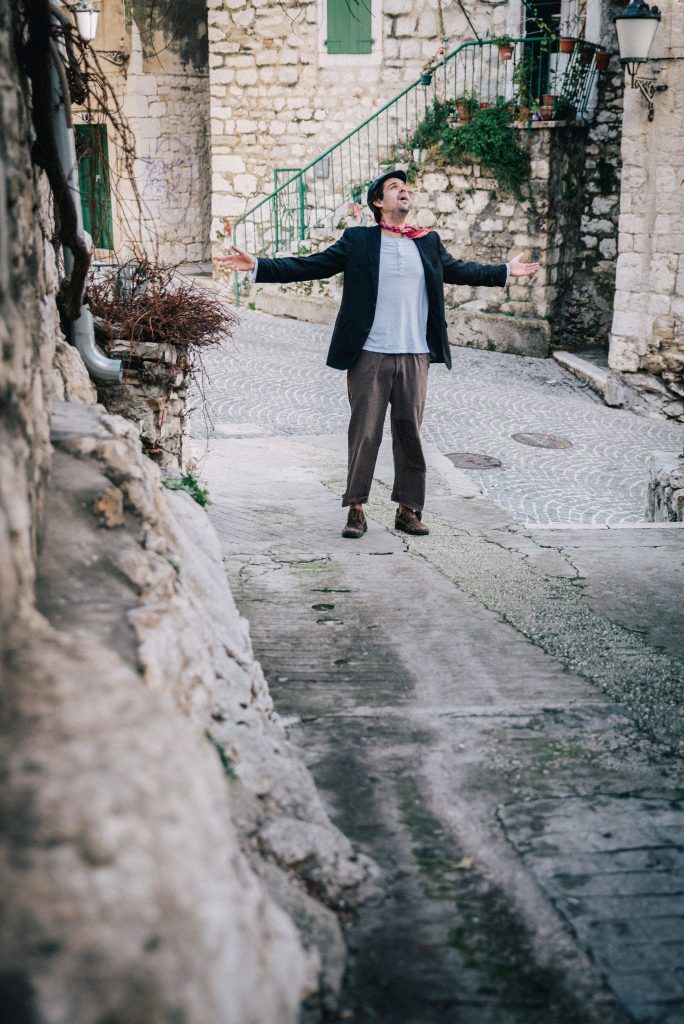
Walking through the small stone streets, visitors will discover what else the people of Split built in the 16th century in order to attempt to defend themselves from the Ottoman conquests, as well as what motives were the eternal inspiration of the famous painter Emanuel Vidović. Roko explains in his own way another peculiarity of Split - a specific sense of humor, prone to ridicule and sarcasm. Roko recounts what the game of hats looks like in moments of entertainment for the locals and how important wine is to them. Mayor Tartaglia presents local taverns as an indispensable part of the town's folklore and fraternity and explains the role of faith in the lives of the townspeople who always dream and hope for a better life. It must be noted that this particular tour isn’t currently adapted for people with disabilities.
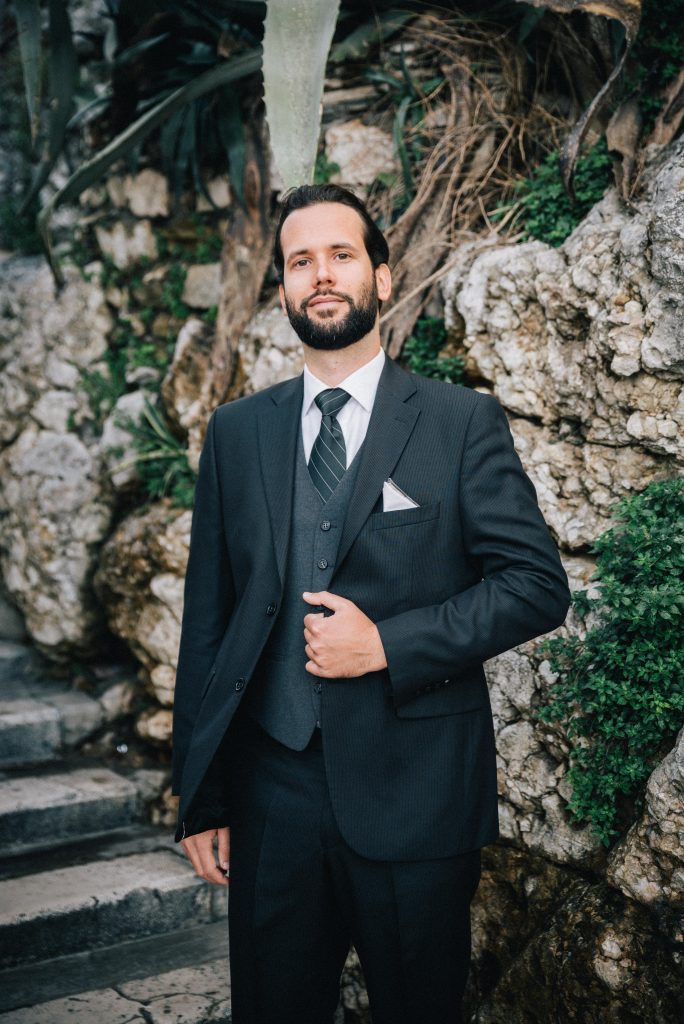
THE STORY OF DON FRANE BULIĆ
VENUE: THE ARCHAEOLOGICAL MUSEUM OF SPLIT
INTERPRETER: NINO ŠVONJA
This costumed interpretive walk begins at the entrance to the museum where Don Frane Bulić, more precisely the performer in the modern day, talks about the history of the museum, with a well-known anecdote about the acquisition of the money for the construction of the building itself.
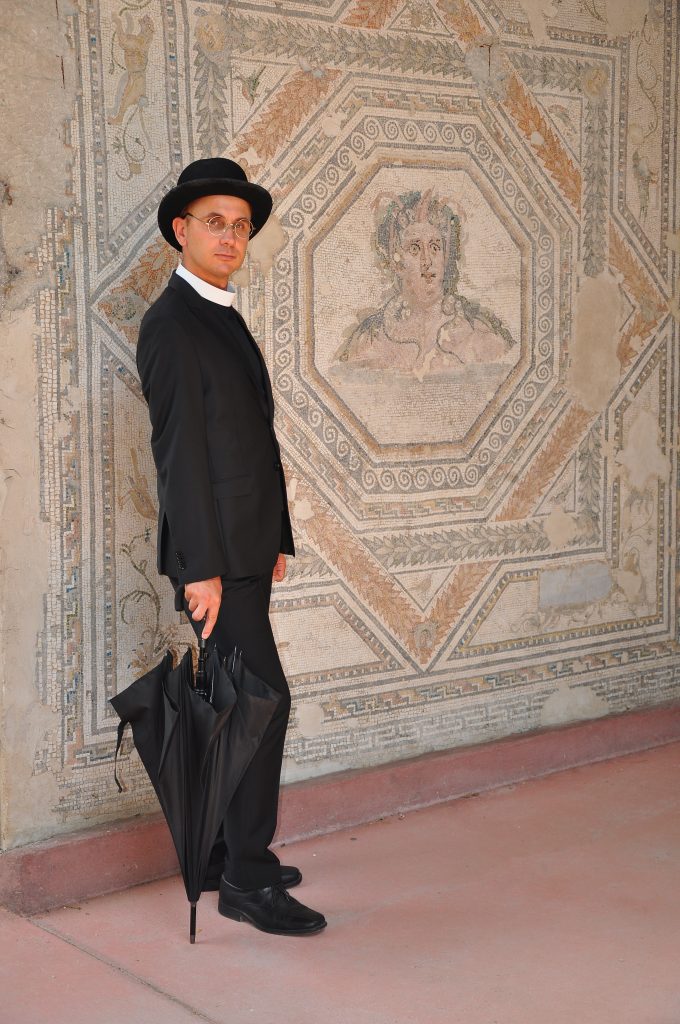
Kostimirana interpretacijska šetnja počinje na ulazu u Muzej gdje don Frane Bulić, odnosno interpretator, g
THE STORY OF DON FRANE BULIĆ
VENUE: THE ARCHAEOLOGICAL MUSEUM OF SPLIT
INTERPRETER: NINO ŠVONJA
This costumed interpretive walk begins at the entrance to the museum where Don Frane Bulić, more precisely the performer in the modern day, talks about the history of the museum, with a well-known anecdote about the acquisition of the money for the construction of the building itself.
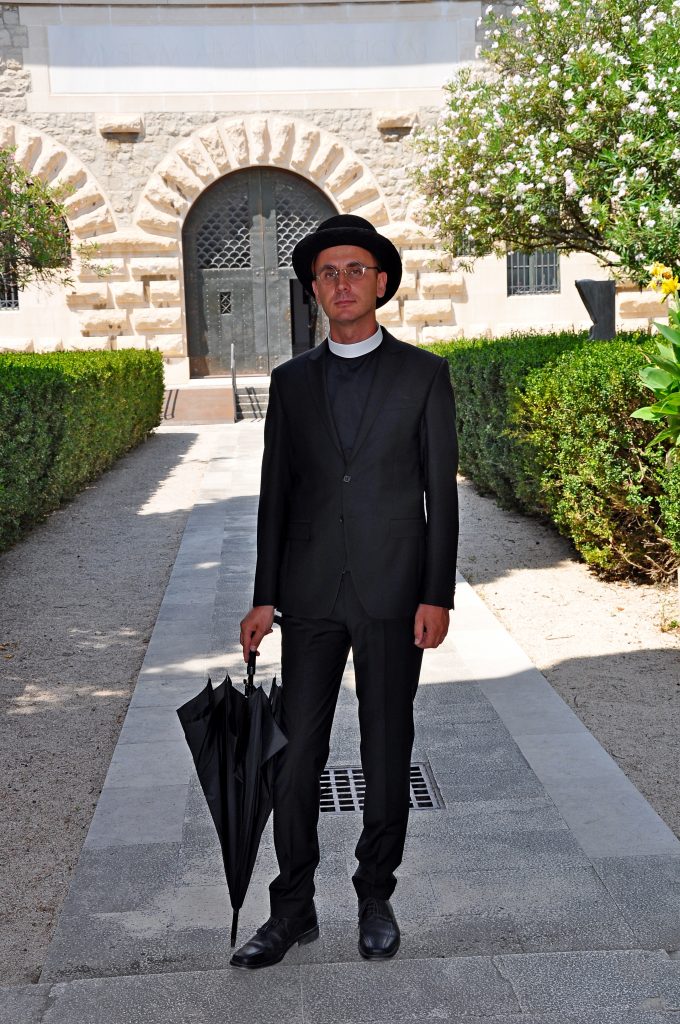
The lapidary can be visited during this tour, as can all of the stone monuments. Don Frane managed to purchase the sarcophagus of Valeri Dinent and his wife for the museum, the only unlooted sarcophagus in Salona (the modern day Solin). Don Frane mentions another sarcophagus - the Sarcophagus of the Good Shepherd. When the building was being constructed, he first had a sarcophagus erected, and only then did he erect a tower so that the sarcophagus could never be carried away.
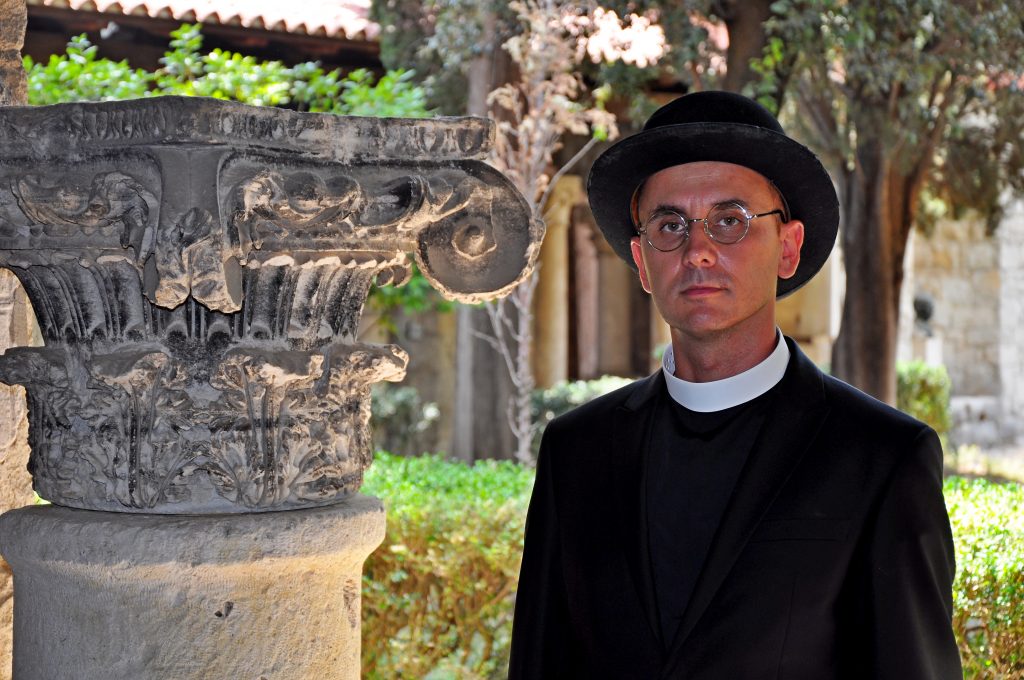
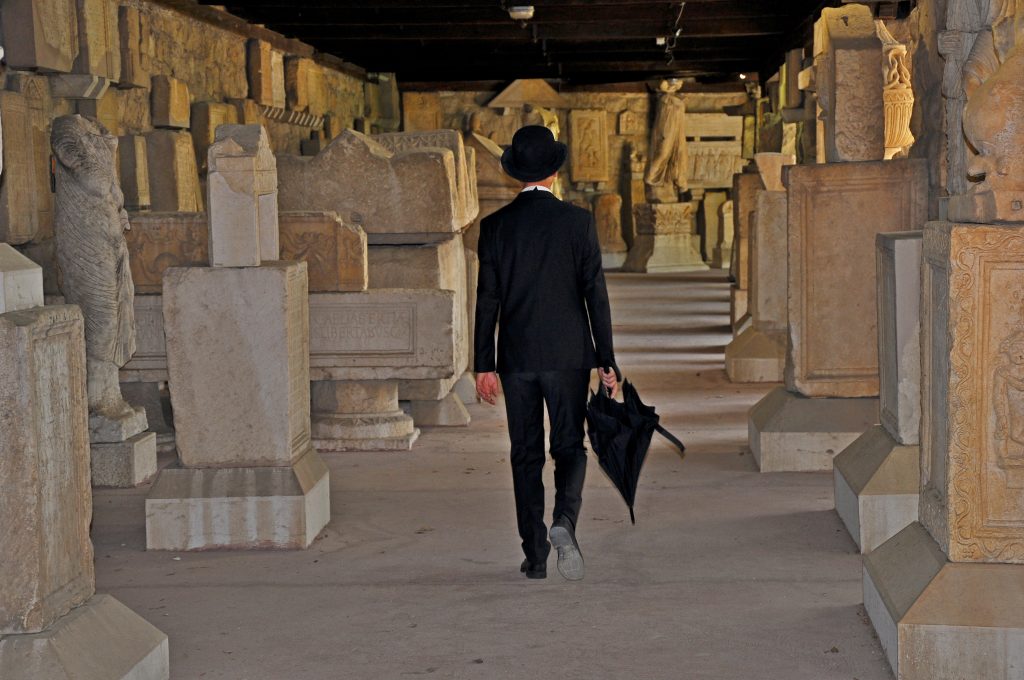
INTERPRETATION TOPIC: OLGA MESTROVIC ON IVAN MESTROVIC
INTERPRETER: IRIS MARINOVIC
LOCATION: THE MESTROVIC GALLERY This tour is a reflection of Meštrović's family life through the memories of his wife, Olga Meštrović. The backbone of the thematic storytelling are the personal experiences and memories from the family life of the artist's wife who talks about the artist's profession and his work - sculptures which are in the permanent exhibition of the gallery.

The direction of this tour follows the chronology of events in their family and life. The tour begins in the garden with a conversation about the construction of a villa in Meje, with a look at the beautiful moments enjoyed as part of family life, in the central hall the theme is getting to know the artist and his wife, their love, their marriage and Olga's character, which is very much present in her husband’s stunning sculptures. More can be learned about their children and Meštrović's mother, and about the family habits and what was on the menu and on the dining table back then. On the upper floor, attention is drawn to the sculptures that reflect the physiognomy of Olga, as well as Meštrović himself.
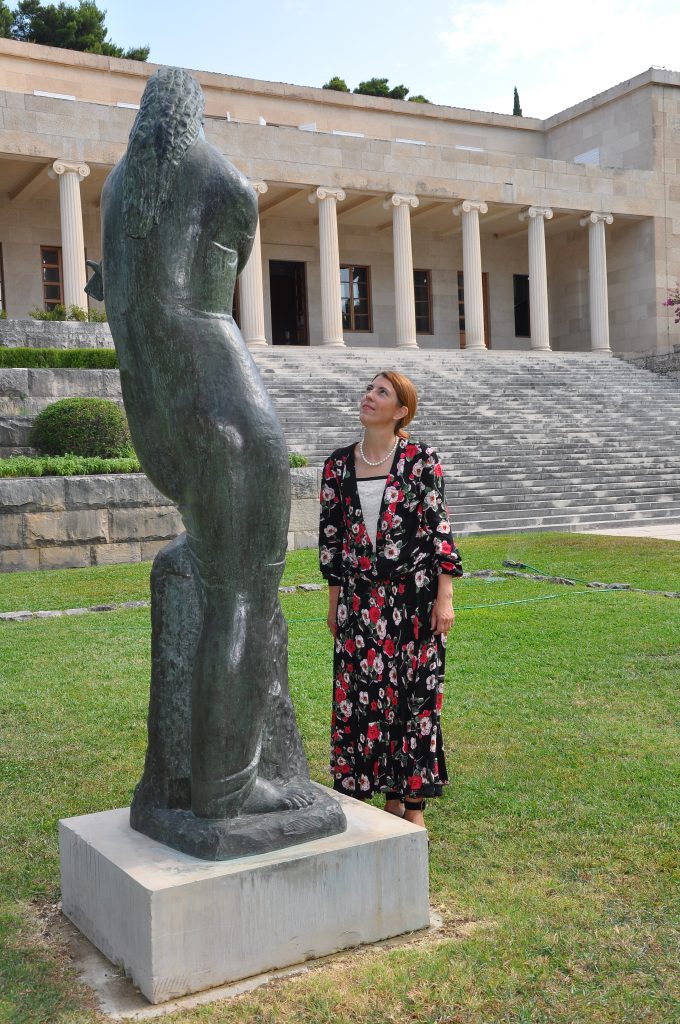
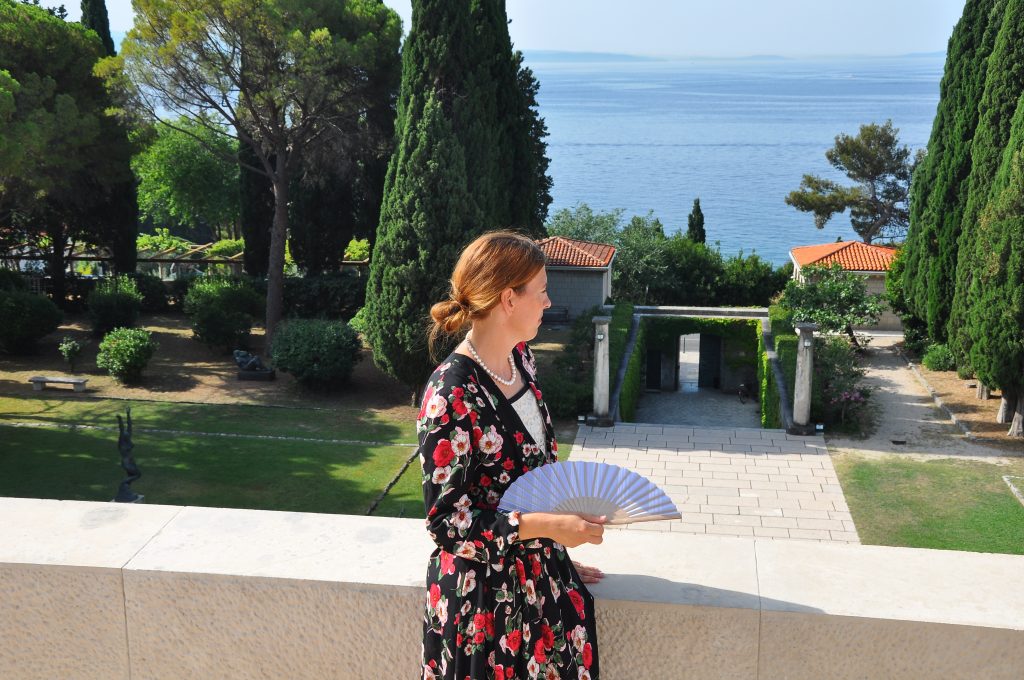
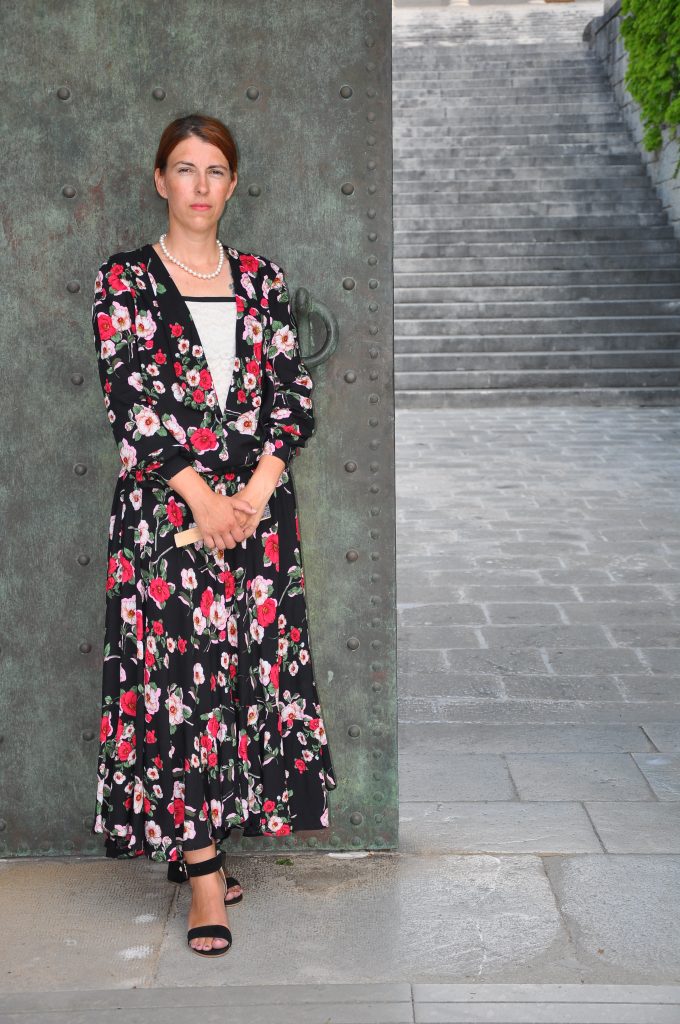
INTERPRETATION TOPIC: RUŽA MEŠTROVIĆ AND THE STORY OF IVAN MEŠTROVIĆ
INTERPRETER: VESNA BULIĆ BAKETIĆ
LOCATION: THE MEŠTROVIĆ GALLERY IN SPLIT
Rosa Elizabeth Klein was Meštrović's first, and very artistically gifted wife, who skillfully mingled in the artistic and intellectual circles of various European capitals, which significantly helped the affirmation of Meštrović as an artist. The tour begins on the central plateau in the Gallery’s garden or under the porch, where visitors are introduced to the house’s history and architecture. What follows is a tour of Meštrović's works from the Viennese and London periods of his life.
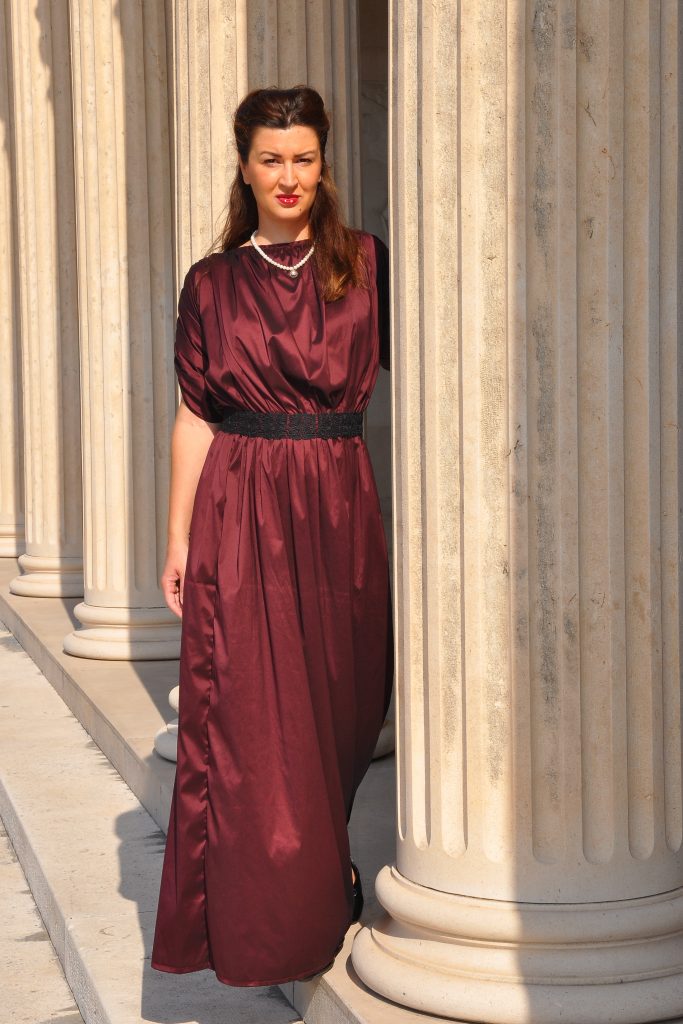
The inner part of the tour starts from the room where one of Rosa’s more sensual, feminine sculptures is located. By the way, the Gallery also houses two works, which she made herself.
In the Secession exhibition room there is also a sculpture called Girl Singing, for which the model was Olga Klein, Rosa's youngest sister. Rosa talks about her childhood, youth and the circumstances of meeting a young Slavic sculpture student in the Austrian capital of Vienna, in a very interesting historical period.
In the central hall next to the Vestalka sculpture, stories about the life of artists across Europe follow. The sacral hall contains a theme that constantly runs through Meštrović's oeuvre, and is especially intense during the construction of the mausoleum of the Račić family down in Cavtat. These sculptures were created as a result of the artist’s sculptural maturity in the 1930s and the beginning of his family life. Here is where Rosa ends her story, passing away in 1942, with Meštrović continuing to live his life with his new family.
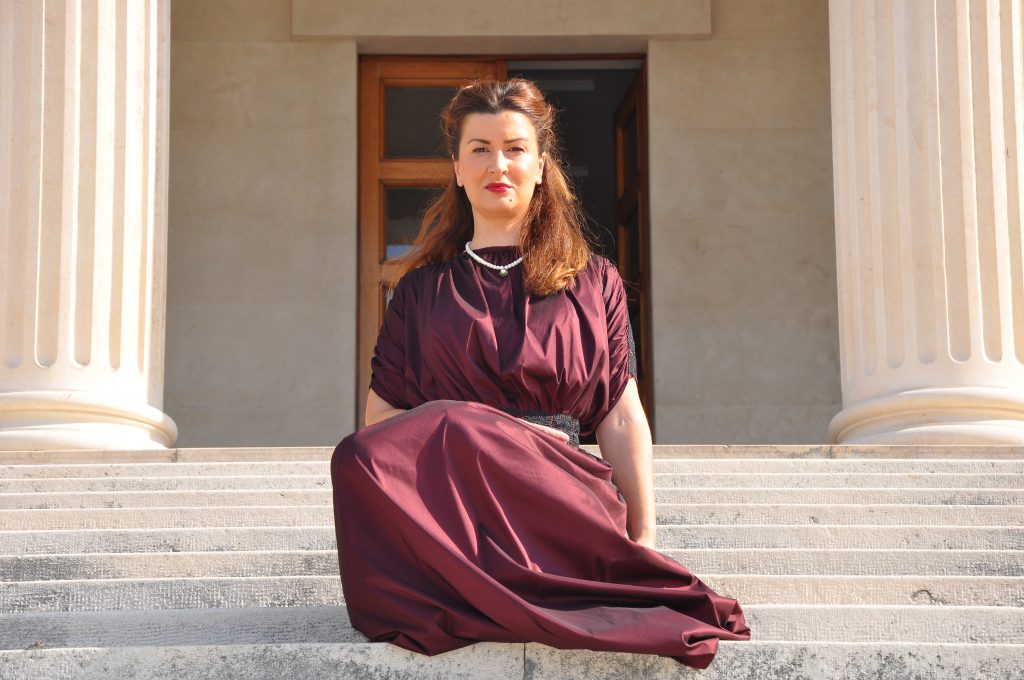
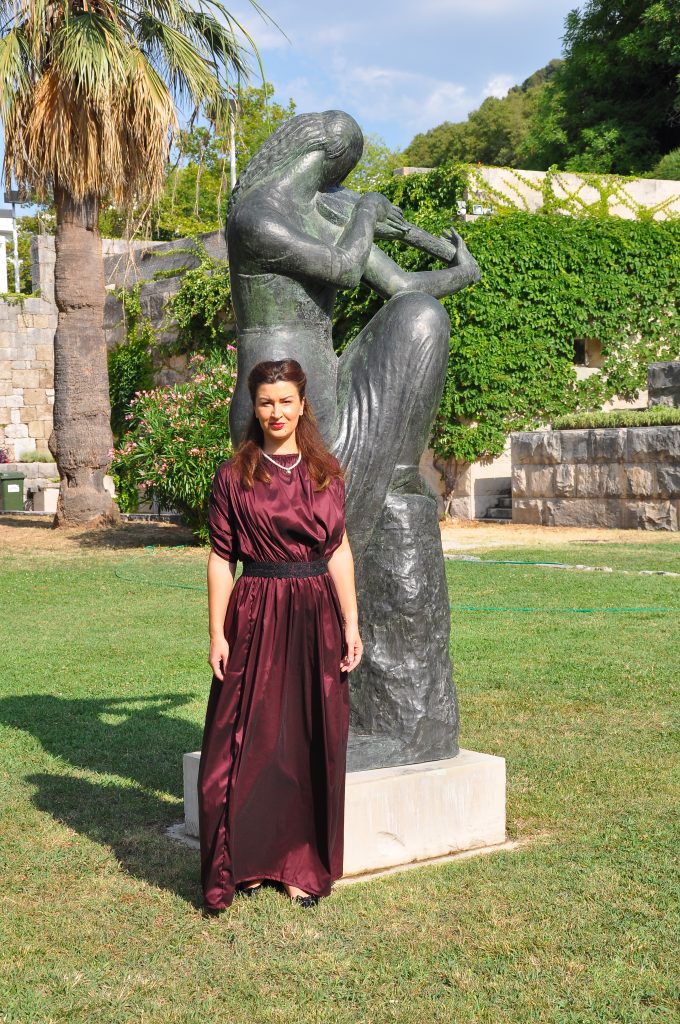
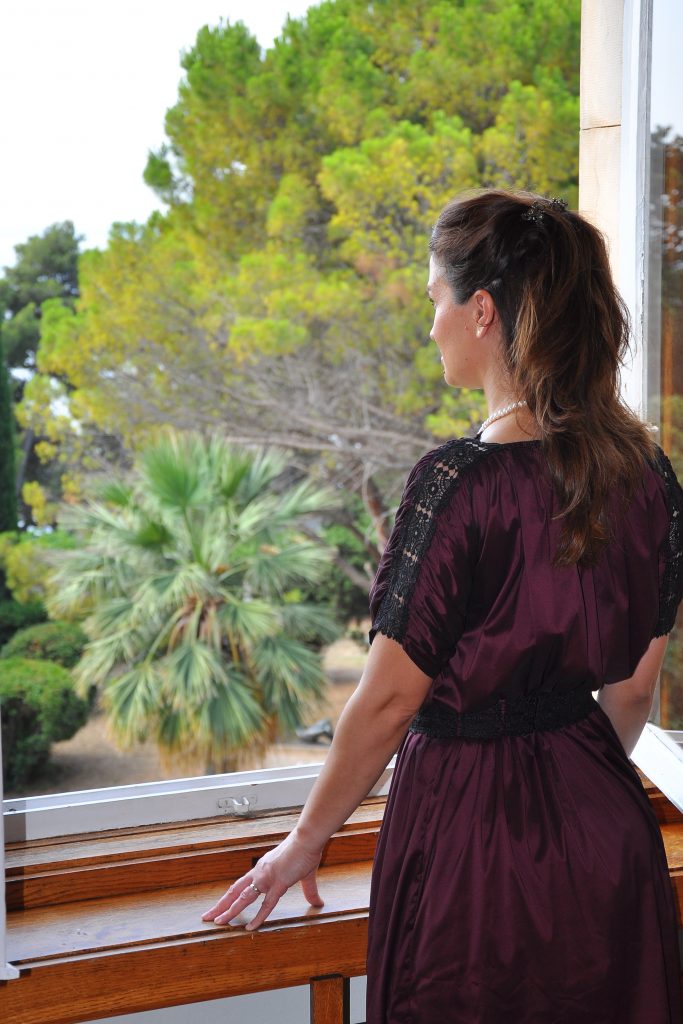
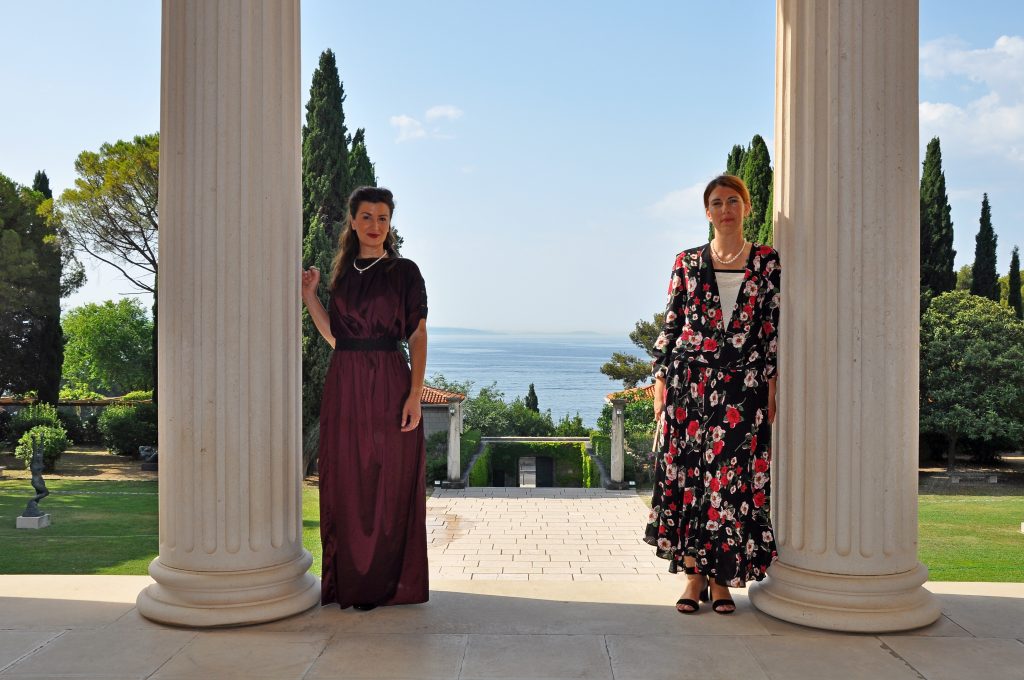
INTERPRETATION TOUR: MARKO UVODIĆ FROM SPLIT
INTERPRETER: HRVOJE COKARIĆ AND MARINA ABRAMOVIĆ
LOCATION: THE NATURAL HISTORY MUSEUM AND ZOO
The interpretation tour includes short stories by Marko Uvodić, published in his work Libar. The focus is on the coexistence of man and donkey in Split, at the beginning of the 20th century. In practice, this is a fifty-minute costumed interpretation of historical heritage, which begins with a walk in the fishing port of Matejuška, through Veli Varoš, and ends in the forest on Marjan, above the church of St. Nicholas. The interpreting team includes both an interpreter and a donkey.
The story relies more on research and the presentation of the coexistence of man and donkey in the Split of old, rather than on highlighting the historical locations of Veli Varoš and Marjan. The focus is placed on bringing the culture of the Split peasant closer, in the historical, political and cultural context of the then Split and of Europe as a whole.
The introduction refers to the then culture of the "little man" from a rather cynical point of view, avoiding the glorification of the local culture. This sort of interpretation is approached critically and satirically and the presentation is suitable for groups of 2 to 20 people. In addition to the standard fifty-minute interpretation, there is also a shortened version of 30 minutes, which ends at the first lookout, and a more extensive version of 70 minutes, which ends at the Split Zoo. The interpretation tour is suitable for people over the age of 10, but is not suitable for people with disabilities due to the relatively long walk involved in the tour.
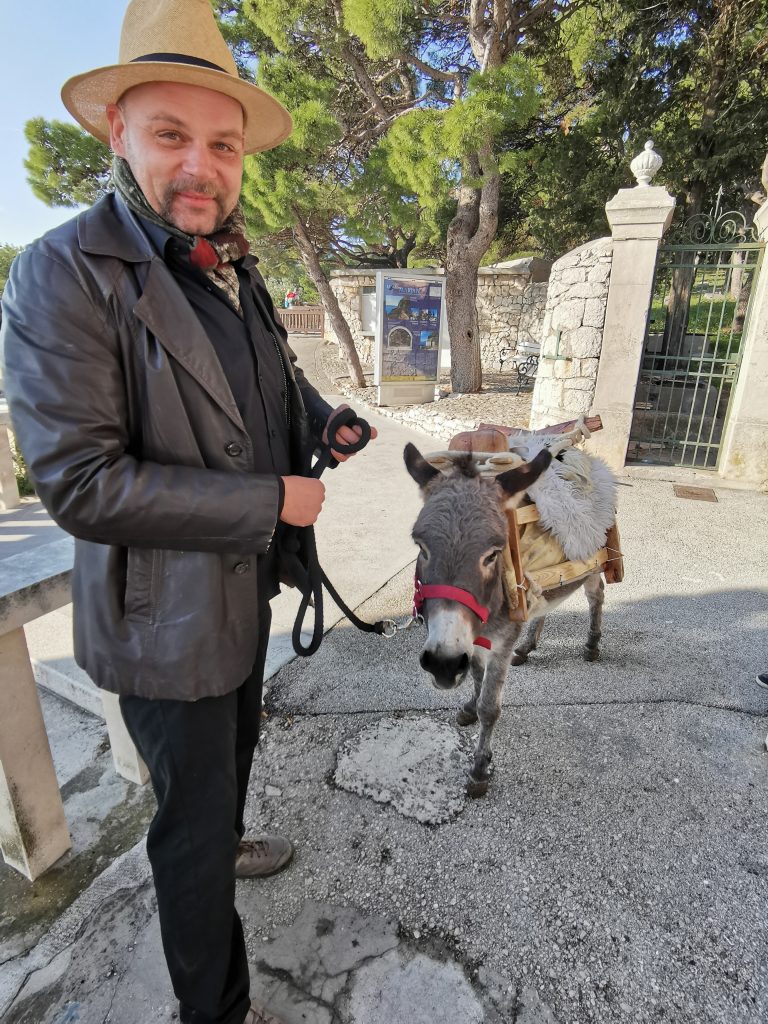

Hidden island stories which will lead you to an unforgettable experience dominated by ancient times and full of legends
The idea behind the Dalmatia Storytelling destination is a unique storytelling platform that allows you to get better acquainted with unforgettable, authentic, emotional Croatian stories through something different and unusual.
In this edition of the article, we’re going to take you in search of Viver, a mythical creature that lives in the hidden caves of the mystical Brač village of Dol, a walk with the Renaissance poet Petar Hektorović, and to get to know the cultural heritage of Komiža - a wealth of fishing heritage.
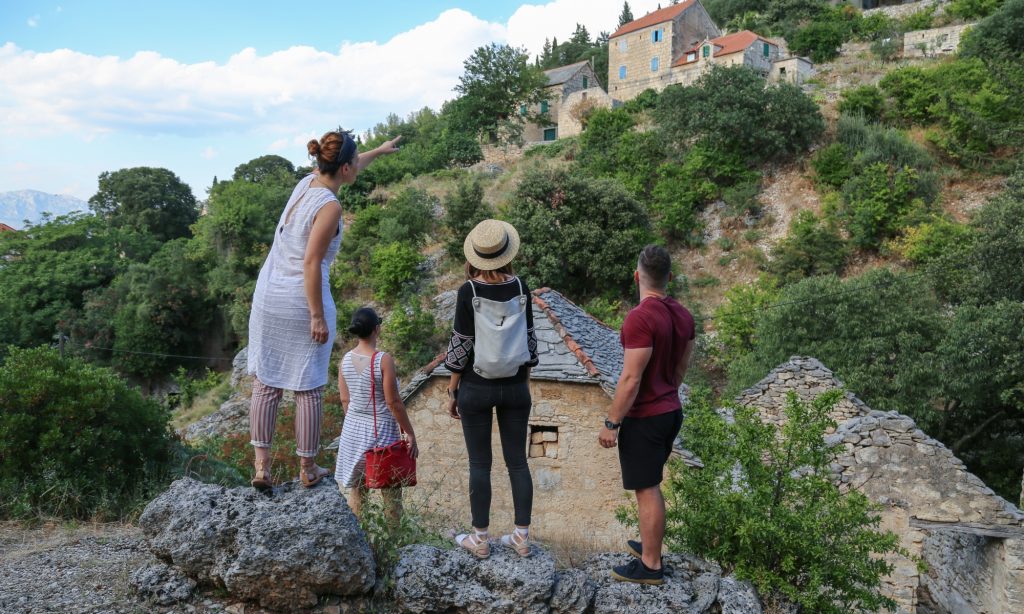
"In search of Viver"
Interpreter: Ivana Gospodnetić
The inhabitants of Dol on Brač know about the mythical creature that hides in their caves, and they call him Viver. He can only be found in Dol, and if you are lucky, you might even be able to hear him calling.
About the village of Dol:
Dol belongs to a series of twelve old medieval settlements located in the interior of the island of Brač, sheltered at the end of a deep fertile valley, surrounded by steep hills topped with beautiful medieval churches, and at the foot of inexhaustible springs of water. Today it has about a hundred inhabitants living there, and at the very entrance to this small place lie breathtaking houses traditionally covered with stone slabs, as well as numerous caves made up of the grainy hrapućuša stones which were once human dwellings, which are currently used as shelters for cattle, places in which to keep firewood, a dwelling for pigeons, owls, but also Viver!
About the walk:
In an interpretive walk through the village, we’ll take you to meet the mythical creature that hides in the caves of Dol - Viver. One guide will embody many Dol locals who will take you to the past of this little village and directly to some of the legends and beliefs of its inhabitants.

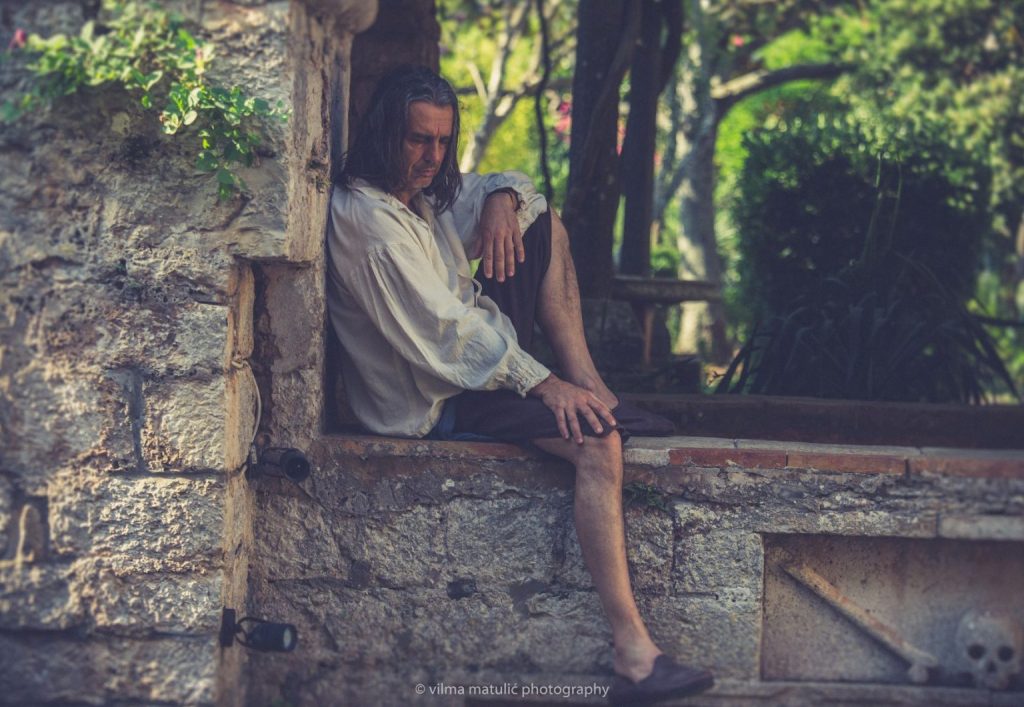
This cultural-interpretive walk is carried out as part of the Dalmatia Storytelling destination project. It is dedicated to Petar Hektorović. It takes us back in time, deep into the past, and teaches us how the hand of fate brought Petar Hektorović to Tvrdalj, and how he wrote his ‘’stone book’’ in Tvrdalj. It then points out the reasons that prompted Hektorović to write his famous work “Fishing and Fishermen’s Talk’’, what his favourite cake was, what it was like to live in Stari Grad at the time of the plague, which Saint Roch (Sveti Rok) means to Stari Grad and what Petar’s role in all of that really was. It also tells us about his granddaughter Julija and the famous Tintoretto.
The interpretive tour of the Renaissance poet Petar Hektorović is the story of a person who was born during the awakening and renaissance on the island of Hvar. In a cycle of virtues and abilities, we will discover how he could swim strongly and resourcefully like a fish in their very own pond. Tvrdalj, the ‘’Fishing and Fishermen’s Talk’’ book, the Saint Roch Church and St. Peter the Martyr, is a thematic line that follows his life, actions and eventually - his death.
"At my Fortress, the fortress which adopted me" begins the story of the life of the famous Renaissance poet and nobleman Petar Hektorović. The saga reveals the details of the situation from life on the island of Hvar way back in the sixteenth century and how, under the scarlet cloak of this most unusual nobleman, and yet a true representative of the Renaissance period, the heart of a man who loved, understood and appreciated people regardless of their class and affiliation, beat strongly.
Tvrdalj
The starting point of the storytelling tour about Petar Hektorović is the easily visible facade of the Tvrdalj summer house. In front of the building, guests get the impression of the size of the building, which is followed by a story about the no less famous poet. Through the main wooden door you enter the "portego", a lobby with barrel vaults, numerous antique chests and an attractive toilet area from back in the sixteenth century. Heading out on the south side, you enter the very heart of Tvrdalj, a real microcosm in which all God's beings are welcome.
Our host, the good spirit of Tvrdalj, teleports us into an oasis of peace and quiet, dominated by a real glittering emerald pond, framed by stone arcades and inscriptions from all over the world.
A view to the north reveals an interesting construction of a gazebo tower and a dovecote. From there we head over to the "glamorous" park. There sits an oval stone table and there is an interpretation of Hektorovic’s famous ‘’Fishing and Fishermen's Talk’’. In that very place and at that same old stone table, on clear days, Hektorović received friends, and enjoyed singing songs with them, feasting on Stari Grad peppercorns paired with a glass of prosecco. Heading from the park along the corridor to the west, we come to an ethnographic collection with exhibits of typical Hvar cuisine and a tavern where the Hektorović family used to gather together for a meal.
Saint Roch’s Church
This church is ideologically connected to the character and works of Petar Hektorović, who made the designs, financed the construction, and bequeathed the funds for its completion. He built this church and gave it as a gift to his city and his people in need, without whom he would not have completed his stone symphony, his Tvrdalj. Namely, back when the plague was ravaging Europe, people were influenced by St. Roch and sought help, so, Hektorović, being more noble than any other nobleman, decided to build a church with the name of that saint on his own property. In constructing Tvrdalj, Petar Hektorović built a strong friendship with the local people and in that way, he thanked them.
The Church of Saint Peter the Martyr
This church is the final resting place of Petar Hektorović and his mother Katarina. Above the main door of the church is an inscription about the unpleasant events which occurred back in 1571 when the marauding Ottomans attacked all of the major towns on the island of Hvar, including Petar’s own Tvrdalj in beautiful Stari Grad. The museum of the Dominican monastery, which is located within the church itself, preserves the unique Tintoretto altarpiece that once adorned the tomb and altar of the Hektorović family. The motif on the altarpiece "The Lamentation of Christ" hides an interesting fact within, and is therefore an unmissable point of interest for every single visitor.
This concludes the interpretive walk and the thematic line that follows and honorus the life, work and the death of Petar Hektorović.
Interpreter: Klaudija Gamulin
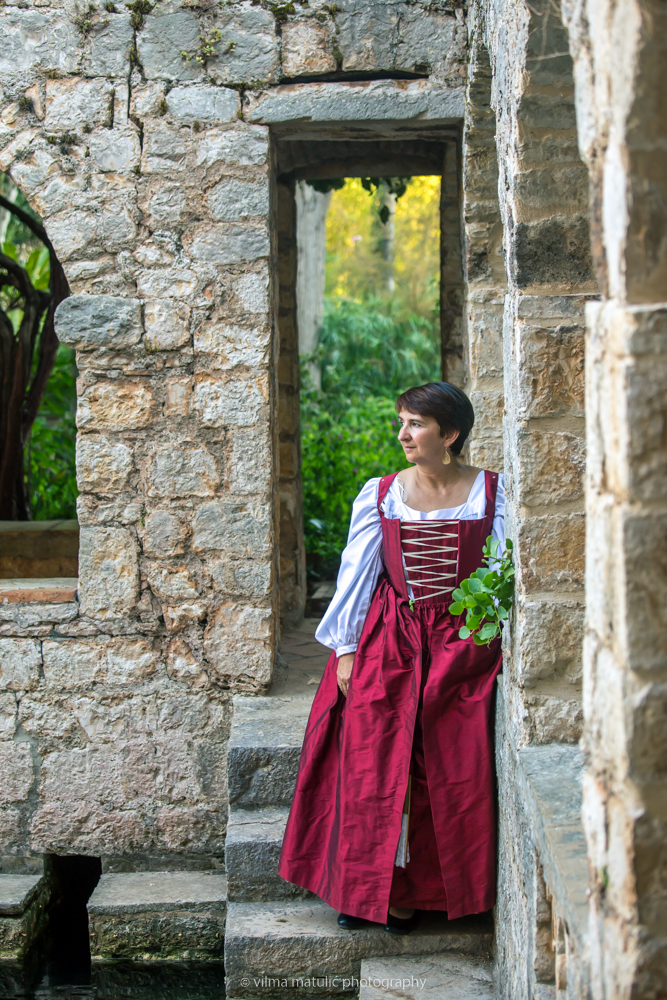
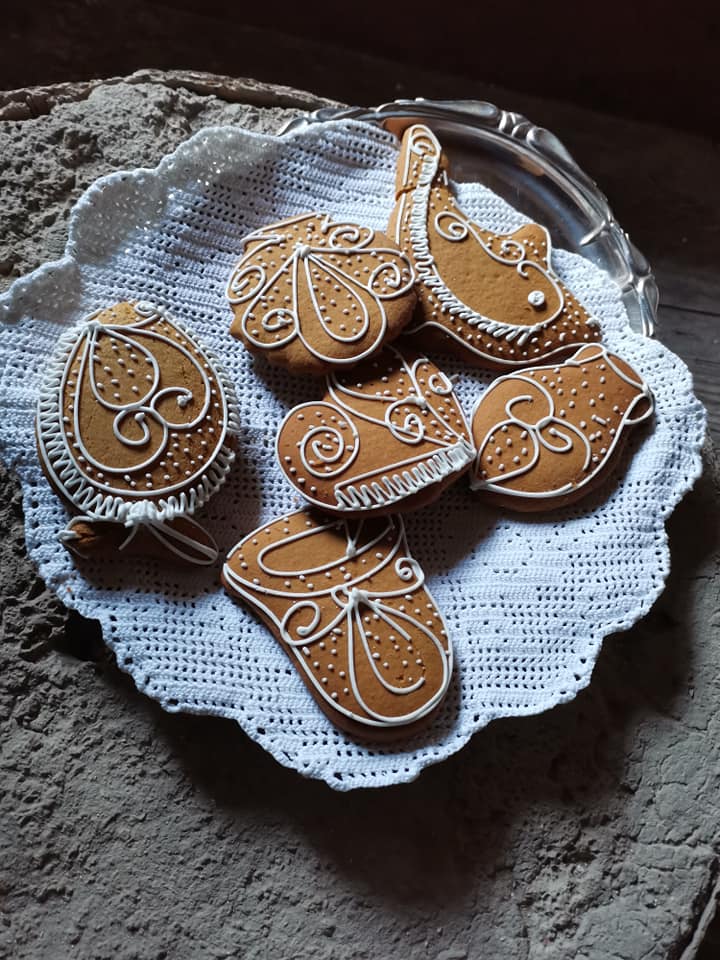

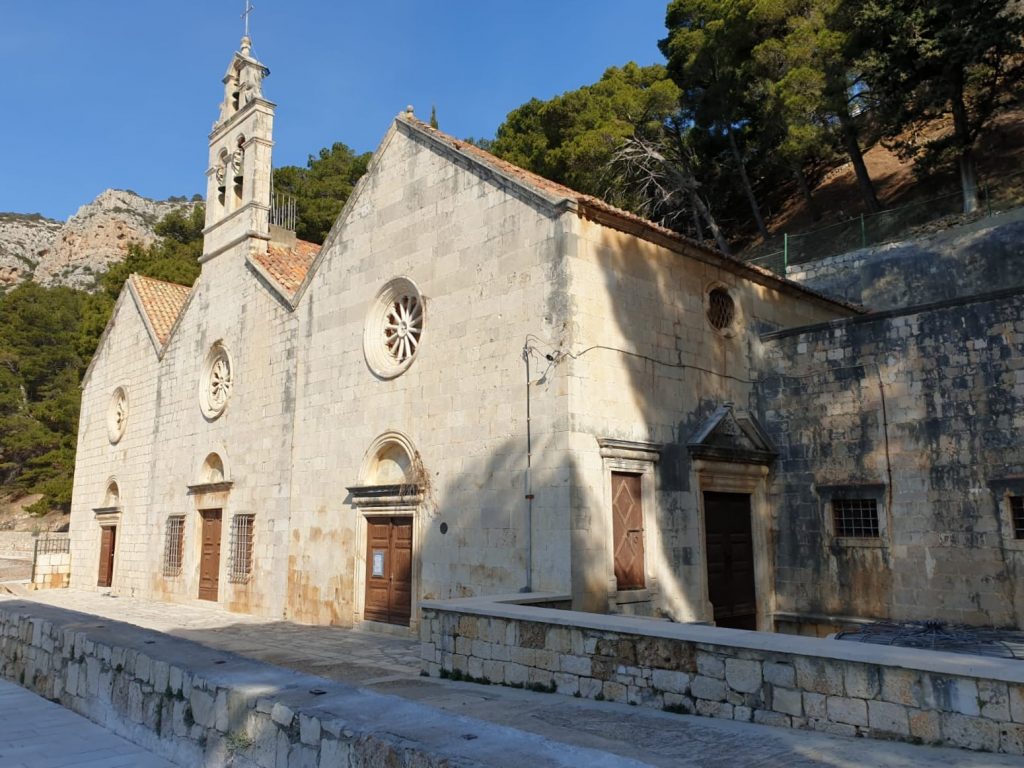
Komiža’s fishing cultural heritage
Interpreter: Dora Čukušić
The Church of St. Mary is often referred to as the Church of Our Lady of the Pirates. It is located on the beach and was built throughout the sixteenth and seventeenth centuries. It is closely associated with the numerous legends of pirates and the fishing heritage of Komiža, the oldest fishing village in the entire Adriatic.
Throughout history, the islanders have struggled with many adversities including pirate attacks. There are a few legends about pirates and the origin of the name of this church, and one legend says that pirates once stole a picture of the Virgin Mary during the robbery of the church, but they couldn’t sail with her on board at all, managing only when they threw her off the ship.
Another legend says that they successfully sailed away with all of the treasure, but they were caught in a severe storm and they began to become unstuck and slowly sink, but the picture’s end was a little different...
As for the construction of the church, there are several variants, in one church document from local folk tales it is stated that a man from the Ivčević family was told three times in a dream that a picture of the Mother of God was somewhere on the shore and then he ended up discovering it in a small cave while fishing in the Komiža waves.
According to another story about the construction of the church, the Mother of God appeared to a fisherman while he was fishing and told him to go to the pastor and tell him to build a chapel for her. The pastor did not trust the fisherman at all until he read with his own eyes the miraculous inscription of Our Lady on the fisherman's back and then set out to build her the most beautiful church possible.
The Bishop of Hvar approved the construction of this church with a bull issued in Zadar back in 1513. Local fishermen's income from catching sardines, mackerel, anchovies and other species successfully supported the fraternity, the Parish church of St. Nicholas and the church of Our Lady of the Pirates, and the prayers addressed to the Mother of God ensured their protection and blessing, or so the people of Komiža believe.
A source of water flows beneath the church...
Thanks to having a very specific geological background, the island of Vis has its own drinking water which comes up from underground and just below this church lies one of the water sources that flows through the channels from the central altar through to the beautifully decorated well which boasts reliefs of biblical scenes out in the churchyard.
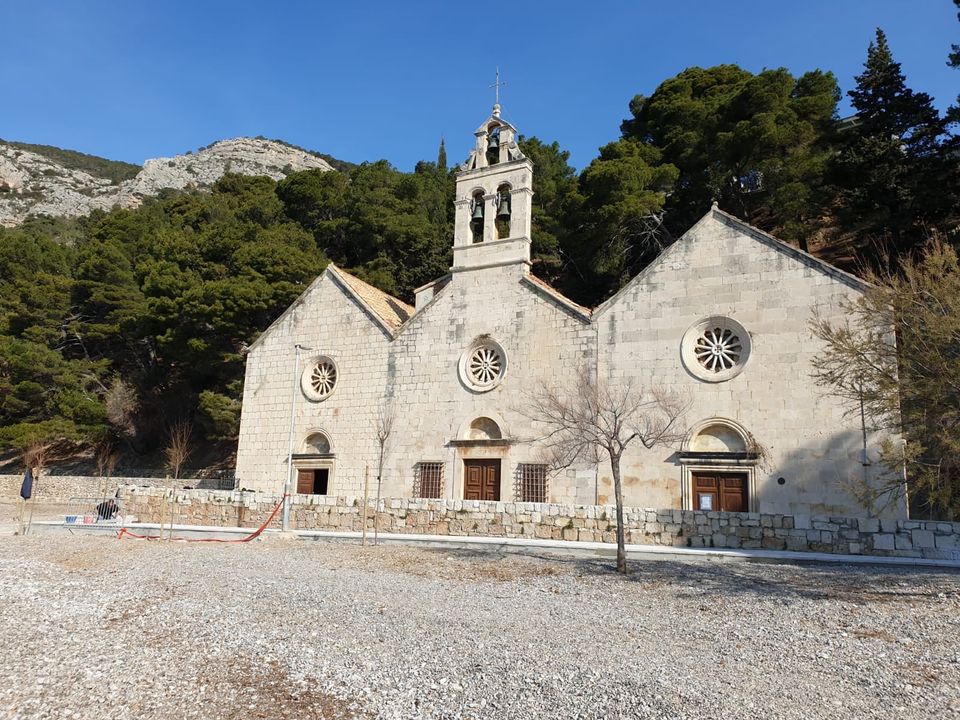
DALMATIA - STORYTELLING DESTINATION Expounding tours to revive the chequered past of Croatian aristocracy in Dalmatia
Expounding tours of Kaštela, Solin, and Trogir
Kaštela, Solin, and Trogir are small towns in the vicinity of Split. Expounding tours within the Dalmatia Storytelling Project revive the chequered past of Dalmatia, its turbulent history, adventures of the nobility, and a beautiful love story. Kaštela was ravaged by the Turks, to which many remains of buildings bear witness, but is nowadays known for its first-class olive oil and wine. Solin has a different history: It is proud of its royal love story and boasting its beautiful basilicas. "Little Venice" proudly tells the story of a noble family who left their love in Trogir.
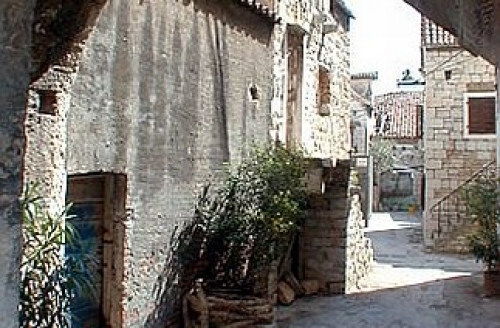
Expounding tour Roots of Dalmatia
Kaštela, a place near Split, is known for its turbulent history and its extra virgin olive oil that is genuine liquid gold, and its top wines, the most famous of which is Crljenak Kaštelanski or Zinfandel. Expounding tour Roots of Dalmatia familiarises with the way of life in Kaštela between the 5th and the 21st century, long past hallmarked by struggles, survival, and outstanding courage of local inhabitants. This region was exposed to attacks by Turkish and other invaders, as evidenced by the remains of towers, forts, and citadels.
The history of Kaštela was marked by two Croatian noble families Ćipiko and Stafileo, who built fortifications, thus defending their place in numerous defensive actions and the Venetian-Turkish wars. They were mainly landowners, merchants, and sailors who invested their funds into chapels, works of defense, and farm buildings. Peasants and farmers of Kaštela earned their livelihood by growing fruits, vegetables, and cereals and processing olives and grapes. Many former customs have vanished into oblivion, yet wine and olive oil are still part of the tradition. Taking a walk, visitors will learn about the historical development, which has made a dent in today's life of Kaštela and Dalmatia and enjoy the extra virgin olive oil.
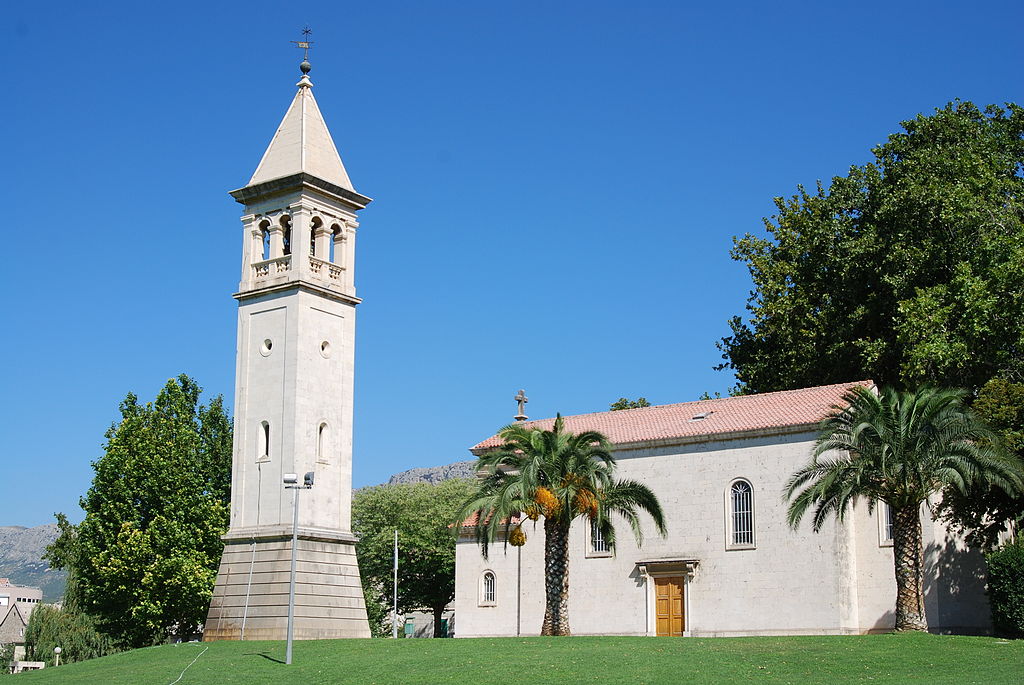
Royal stories from Solin
With the help of the governor of Zadar, ban Pribin, the young king Mihajlo Krešimir II of the Trpimirović lineage won the civil war against his brother Miroslav and was in 949 anointed king. The following year, he cemented his alliance with the governor by providing a grant to the Zadar monastery of St Chrysogonus. There he was hit by Cupid's arrow and fell in love at first sight with a young Jelena from an aristocratic family of Madijevci.
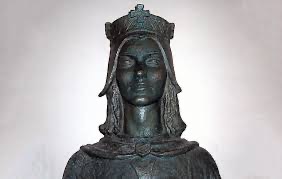
They got married and ruled from the then royal city of Solin. They had a son Stjepan Držislav, who was to inherit his father's crown. However, King Mihajlo died in a battle while Stjepan Držislav was still a minor, so mother Jelena took over the reign as regent in her son's name. During her short reign, two churches were built on the river island in Solin - the coronation basilica of St. Mary and the burial basilica of St. Stephen. King Mihajlo was buried in the St. Stephen Church, where Jelena also found eternal rest next to him in the church vestibule - the so-called Mausoleum of Croatian Kings.
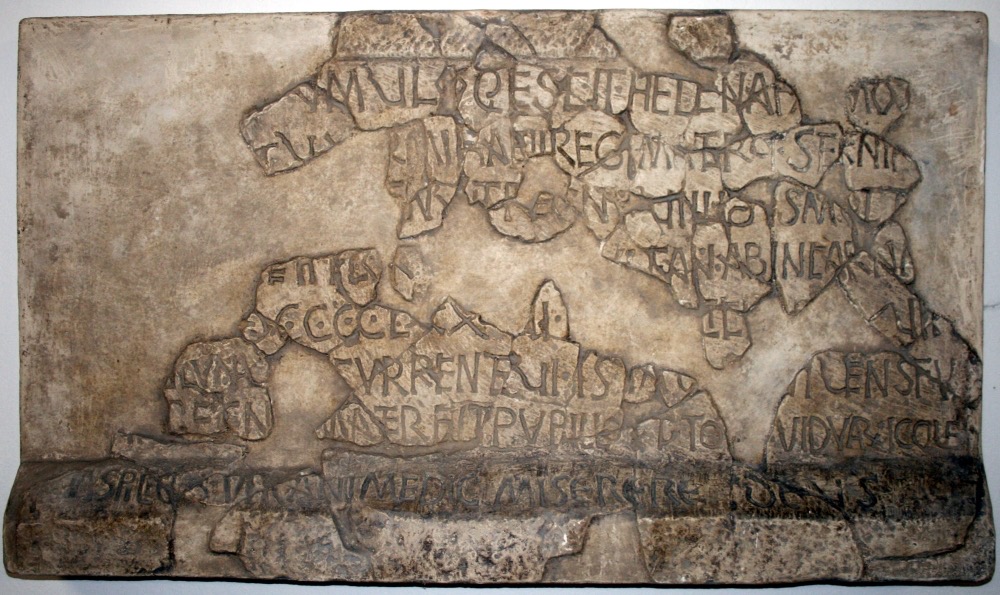
On the queen's sarcophagus, there is an epitaph testifying the genealogy of Croatian kings of the early Middle Ages: "In this grave lies the famous Jelena, wife of king Mihajlo, mother of king Stjepan. She brought peace to the kingdom..."
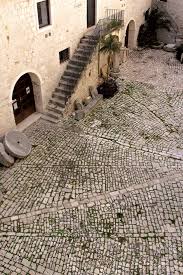
Expounding walk through the palace of the Garagnin-Fanfogna family
One of the names of the 3000 years old Trogir is "Little Venice," as it bears a remarkable resemblance to the beautiful Italian city of art. Being the most influential noble family of Trogir in the 18th and 19th century, the Garagnin–Fanfogna family originated in Venice and arrived in Trogir in the 16th century, when in the city center, a beautiful palace was built for them. In the 18th and 19th century the Garagnin family played an important role in maritime affairs, trade, and the overall economic and cultural life in Trogir and Split. Catherine (Katarina) Fanfogna-Garagnin was the last descendant of this influential noble family and the first woman in this region to keep her maiden name Garagnin and add it to her husband's name. An expounding walk takes visitors through the late Baroque palace, a venue of the Trogir noble elite, which was built in the 18th century by the Garagnini to the plans of Ignacije Macanović.
Catherine's father, Ivan Luka Garagnin, a forward-thinking erudite, was the first conservator in Dalmatia. Visitors can learn about the culture of enjoying food in the family dining room, so-called tinel. At the same time, the most impressive part of the palace is the family library, which is with more than 5,000 books, the largest in this region. It was founded by Ivan Luka Garagnin - Bishop of Rab and Archbishop of Split. It was also visited by the Austrian Emperor Franz Joseph. In addition to the valuable holding of books, it also contains all issues of the Royal Dalmatian (Kraljveski Dalmatin), which was the first newspaper in the Croatian language. After Catherine's marriage to Antun Fanfogna, the palace became Garagnin-Fanfogna. Unfortunately, the palace was devastated after the Second World War, but the family library has been preserved. Today, the palace houses the Trogir City Museum, which is indeed worth a visit

DALMATIA - STORYTELLING DESTINATION
Revival of storytelling in museums and institutions to preserving cultural heritage is a unique project in Croatia and Europe. In Dalmatia, as a storytelling destination, 14 characters of the area's rich heritage have been revived. Revival of heritage characters in museums and heritage institutions is a unique project in Croatia and Europe, reviving 14 heritage characters. In addition to this project, 23 themed tours have been created. This project, intended for tourists and the local population, is focused on providing authentic experiences of cultural heritage through storytelling. These commercial guided tours will be available through the County's storytelling platform that offers storytelling tours led by knowledgeable and certified guides wearing costumes. The project aims to preserve and publicize Dalmatian cultural heritage and create attractive 365 tourist offers in Splitsko–Dalmatinska County.
Storytellers:
Roots of Dalmatia - Ana Ivica Jakić
Royal stories from Solin – Vedrana Memiš
Expounding walk through the palace of the Garagnin-Fanfogna family – Doris Čavka
Turn on summer! Use the opportunity, a holiday for the youth in Split has never been more attractive or favourable!
Come and see for yourself just how Dalmatia and Split have so much more to offer than sun and sea. Climb up to mountain peaks, surf the waves, explore the underwater world and experience the magic created by nature. Discover the beauty of living in good company and enjoying some unforgettable adventures…
When we look at the events that have happened to us throughout 2020 so far, it might occur to us to simply turn a few pages of this year’s book because we don’t like its content. The epidemic, the unemployment rate, not being able to go to school and college, quarantine, earthquakes, etc. These are all topics worthy of apocalyptic novels, they’re not so much the coveted light summer reading for relaxation.
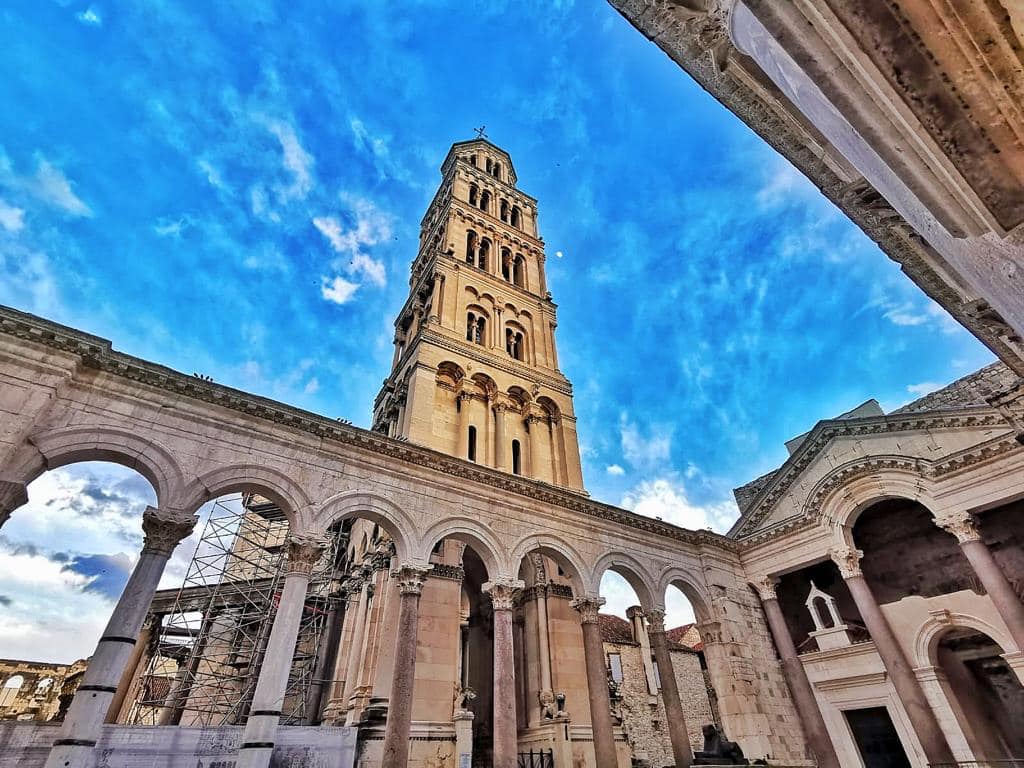
The Student Centre in Split has made an effort to bring a ray of sunshine to these apocalyptic pages of the book and instruct us not to give up so easily when it comes to 2020, but to simply "turn the page of life’s book" into summer.
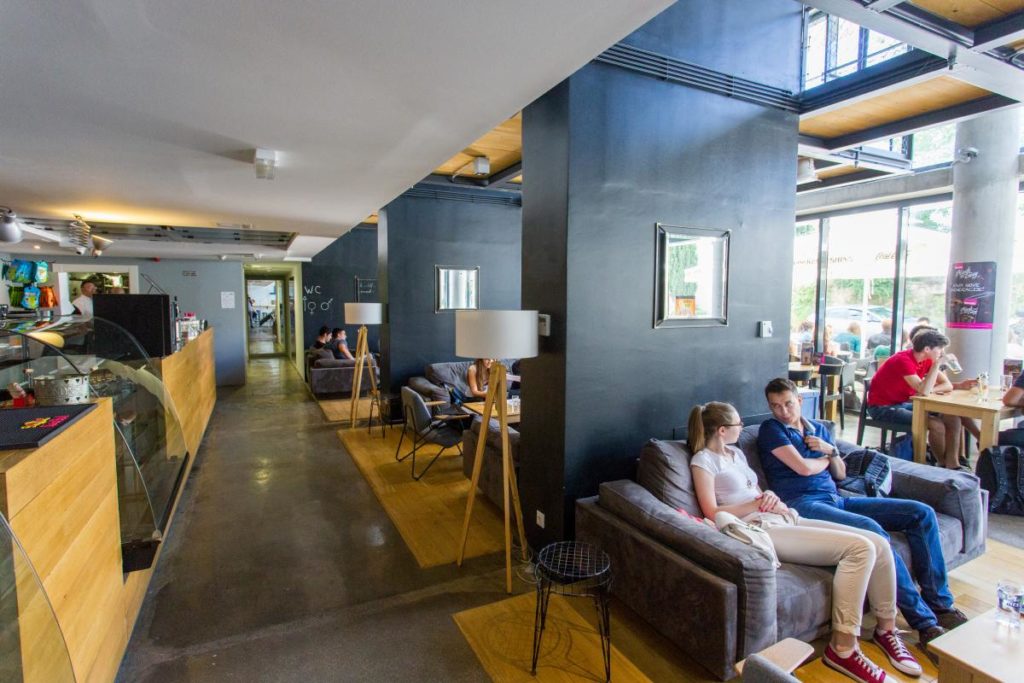
Okreninaljeto.com is an application from the Student Centre in Split for all those who want to capture some beautiful memories in 2020. The purpose of the page is described in the slogan "Breathe freedom, feel happiness, experience adventure", and these three things are what young people are longing for the most in 2020. For young people from Zagreb, Zagorje, Slavonia, Bosnia and Herzegovina, and other neighboring countries, summer in Split has never been closer and more accessible.
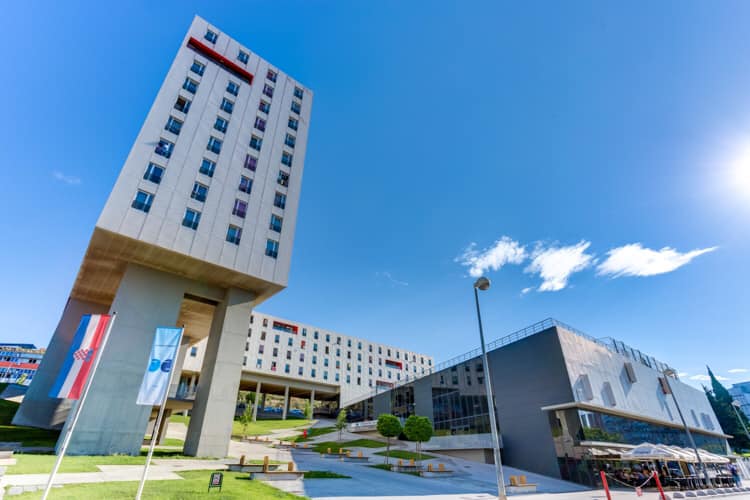
Accommodation is provided in two student hostels located on the Campus and on Spinut. These modernly decorated hostels are located close to the beaches. In order to have a carefree holiday, the Student Center has also made sure to provide daily room service.
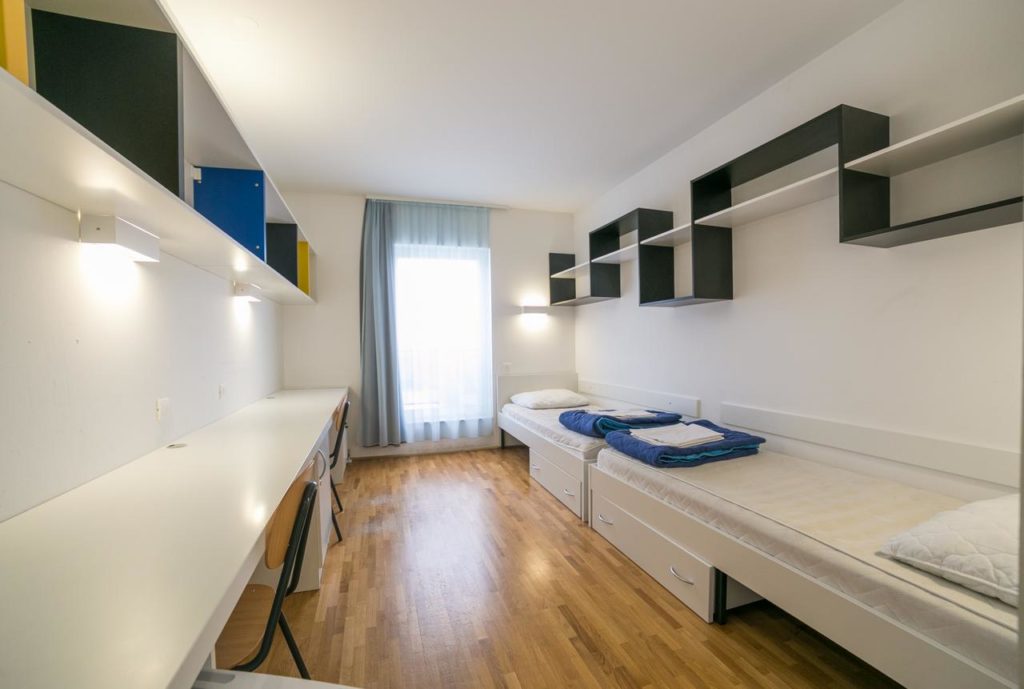
Each room has a private bathroom, and parking is provided. The hostel has sports fields, a gym and a sports hall. Guests can also use the lounge area with game consoles and laundry facilities.
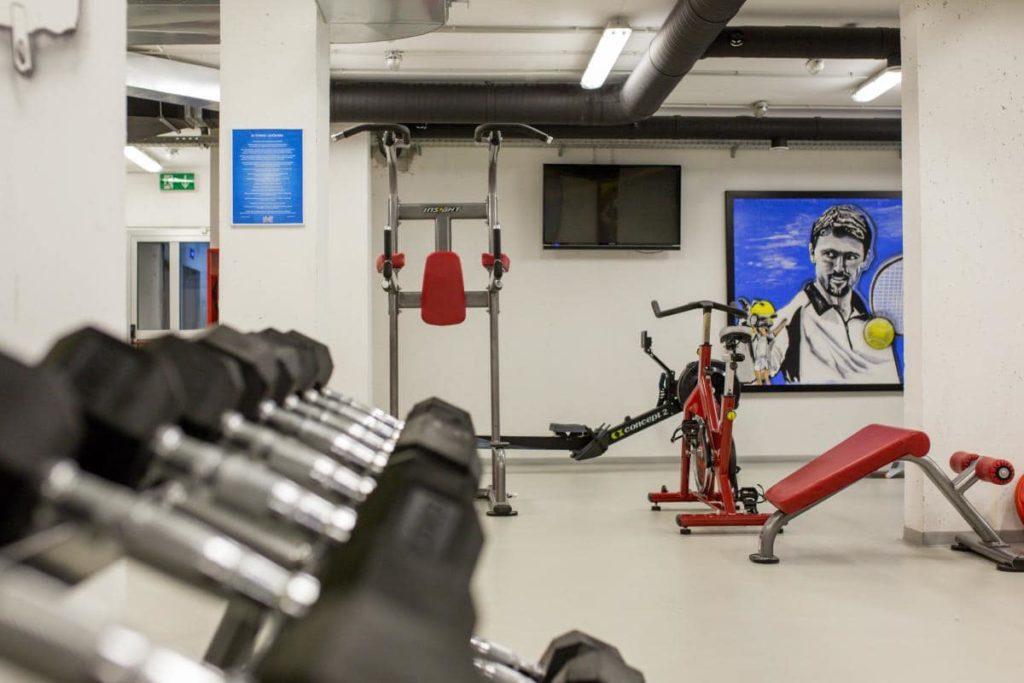
Inside the building, there is a coffee bar where you can find refreshment during the summer evenings. So, everything you need for an ideal summer vacation is right here.
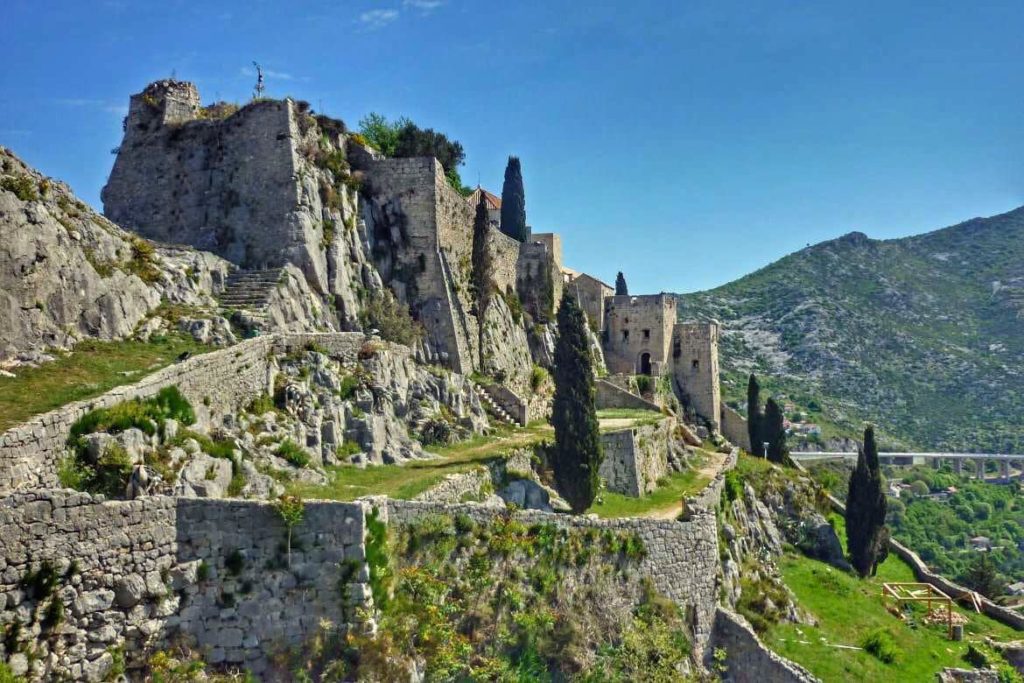
It only takes a few clicks on the page to make the right decision. In addition, in the application itself, you can find the answers to some logical questions that arise:
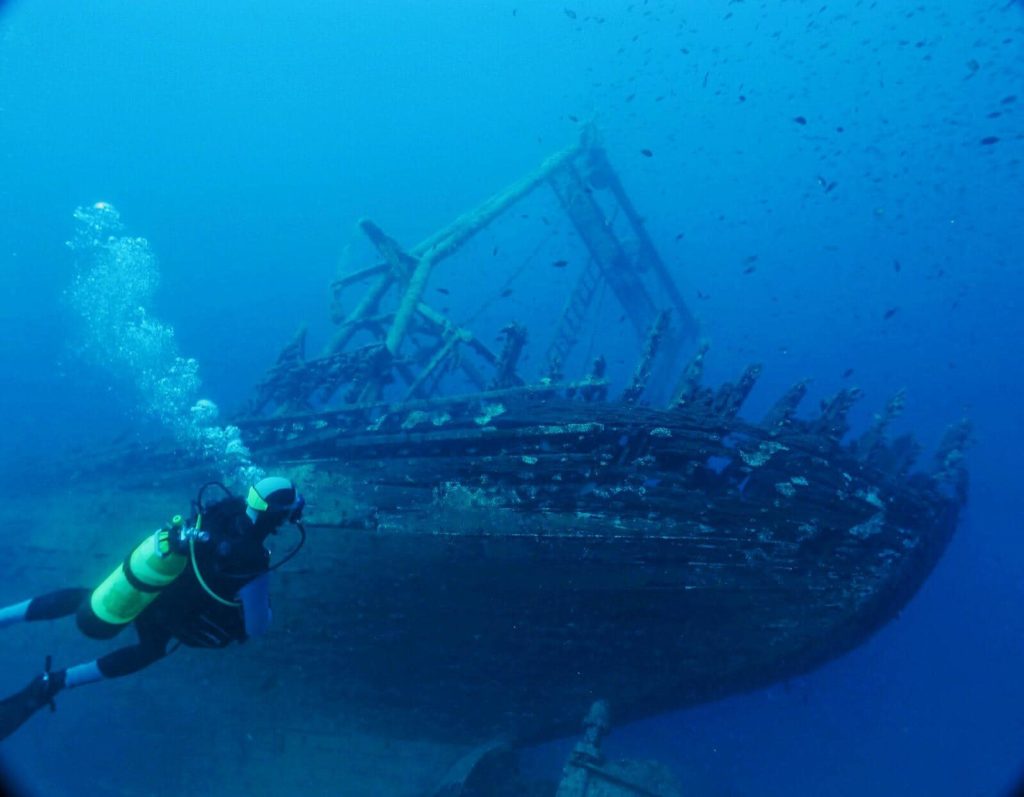
-How does one spend time creatively in Split?
-What natural and cultural sights are there to visit in Split and its surroundings?
- Where is the best place to have fun?
The prices are more than favourable, so for seven days in a double room, you'll pay 90 euros (680 hrk), and if you decide to go half board, the price will be 125 euros (942 hrk) for seven days.
It's time to turn towards a new page in life.
It's never too late to make great memories. Not even in 2020.
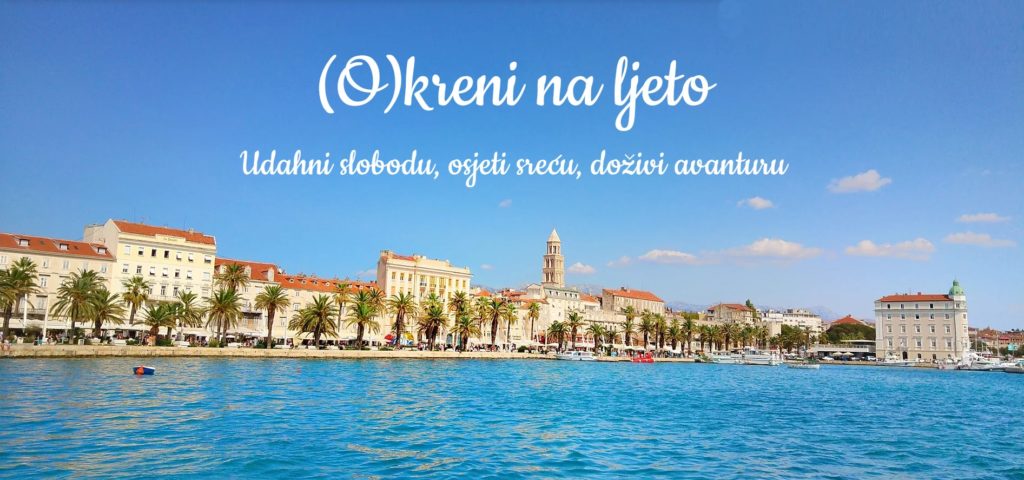
"Servus My Fair Zagreb" – Storytelling your way through Croatia's capital
Do you believe in magic? If you come to Zagreb, you will see that we do. The old name of our city – Agram - says it all.
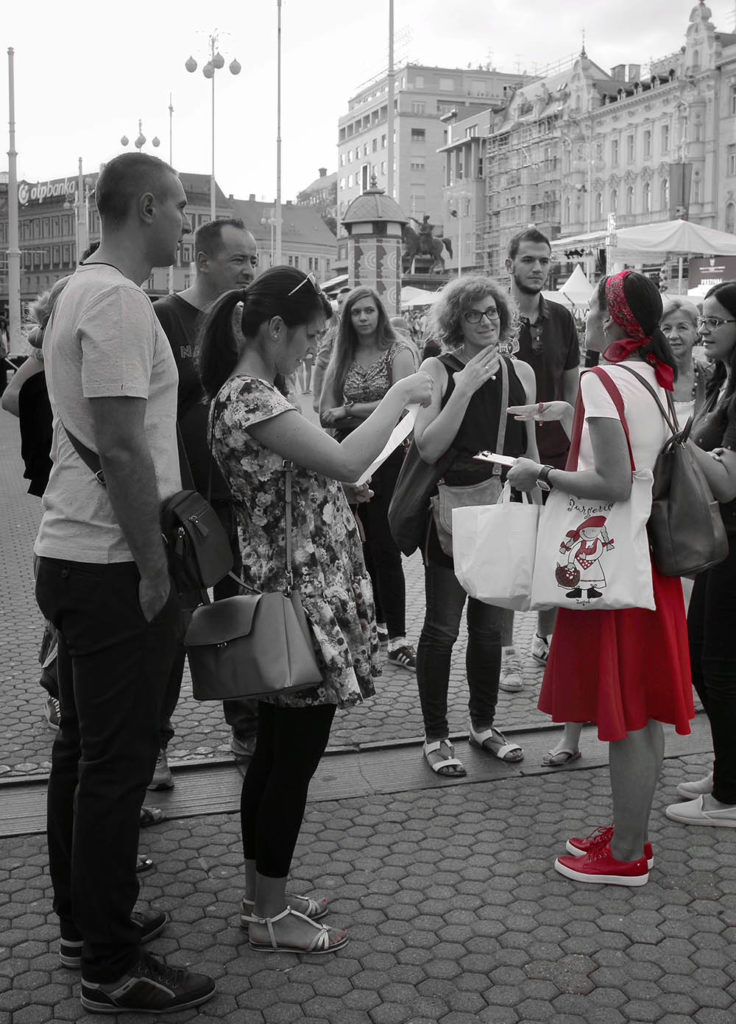
Wherever you go, there is a gram of Zagreb's most beautiful stories waiting for you. So, let us take you for a "špancirancija" with your local storyteller - Purgerica ("lady from Zagreb"), a licenced tourist guide in our capital.
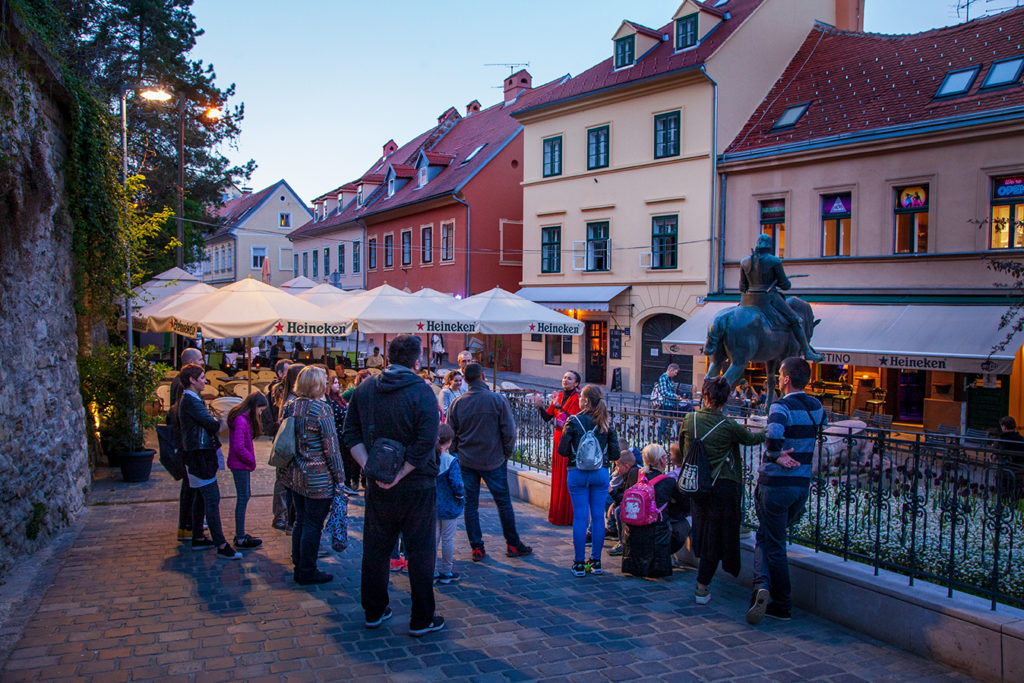
Now, what is a "špancirancija"? It is a sort of an old Zagreb slang word, derived from German, and it means a promenade-style, galant walk. And when we say galant, we mean Zagreb-in-the-Orient-Express-era-galant. Imagine this – the year is 1929, you have just stepped down from your train at Zagreb's Central Rail Station, the first thing you see is a gorgeous green park, with neo-classic palaces embracing it, a fountain humming in its centre, and a golden-yellow Art Padillion at the top of the park, waiting for your visit.
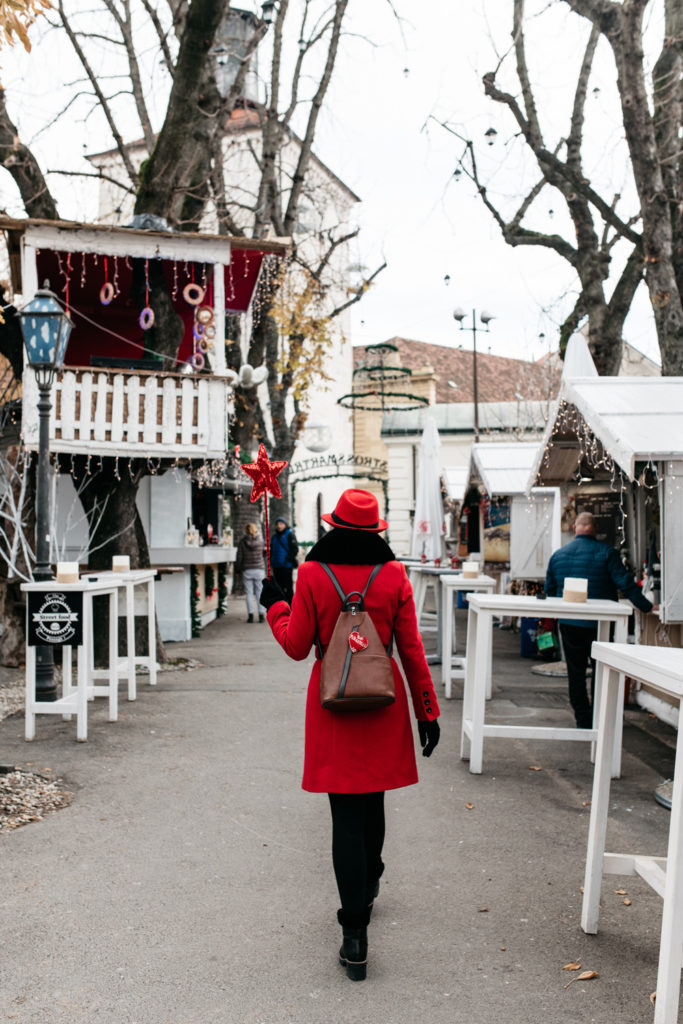
First old cars are slowly driving by, a man in a top hat is offering you a carriage ride. But no, you must go – you have arranged to meet your friends at the decadent art-deco hotel, built for the guests of the Orient Express. As you enjoy on its terrace, shaded by unusual red-flowered chestnut trees, gossip stories come to your ears. The famous Josephine Baker is in Zagreb. Welcome to "Servus My Fair Zagreb", a themed walking tour, inspired by Zagreb's crazy, jazzy, decadent 1920s and 30s!
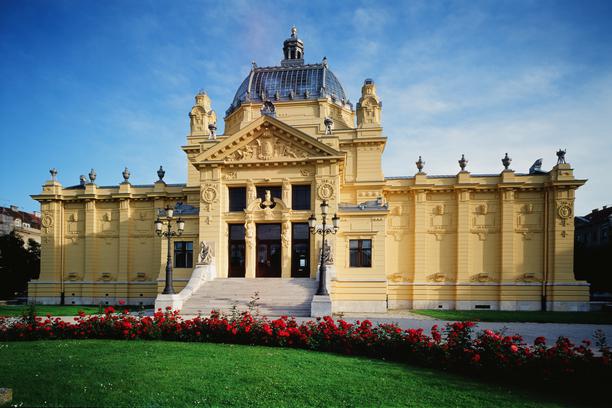
In Zagreb, it is always a good time to stop time. And then travel through it, by the magic of words, paired with the fine craft of storytelling and some of Zagreb's most famous Down Town sites. Let Purgerica tell you how time stopped at the very end of the 19th century, when the Grand Earthquake hit our capital, and forever changed its image, to a Viennese-like city, which will simply steal your heart with its hidden old-school charm. This tour will take you from the Grand Central Station, along Zagreb's most famous park – Zrinjevac, which turned from a muddy farmers market into the most wanted zone for to "see, and to be seen".
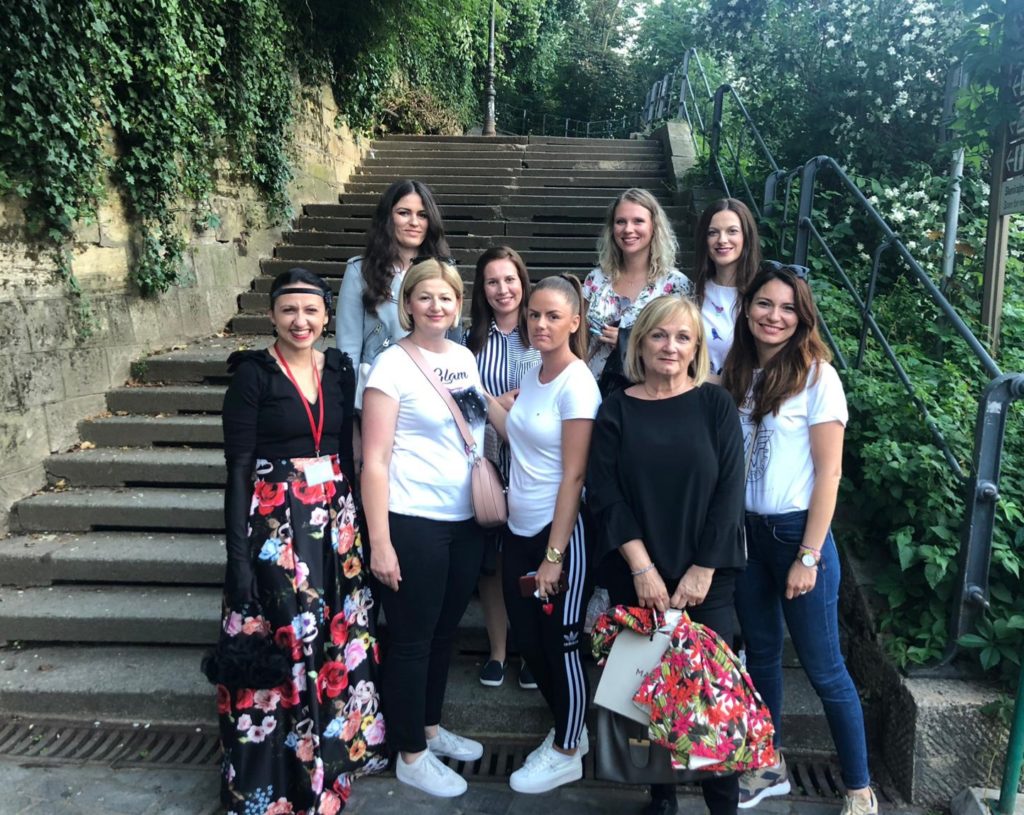
The mix of historical facts, interesting details from the lives of old Zagrebians, gossip and legends, will tell you how we built the first cafeteria and hotel, why does coffee in modern-day Zagreb have to last at least one hour, where did we enjoy Sunday matinee concerts on the open, dressed up elegantly for the occasion, and what kind of a huge scandal was brought on by a "mushroom" which was waisting too much water. Did you write something with a pen today? Great.
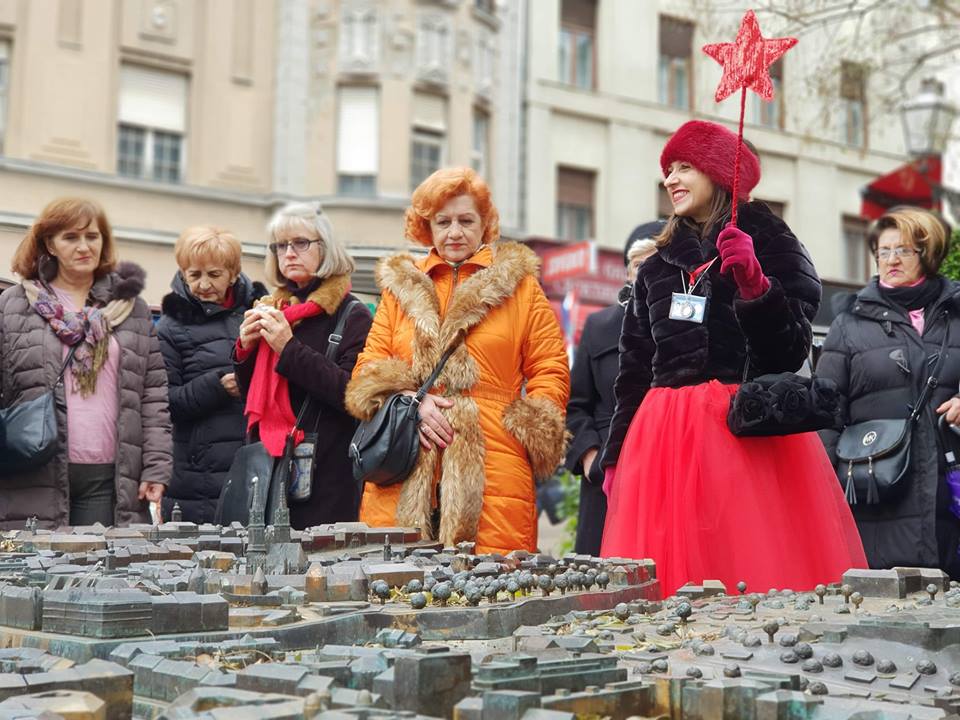
Purgerica will take you to see where Slavoljub Penkala, the famous inventor of the
first mechanical pencil, lived and what exactly did he eat for breakfast every
single morning at 10 am. Following the rails of the old-horse tram, you might
hear about the elegant, first-ever department store in Zagreb, taste some
authentic, vintage candy, wrapped in red velvet, and hopelessly fall in love
with Zagreb's Green Horseshoe, as it once was.
If we sparked interest and you
would like to take the "Servus My Fair Zagreb" tour, visit Purgerica's Facebook and Instagram page
or contact her via email [email protected] or
via text, Whatsapp, Viber or call the number: +385 91 6363 661.
Welcome to the city with a storytelling spirit!
Šolta and Vis – favourite nautical destinations of Central Dalmatia
IMPOSSIBLE TO RESIST

If you wish to explore nautical world of these two beautiful islands and their gorgeous turquoise bays, you will be enchanted by a view of breath-taking landscapes and more than rich flora and fauna hidden by caves and steep rocks of the most beautiful south-Dalmatian islands – and even by a few sunken ships or remains of Diocletian’s fish pond!


If you are sea depths enthusiast, we strongly recommend accompanying licenced guide, with whose help you can dive even at night, for especially spectacular experience!


If you are a true sea-dog, islands Šolta and Vis will not disappoint you – seamen have at their disposal modern equipped marinas, moorings and nautical ports.
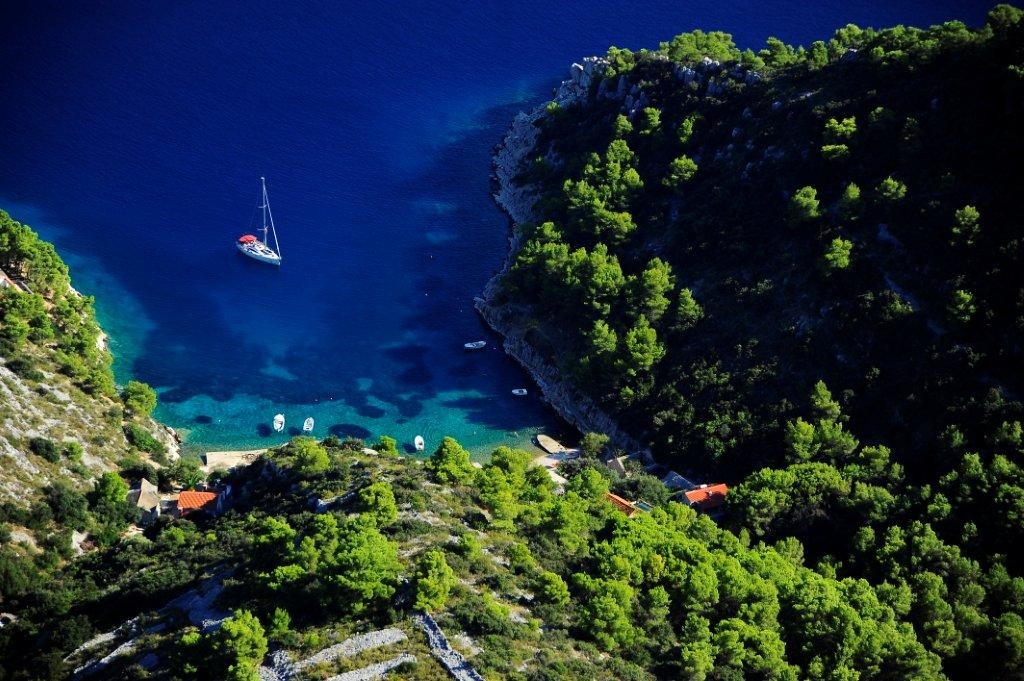

But, if you want to have a truly royal experience of the island’s treasures, in an atmosphere of original Dalmatian architecture and islanders’ way of life – in that case, the peace, untouched nature and high-quality gastro offer will be exceptionally enjoyable and inspirational!

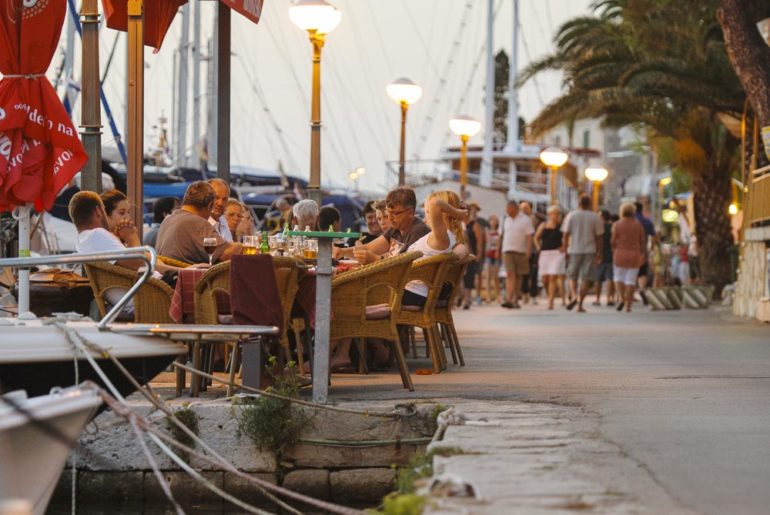
Depending on your preferences, in beautiful ambience of inland part of the islands you can hike and cycle, all roads are marked on a map available in every tourist information centre.
More: www.dalmatia.hr
Photo: www.dalmatia.hr, TB Šolta, TB Vis, TB Komiža

Hello World! Joy runs through Agentinean’s blood!
We visited Buenos Aires, heart of Argentina!
Write: Maja Zlokić
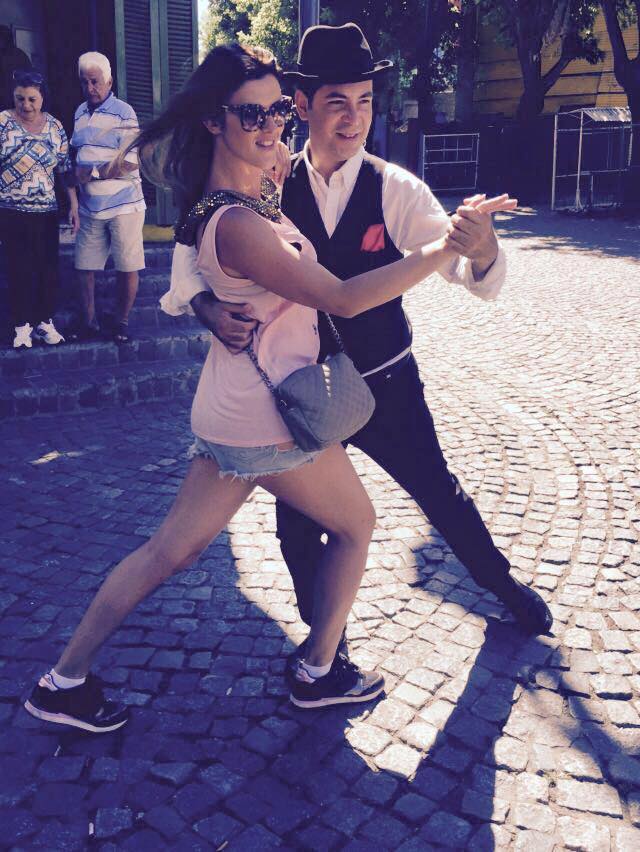
There is no better way of getting familiar with a country than hanging out with locals. This absolutely works in Buenos Aires, because of its charm and European architecture often called the South American Paris, where socializing is a number one priority and where everyone knows how to dance.
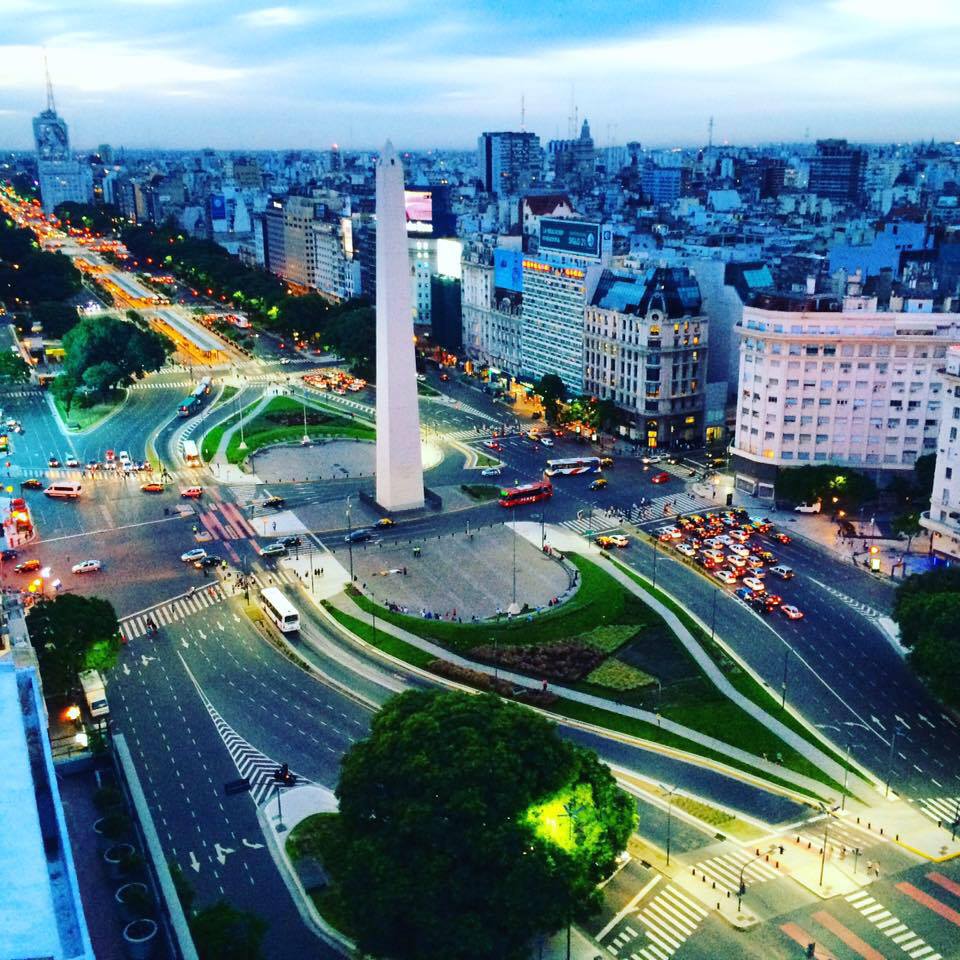
It is a home of one of the most passionate people we know. It gave us tango, Maradona, Messi, and one of the kindest popes ever! Of course, it is Argentina we’re talking about – a place where to withhold a kiss for ‘’hello’’ and ‘’goodbye’’ is considered rude. It’s as if the sun is a bit warmer there, a smile truly contagious, joy as inwrought by birth! Every true party lover wants to visit Argentina and Buenos Aires, and if you’re planning to do so, we bring you top 8 ‘not to miss’ attractions!

1. Take a photo at Plaza de Mayo. At Plaza de Mayo stands the Casa Rosada, named for its distinctive pink color. With its pink façade and palace-like design, the governmental house has served as the backdrop to countless numbers of protests, famous speeches and significant moments in Argentina’s history. Today the building houses the Argentina President's offices, where free hour-long guided tours are given at weekends and must be booked online in advance.
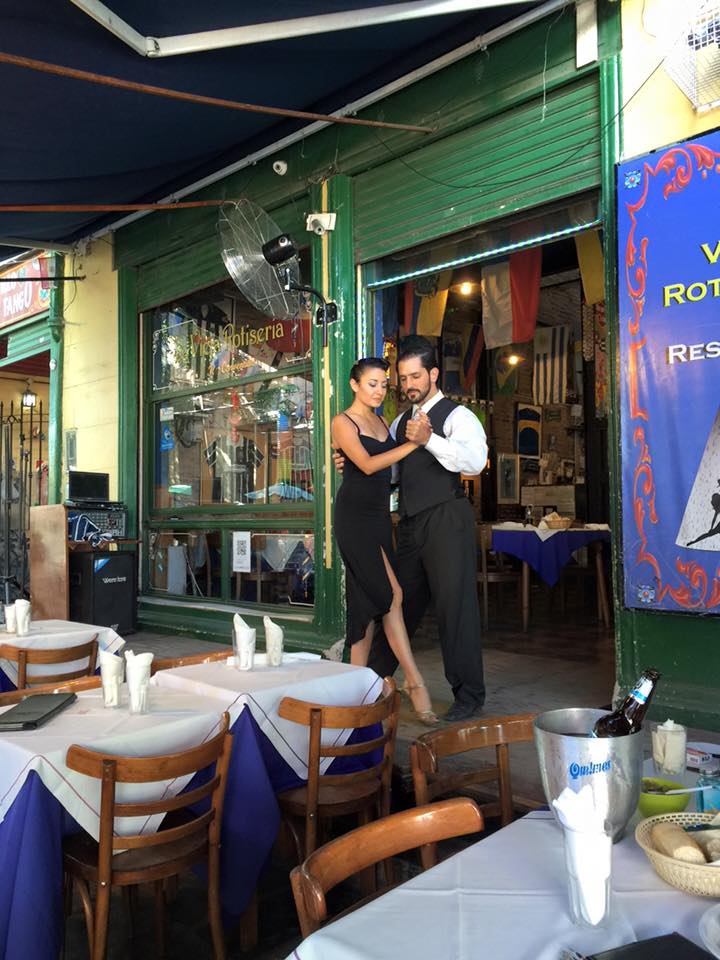
2) Dance Tango in La Boca (but not by night in any case)!
Old port district famous for colourful houses and sandy street Caminito, has pronounced European twist, therefore it is no surprising that its first residents were Italians from Genova!

You will be delighted by its shabby slum houses painted in variety of colours, an abundance of merchants and performers; but it is safe only during the day.

This district vibrates in tango rhythms and locals’ laughter – if you want to find the best street dancers and the best entertainment in the middle of the day, don’t look any further!
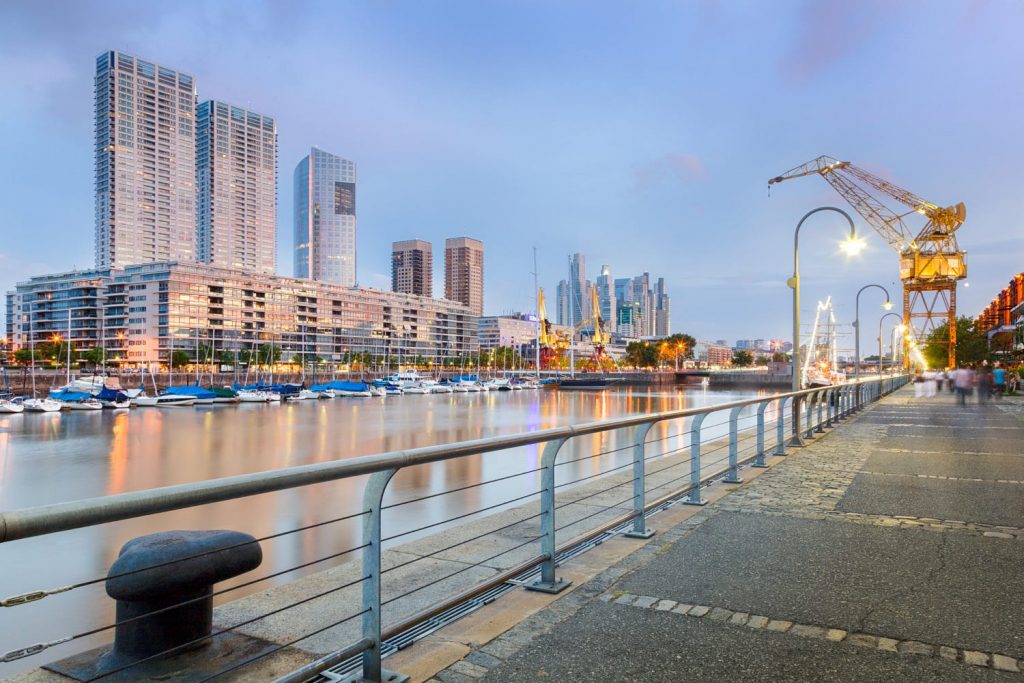
3. Enjoy in spectacular sunset in Puerto Madero district!
A view of the Puente de la Mujer bridge will show you that this neighbourhood presents the most modern architectural trends in Buenos Aires, and it is nice to know that a lot of guests from Croatia stay here!
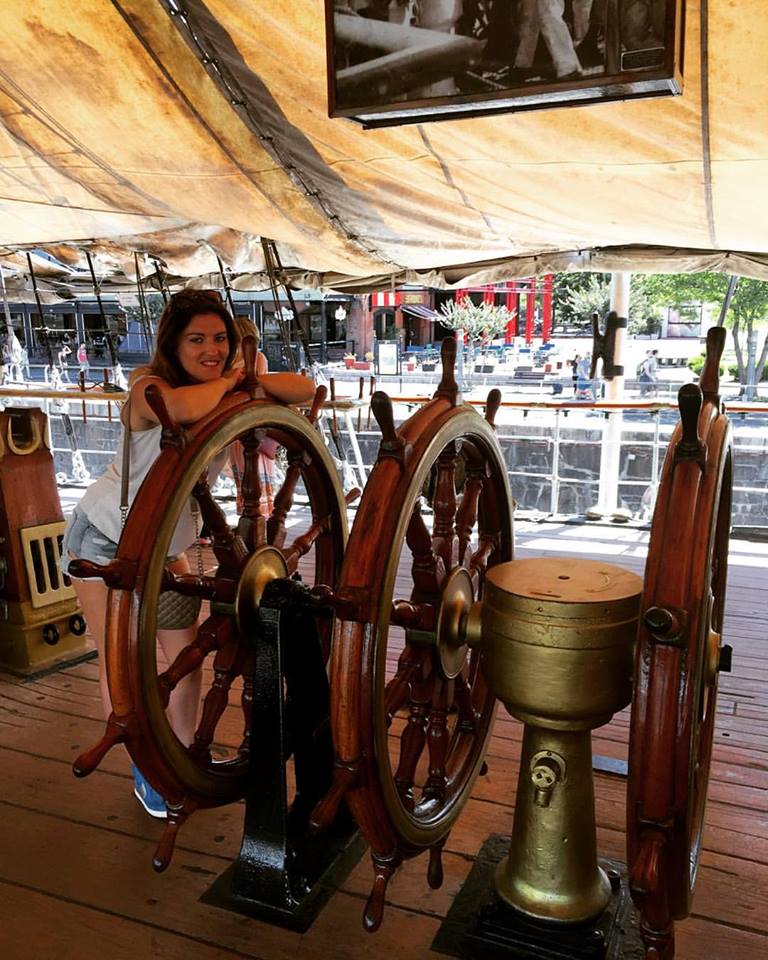
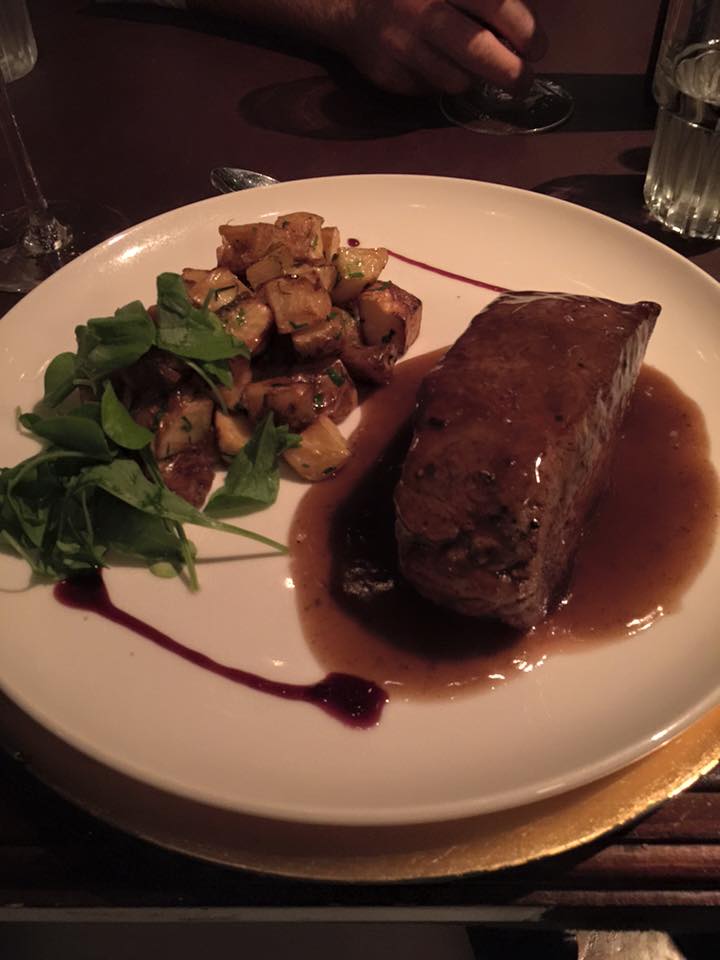
4. Try tasty Argentinian beefsteak!
You can do this is some of the best restaurants in the city: visit magical Ralph’s that will surprise you with its impressive interior, but also with dishes like Tiradito, Ceviche, Osobuco Ravioli, or Don Julio restaurant that has the best barbecue dishes -especially tasty is national dish Parilla!
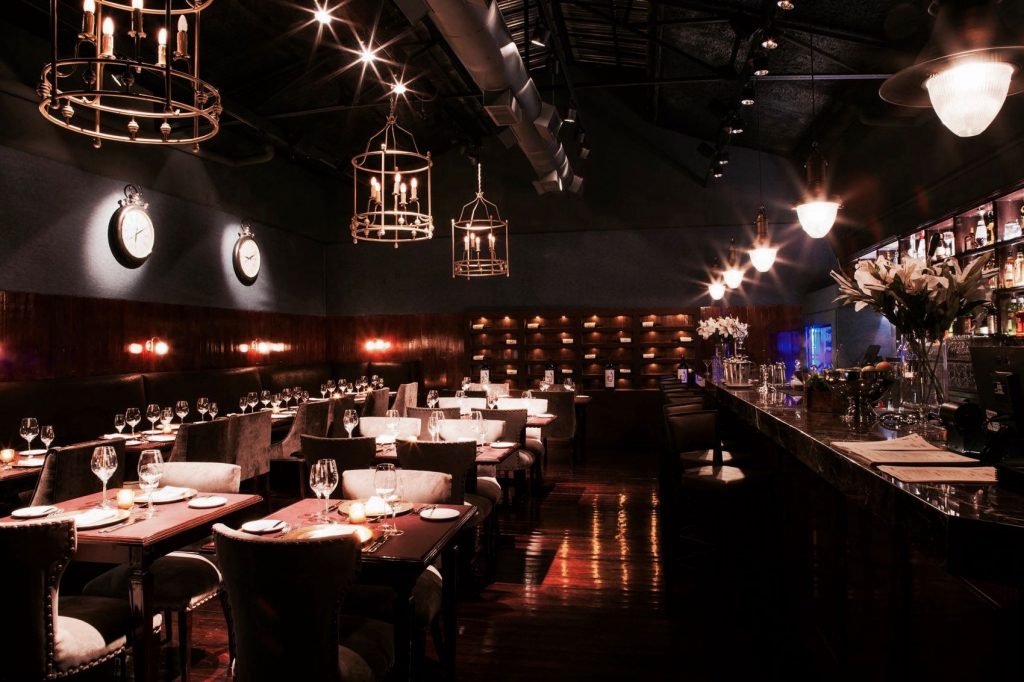
5. Do not miss night life in Buenos Aires
After rich meal, somewhere around midnight, people go to bars. Palermo Soho and Hollywood are the centre of city's night life with hundreds of clubs and bars and music for everyone. Whether you are in love with samba, jazz, dance… and the list is long – this is a nation whose priority is –socializing! Visit Fioreia, Nicky house, Frank's, Pony Land, Isabel..
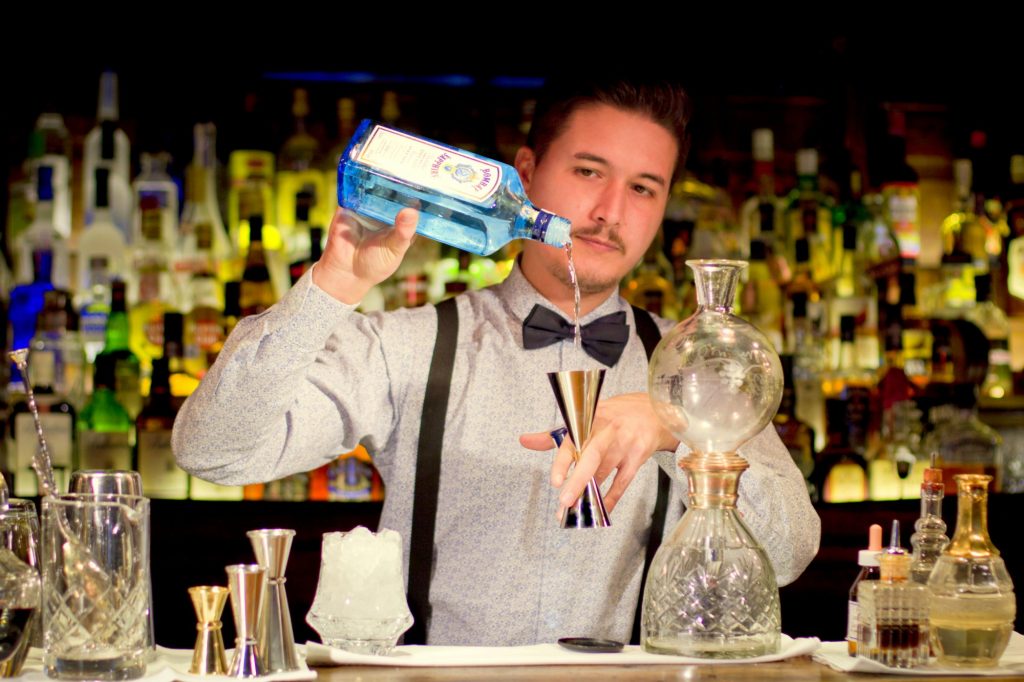
Argentinian gastro & bar scene is real art, with offer of drinks from all around the world, …make sure to try cocktails, every bar has at least one unique in its offer, created by their cocktail master.
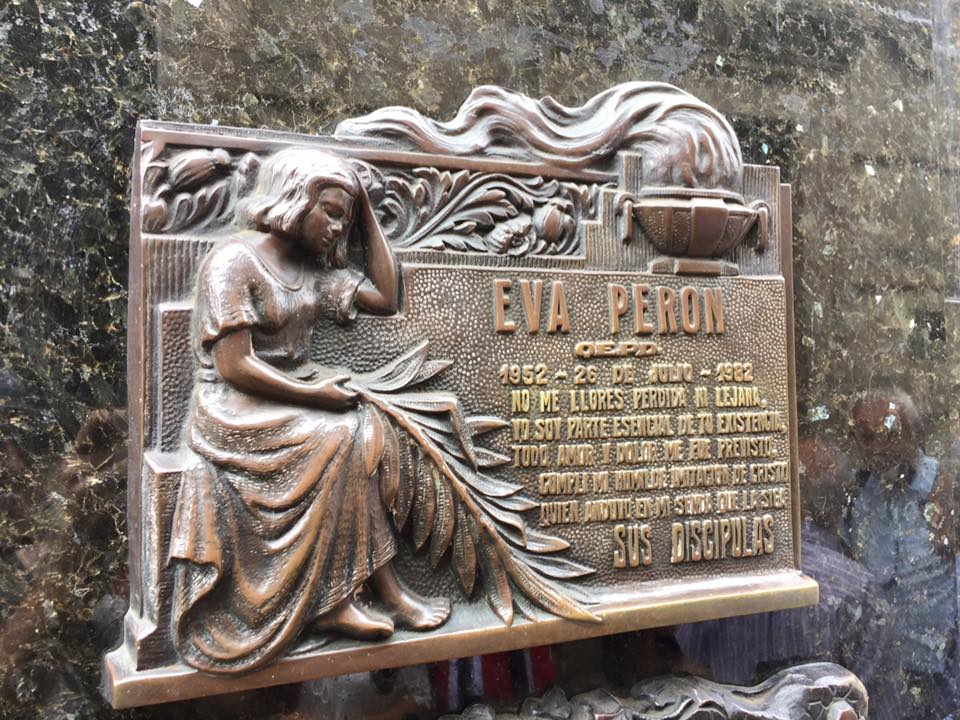
6. Visit famous La Recoleta!
Recoleta is a north part of the city – it is clean, safe and weel-organized. Enjoy in visiting many monuments and French-Parisian architecture of villas and palaces, especially on Avenida Alvear part! This is a shopping district with hotels and night life, where several cultural institutions are located: National Museum of Fine art, National Library and culture centre Recoleta.

It is famous for La Recoleta graveyard, the final resting place of many great and famous people, where you will encounter great number of its most peculiar residents – cats!

7. Take a ride on the Amazonian delta of Parana river!
Tigre town, named after big cat that looks like a mixture of tiger and jaguar, will offer pleasures in magical flora and fauna and a relaxation from city jungle of Buenos Aires. It is situated on delta of the Parana river, which is one of the most attractive parts of Buenos Aires surrounding due to its river branches, rivers and many green areas.

Sediments of this river form islands on delta that give the water special red-brownish colour!
8. Buenos Aires - city of culture and one of the most important cities in South America. Museums, galleries, theaters, libraries, and all other world famous institutions are situated in Buenos Aires.
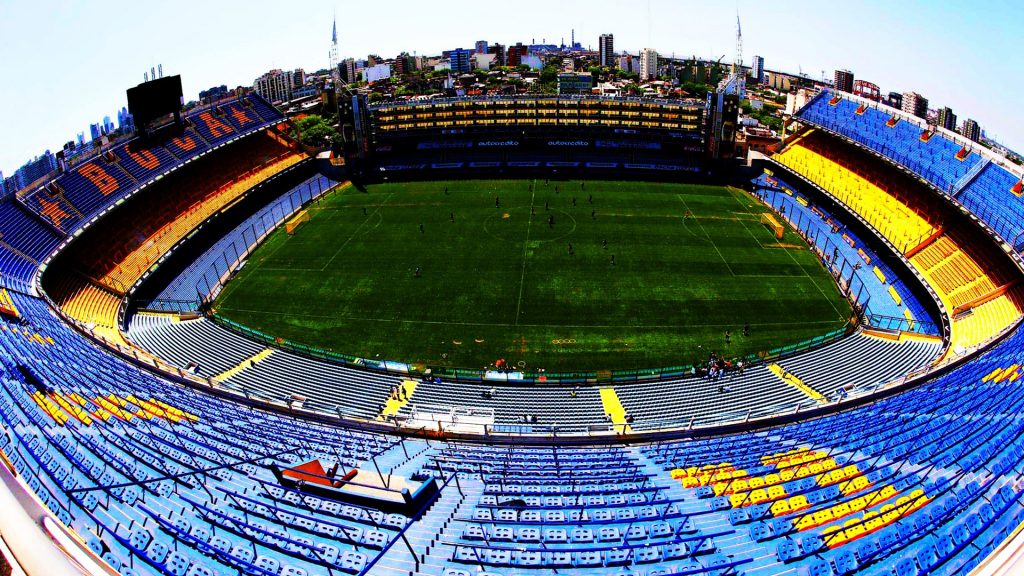
Stadium in La Boca
- Argentina, which means land made of silver, is the second biggest country in South America and eighth largest in the world.
- This country has been facing high inflation for decades. In one period, annual inflation was as high as 5 000 %.
- Since 2001 Argentina has had 5 presidents.
- Spanish people came here in 1516, while Argentina became independent 300 years later. Small indigenous nations have died out, and today's Argentina residents are mainly of European descent.
- Spanish language is different from those you learnt in school. Here it is mixed with Italian. They use a special form of conjugation. Also, they use abbreviations a lot. For example, ''Tello'' is short for hotel.

- Country of high-quality wines
Argentina was the biggest wine producer outside European continent up until nineties. Today it is the biggest and the most important wine producer in South America, and the 5th greatest in the world. Wine production mainly takes place in Mendoza.
- Argentinian friend – a friend for life
We've already mentioned that Argentinians life for fun, they gladly hang out and are true friends. Very often friendships with Argentinians last for life. The entire week is reserved for hanging out with friends. Sundays they spend with their families.
- The rise of ''love hotels''
Just when you think that you've found a decent accommodation for a decent price, double check if it's a love hotel, legally rented by the hour. What can happen is (like it did to us): you've just fell asleep, and you're already awaken by a sound of a telephone…you answer the phone and not very kind receptionist tells you that you must leave the hotel in 10 min. In Argentina, as in our country, many people still live with their parents in their 30s, so these love hotels are entirely normal.
Hello World! Rio de Janeiro - La Cidade Maravilhosa!
Travelling the world
|
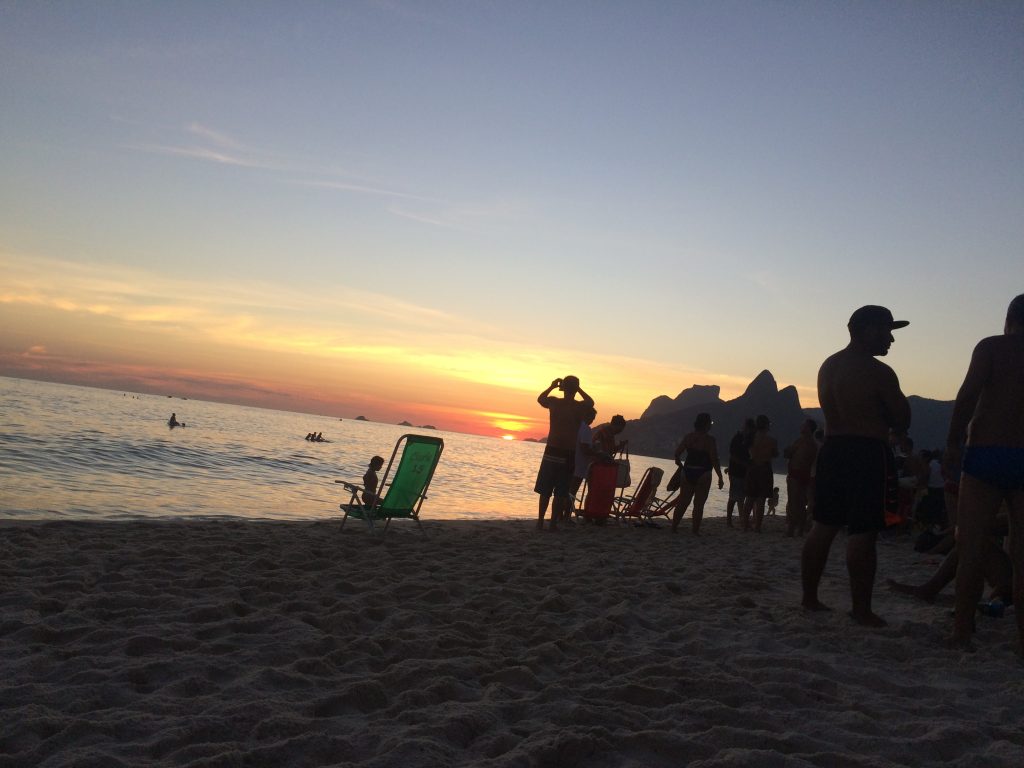
To think of Rio de Janeiro means to think of the spectacular carnival, amazing natural environment, samba rhythms, sunshine, warm welcome, vibrant colors and the right atmosphere for a holiday!
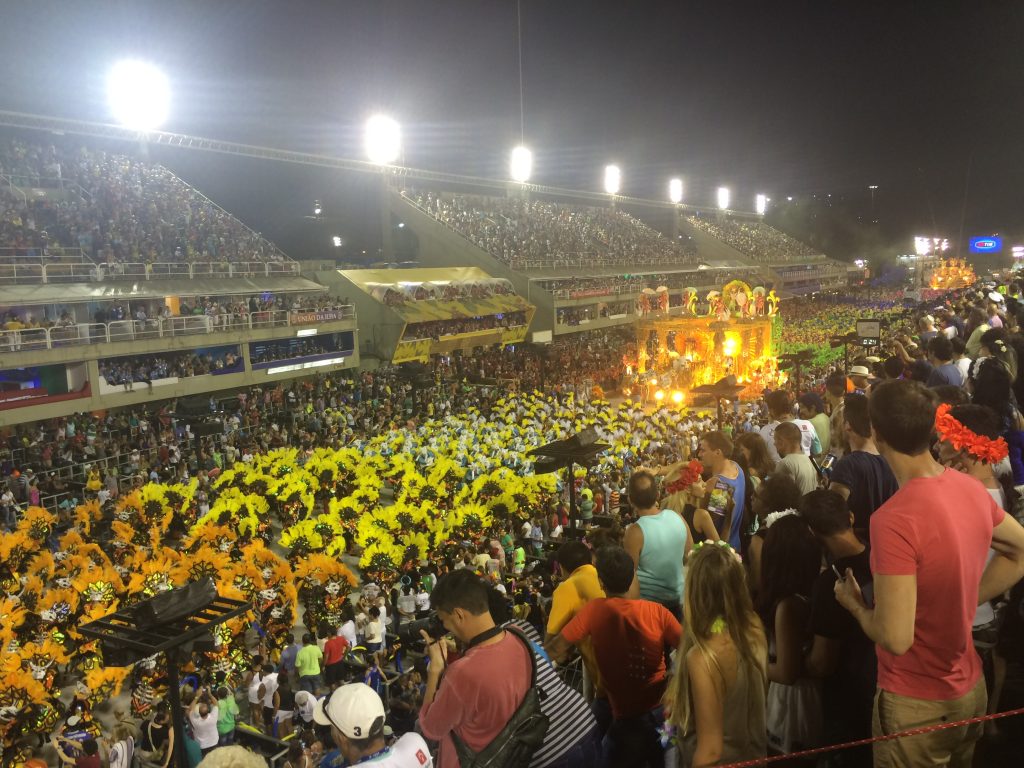
To experience carnival madness, swimming and sunbathing on the beautiful several kilometers long beaches, to feel gold Ipanema and Copacabana sand under your feet, liveliness of city streets, the sounds of salsa and samba... these are just fragments of the Rio magic.

The city is lively by day and by night - concerts, performances and beach parties are organized on a daily basis, and the weather is almost always warm and sunny.

A multitude of young people and those who feel that way, of different cultures and nations, flock to Rio every year, and if you are intrigued by our story and plan to join travellers from around the world, we bring you the list of our top 10 attractions!
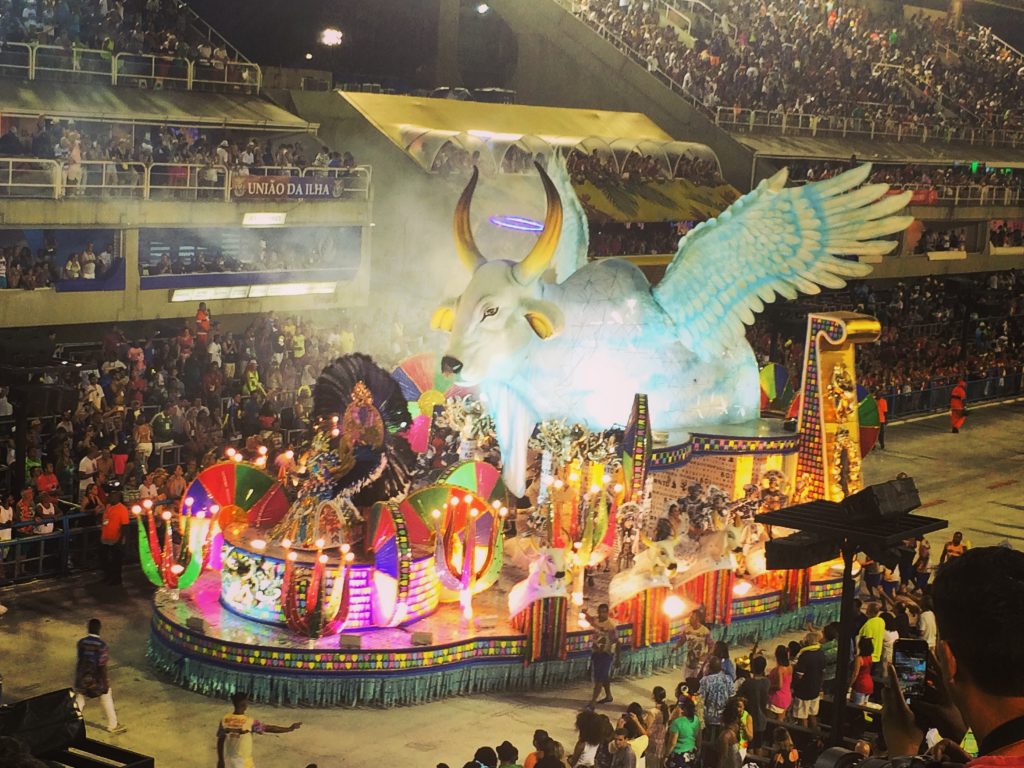
- THE CARNIVAL, NATURALLY. The main attraction of the Carnival in Rio is a spectacular show where 14 specialized samba schools go through Sambadrome – a 700 meters long carnival runway - and compete for the best group! The parade usually starts around 20:00 and lasts until the early morning hours, and attracts around 100,000 people from all over the world who enjoy the best samba rhythms and beautiful colorful costumes. Tickets range from approximately $ 50.
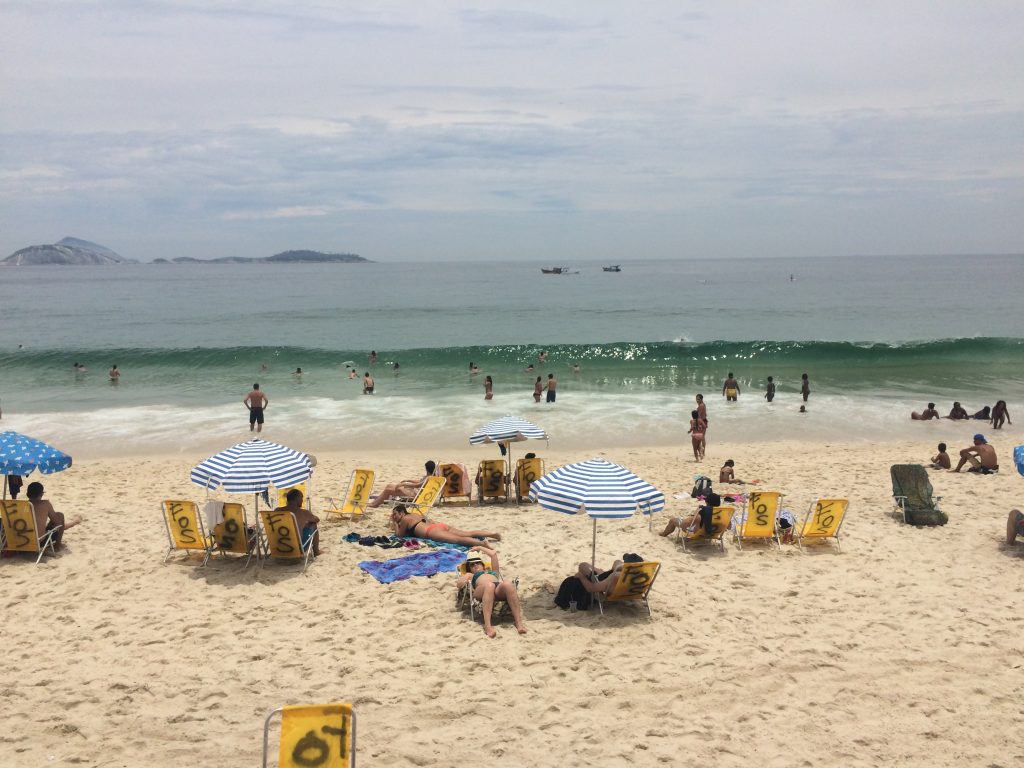
- GOLDEN SAND BEACHES. Visit Ipanema, the most beautiful beach in the world! Enjoy a variety of entertainment and sports facilities, various specialties, refreshing drinks and cocktails from 0-24h! The beaches are clean and very well maintained.
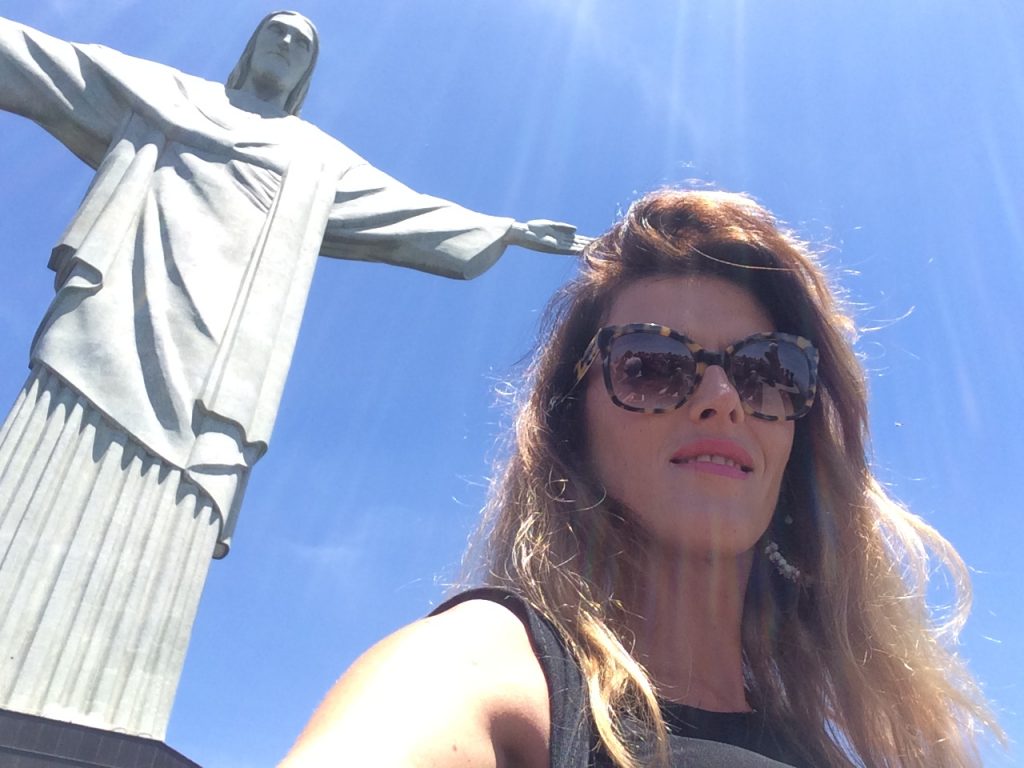
- RAZGLEDAJTE SIMBOL RIJA. Zadivljujući kip Krista Otkupitelja - Cristo Redentor, koji s brda Corcovado bdije nad gradom, upravo je zbog svoje ljepote, dimenzija i dominantnog položaja nad jednim od najljepših zaljeva na svijetu, najprepoznatljiviji simbol Rio de Janeira i Brazila.
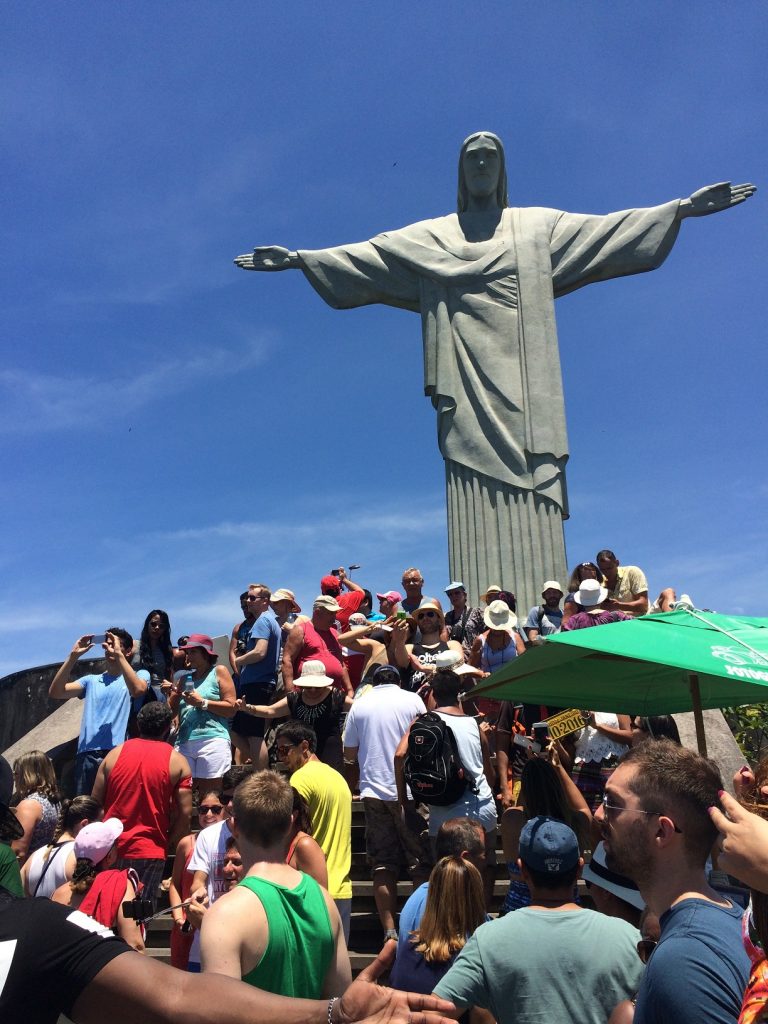
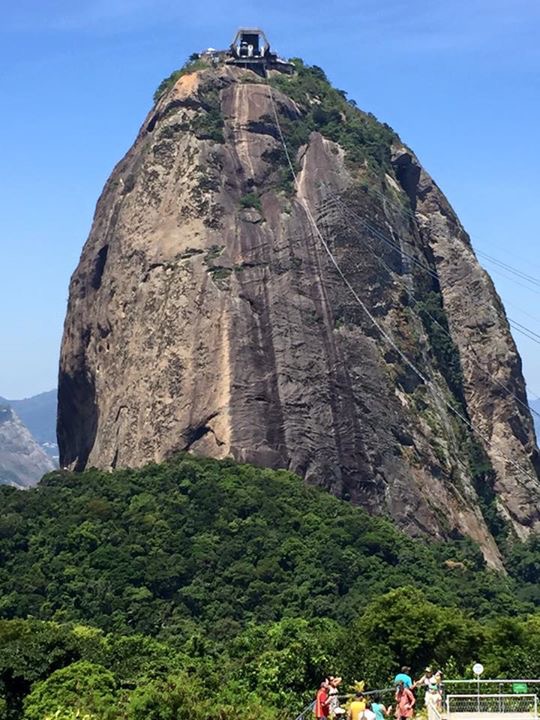
- SUGARLOAF MOUNTAIN. Rio certainly would not have been so fascinating without Sugarloaf Mountain! Its top is reached by a large cable car - a gondola known from the movie "Moonraker". First stop is the Urca Mountain with beautiful gardens and a wonderful view of the bay of Botafogo, and second, Sugar Loaf Hill, offers a magnificent view of Copacabana Beach on one side and the Guanabara Bay on the other.
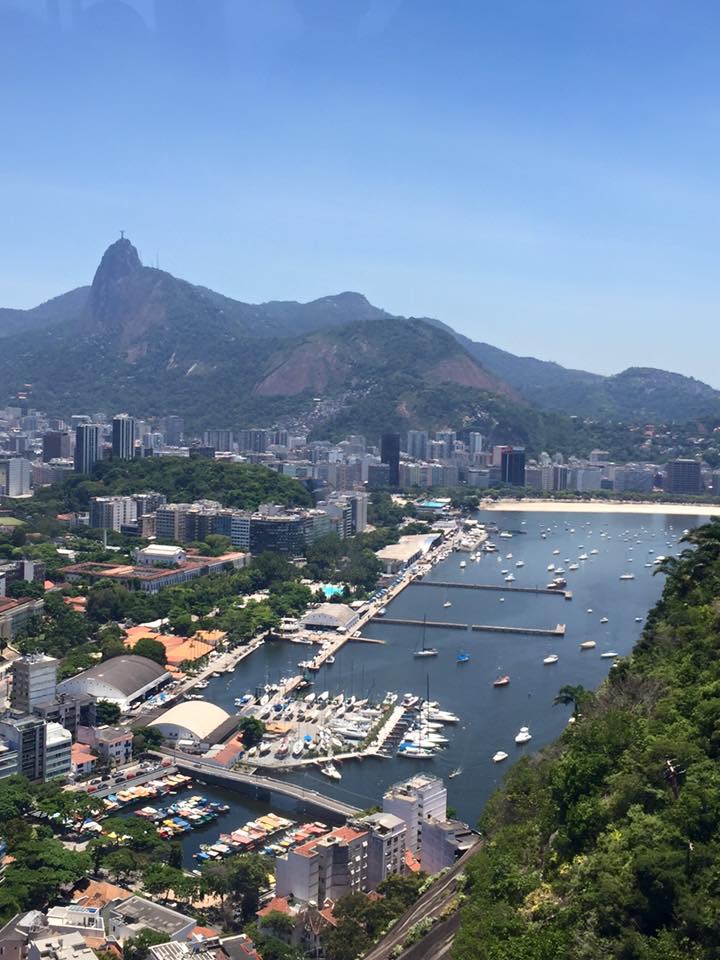
- RIO VS. FOOTBALL. Brazilian love for football is amazing – you get the impression that everyone is a footballer around here! If you're a football fan, opt for a trip to Maracana, the cradle of the world football!
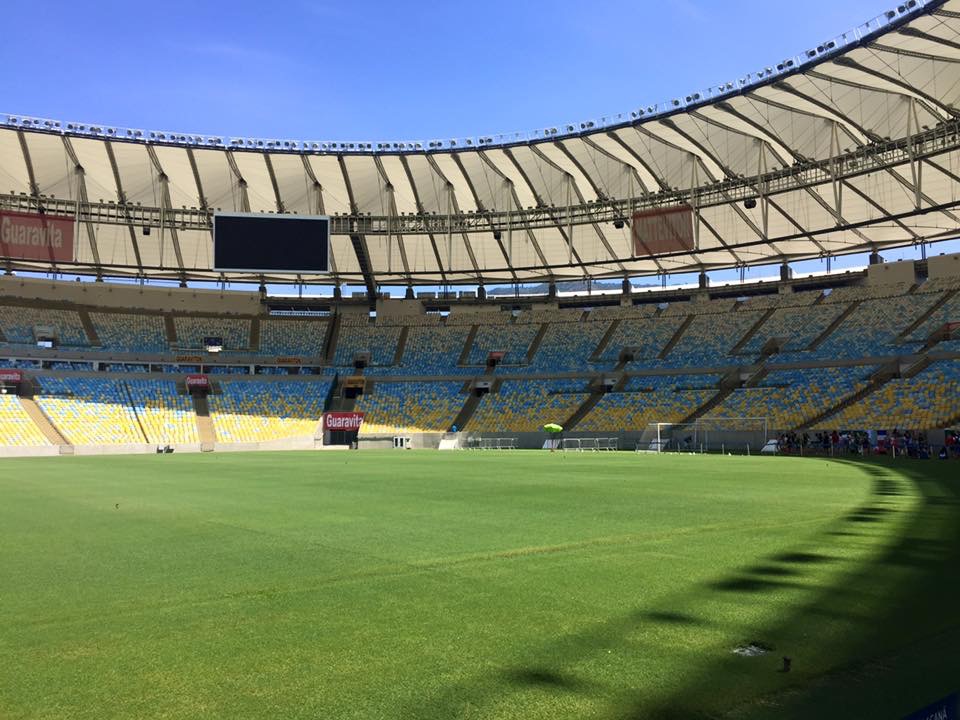

- WORLD'S MOST FAMOUS STEPS. Do not miss photographing on the "Escadaria Selaron", the most famous steps in the world, located in Lapi. Stairs are the work of Chilean artist Jorge Selaron and perfectly reflect the spirit of Brazil and its inhabitants!
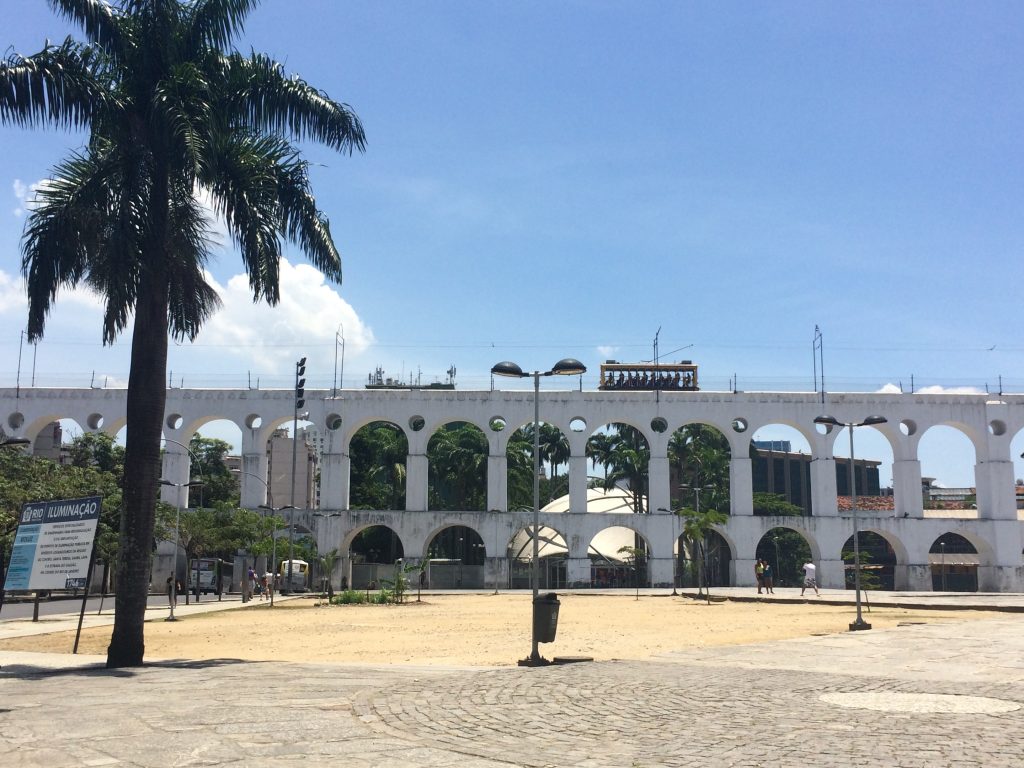
- NIGHTLIFE IN ITS ALL SPLENDOR. If you are a fan of nightlife, we recommend many restaurants and bars on the Ipanema and Le Blon, and a visit to the one of the most authentic world discotheques - Rio Scenarium!

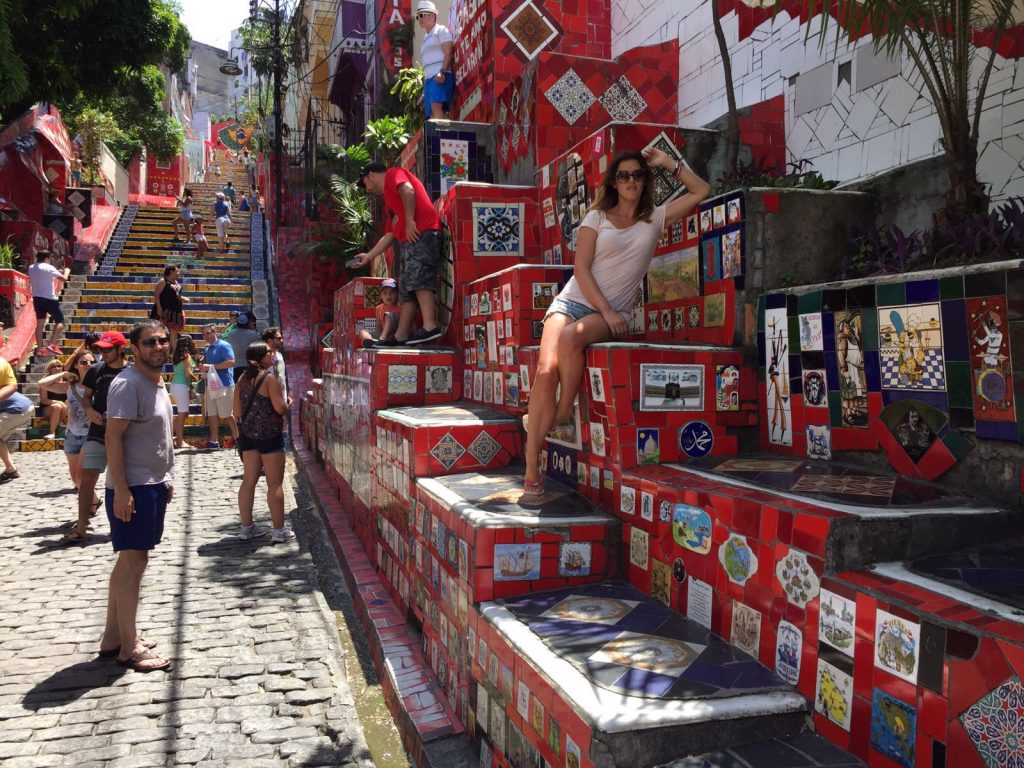
- WORLD'S MOST FAMOUS STEPS. Do not miss photographing on the "Escadaria Selaron", the most famous steps in the world, located in Lapi. Stairs are the work of Chilean artist Jorge Selaron and perfectly reflect the spirit of Brazil and its inhabitants!

Photo: Urban adventures9. VISIT FAVELAS – PLACES WHERE GLOBAL FOOTBALL STARS SPENT THEIR CHILDHOOD, NOWADAYS A TOURIST ATTRACTION. The most famous samba schools in Rio de Janeiro originate from these settlements in Brazil, despite the difficult conditions of life and poverty. World famous football names like Pele, Ronaldo, Rivaldo have grown up in favelas!
10.GREEN OASIS IN THE CENTER OF RIO. Lovers of nature and healthy living will be swept off their feet by the beauty of Tijuca city forest, which is, with 32 square kilometers, the largest urban forest in the world. Besides outdoors fitness equipment, it has trails for cycling, running, inline skating...
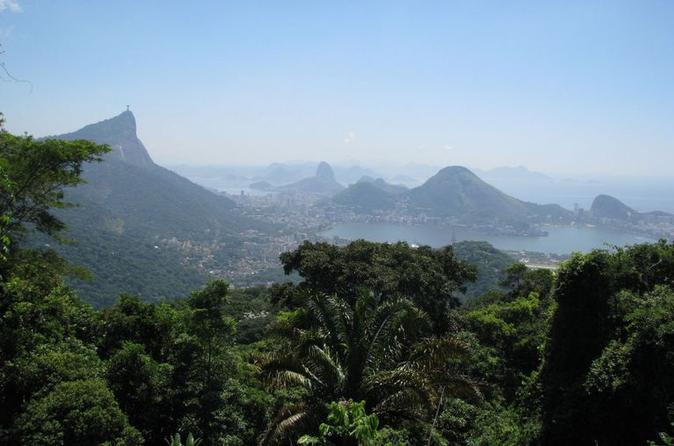
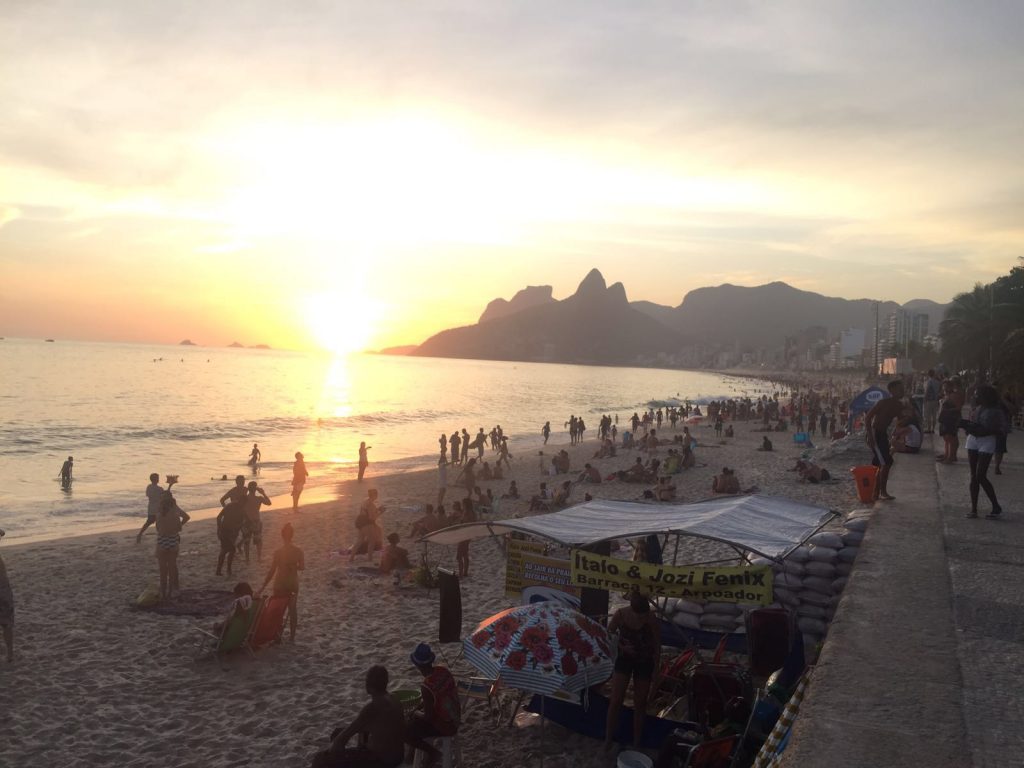
A couple of important tips for travelling to Rio:
- If you travel during the peak season, and book your ticket on time, a return ticket will cost you approximately 5000 kn
- Keep your bags close and avoid nighttime walks, carry only necessary items
- Use only taxi service by night - prices are slightly cheaper than ours
- Make sure you have enough cash, literally no cash machine is available after 22h
- Use a high protection sunscreen against dangerous UV radiation and repellents against mosquitoes.
Currency: 1 Brazilian Real = 1.9 HRK, bring USD from Europe, in banks you can get the best rate
IRRESISTIBLE RURAL OASES IN THE EAST OF OUR BEAUTIFUL COUNTRY!
Miraculous corners of the Croatian East have been unjustly neglected for years on the itinerary of domestic and foreign visitors.
In accordance with the increasingly popular rural tourism trends, rounded up with a selection of quality rural households and authentic domestic cuisine, the Vukovar – Srijem region slowly but surely conquers its place on the ever-growing map of the splendid rural tourism offer.
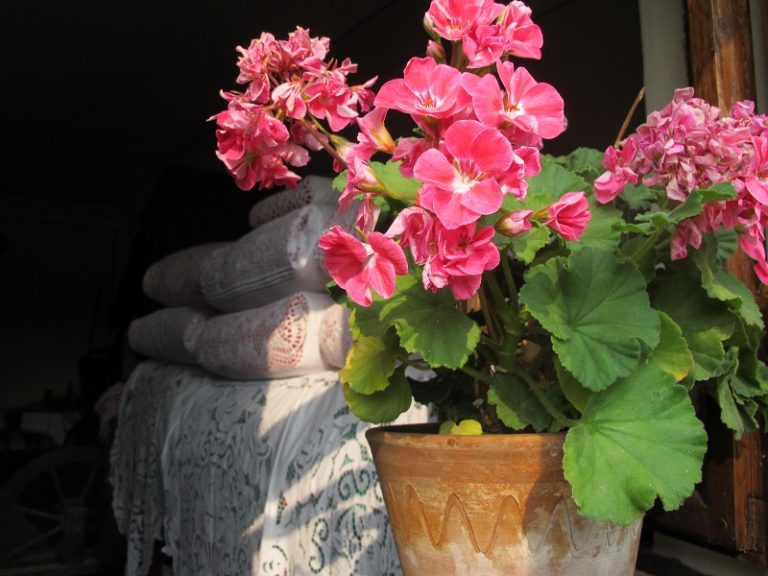
For instance, well-known Vukovar restaurants found their place even on the demanding TripAdvisor, where they are ranked with high grades along with many epithets.
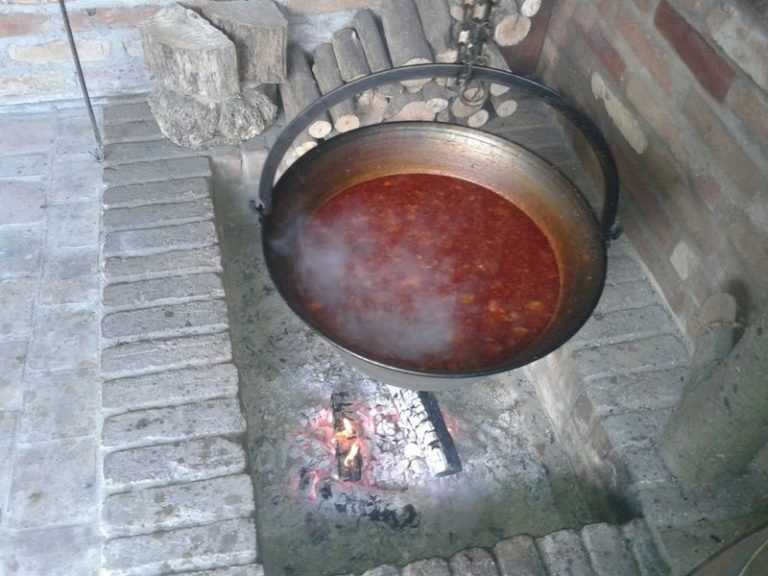
Gondola Sotin
Excellent food, great fish soup, great value for your money...are merely a few of the complimenting reviews concerning gastronomic experiences in Vukovar - Srijem region. But, since the food is hardly the only advantage of this area, which boasts many additional attractions, we bring you a short guide to what to see and explore, and let you choose the activities according to your own preferences.
And you can expect about a lot: a variety of gastronomic and wine pleasures, fishing, walking, cycling, swimming, tennis courts, landscaped routes, Danube cycling trails, Liska and 'Sultan's trail' hiking trails, boating, or taking advantage of the unique opportunity to enjoy a river ride and the calm reflection of the Danube.
Let's start from Ilok
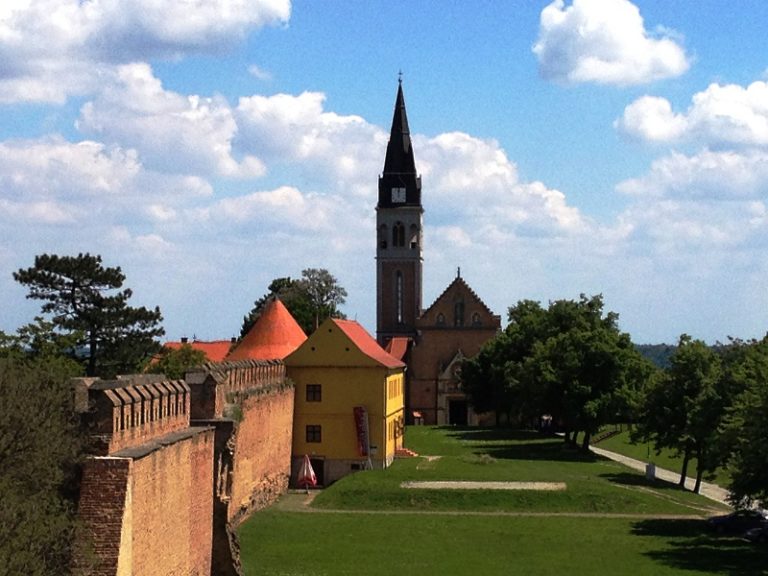
If you decide to visit Ilok, you will be greeted by marvelous Danube from one side, and by the romantic vista of the old town from the other: there are church, monastery, walls, park, old wine cellar, Turkish monuments. There are stairs under the fortress leading from the Acropolis, and there is also a path towards the Danube and the small Danube stream called Dunavac.
For more information about this package tour, visit hoteldunavilok.com.
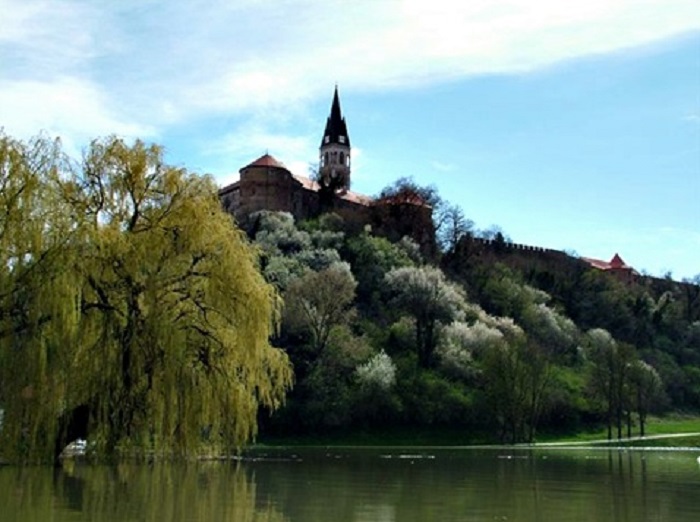
Active tourism - riding and tasting superb local food
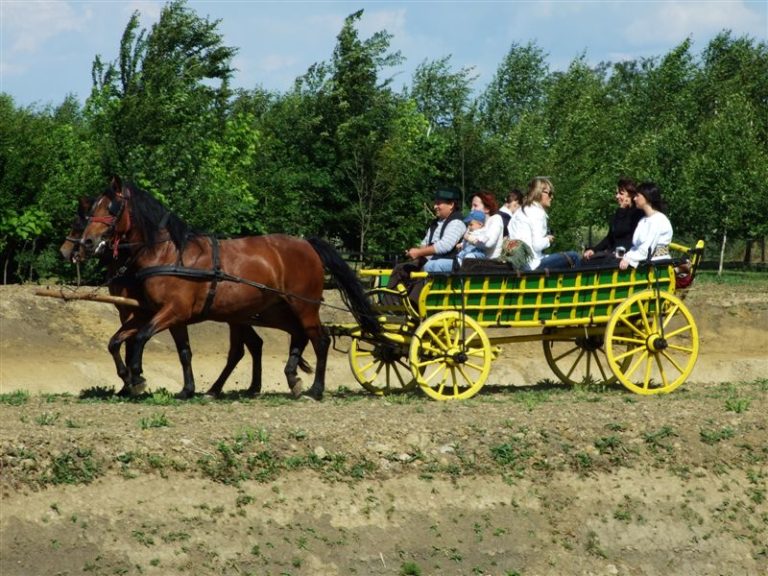
For all of you who love the feeling of wind blowing through your hair, your next destination is Županja, more precisely the Equestrian Center „Županjski kas“. They offer horseback riding (therapeutic and recreational). You can opt for a classic walk on horseback, riding, grooming and taking care of the horses, riding school, training courses, or a day trip where you can even watch the horse shoeing.
Another equestrian center is yet one more destination worth the search - Equestrian Club 'Eohippus'. It is located only 3.5 km from the center of Vinkovci and surrounded by the idyllic atmosphere of the Slavonian plains. In the barn, there are six horses of various breeds - Haflinger, Holstein and a Croatian Warmblood – specially trained to work with children, adults, and people with special needs. In addition to horses, visitors can play with pets and see other domestic animals.
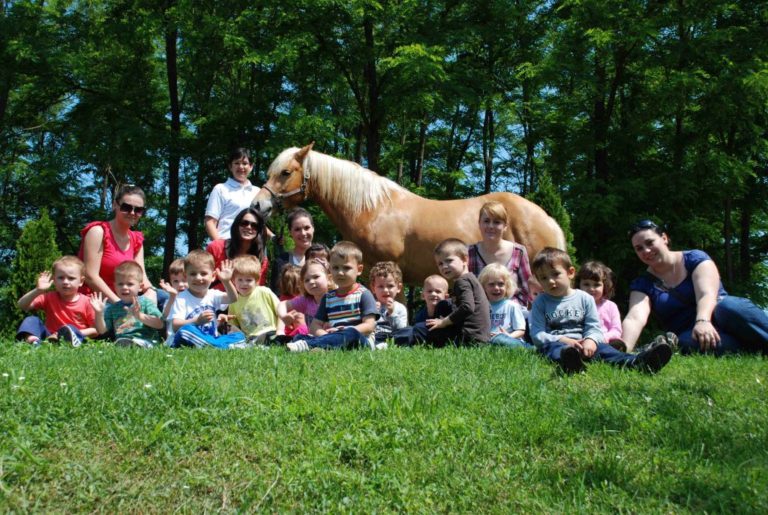
RURAL HOUSEHOLD JANKOVIĆ IN VRBANJA

This idyllic object has 4 beds in a two-room apartment with the possibility of food services, pouring drinks and beverages from domestic production. It also offers the possibility of riding, enjoying the tranquility of the rural landscape, and absolute relaxation.
OPG DUNAVSKI RAJ (DANUBE PARADISE FAMILY FARM)
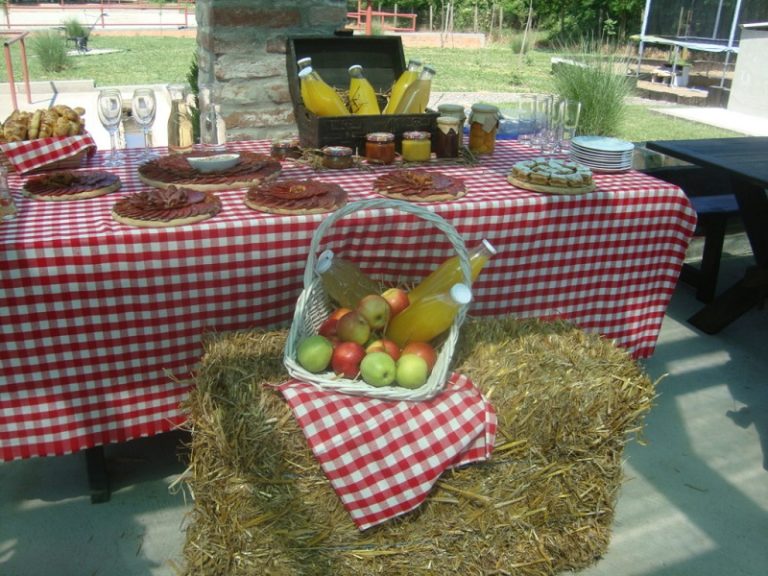
Impressive estate, located near the archaeological site of Vučedol at the elevated Danube river bank, in the area characterized by spacious Vukovar plain and slopes of Fruška Gora richly lined with vineyards. Located in a pleasant natural environment of Srijem fields and vineyards, it offers the enjoyment of a good snack, even better wine drops and numerous options for an active holiday.
Expect a location of unpolluted air, the absence of noise and vibration, and preserved nature - the perfect place to spend a short, active and anti-stress holiday.

OPG Dunavski raj
The ability to perform a range of fun activities on the property - from old games, through workshops in traditional manufacturing, to the various entertainment options - makes Dunavski raj a perfect place for active vacation.

Photo: Tourist Board of Vukovar.
For more information about this site, go to the web address dunavski-raj.com
ACIN SALAŠ
If you visit this object, you will be welcomed by an irresistible display of eco-ethno beauty. You will see all of the traditional objects: barns, blockhouses, pigsties, horse stables, sweeps, bread ovens, smokers, Ovčarnik.
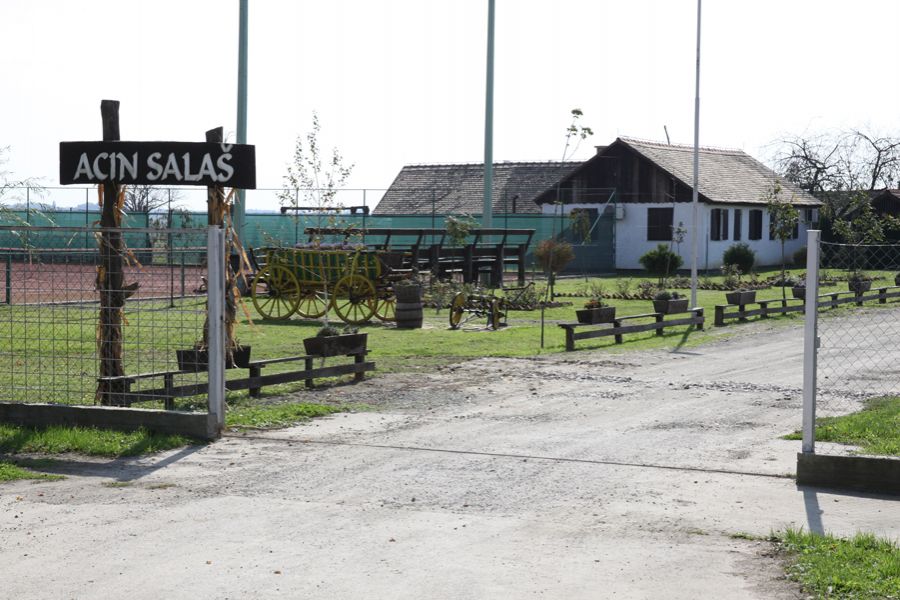
The food is prepared in a traditional Šokac way. The joy next to the cauldron for brandy distilling, traditional pig slaughter and many other Slavonian customs, complete the experience of living in a traditional Šokac household.
SNAŠINI KUĆARI
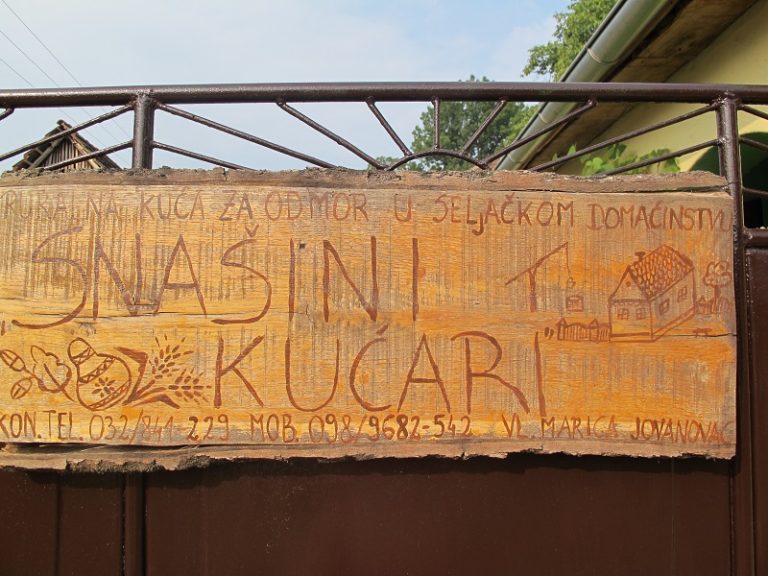
Near Županja, there's an old family house, one of the oldest in the village, equipped with authentic, 150-years-old furniture and various utensils.
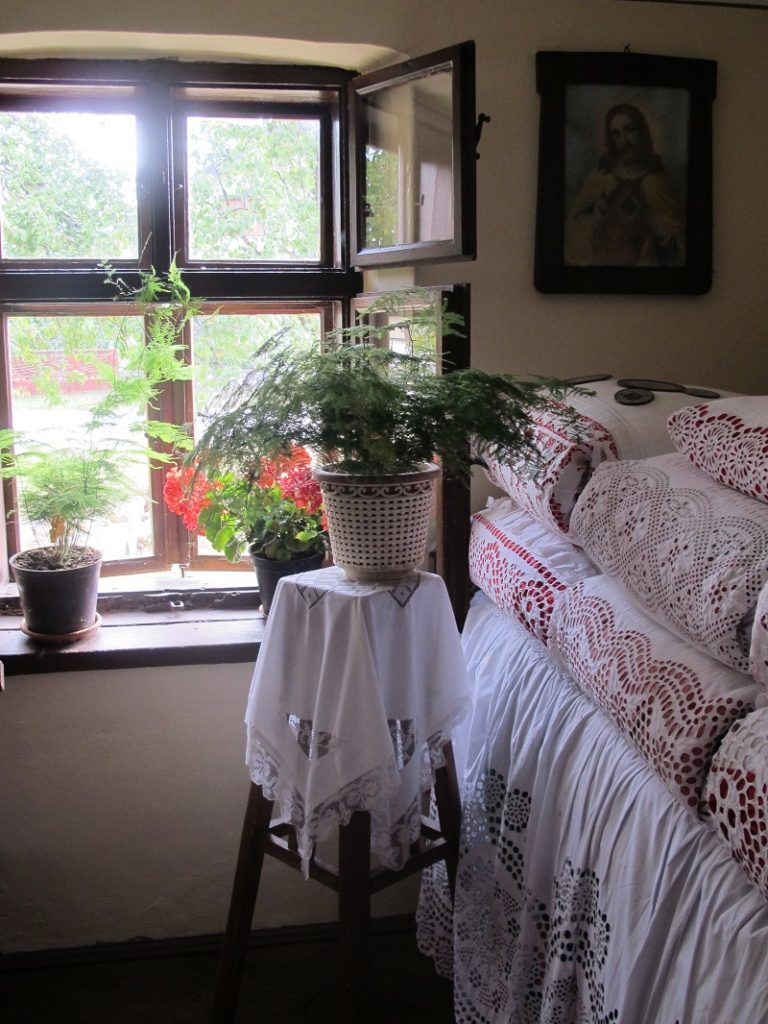
In addition to its historical value, the house is designed for vacation of tourists, whether they are chance travelers, or their arrival is previously organized. Ethno house has a living room, two bedrooms, a bathroom, a souvenir shop, a showroom and a large courtyard, which has a covered terrace with tables suitable for reception of larger groups of visitors.
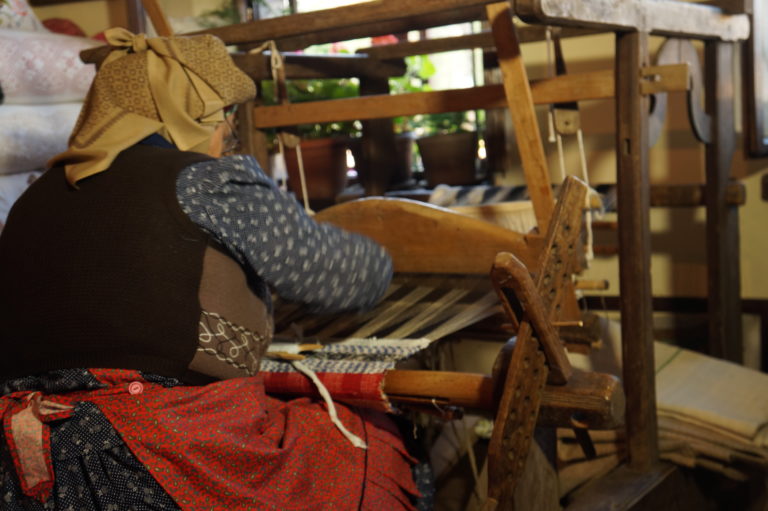
In Snašini kućari, antiquity lovers will discover many artifacts within the souvenir shop that offers local products: winter food stores, fruit juices, jams... Guests can also watch zucchini decorating, and participate in making of gold embroidery (available for small and large groups).
Bošnjaci – opt for the path of excellent tasting rooms and rural households with wonderful homemade food

When it comes to anything in Slavonia, there is always too much and never too little. Here is our selection of quite a few ethno attractions, that will take you back in time, to the carefree childhood days.
OPG JUZBAŠIĆ – MATKOVA PECARA (JUZBAŠIĆ FAMILY FARM)
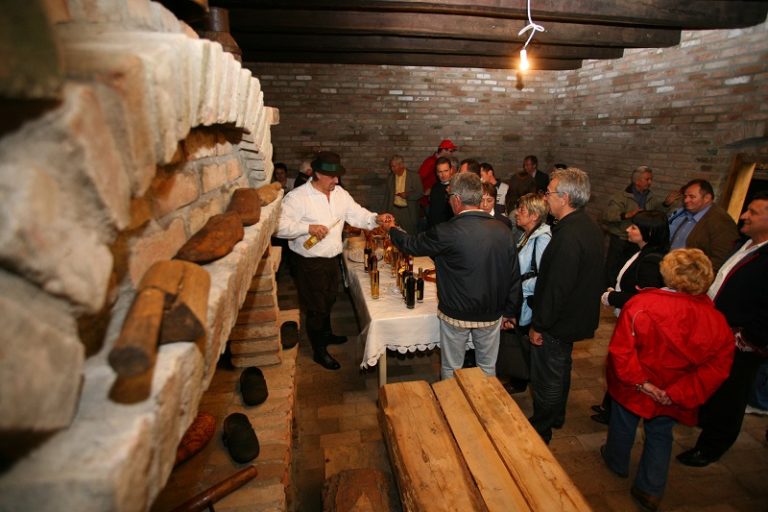
In their tasting room, richly decorated in rustic style, in addition to brandies and liqeurs, you can try some homemade Slavonian meat products and pastries. They also offer plum and quince brandy, apple schnapps, elderberry, quince, cherry and walnut liqueur.
Their brandies and liqueurs were displayed at numerous trade fairs: PHS, Croatian village products in Zagreb, Autumn in Lika, Eco-Ethno, Slavin, Osijek Fair, and they always make a remarkable appearance at the National exhibition of fruit brandies and liqueurs in Vinkovci. Any such performance is usually followed by a medal, so see for yourself why this is the case.
Visit OPG Juzbašić - Matkova pecara, and all information can be found at the link www.visitvukovar-srijem.com/hr

It is impossible to be in Bošnjaci and not to visit the Forestry Museum, founded in 2007. Oak is synonymous with this area - tall, strong resistant, steadfast, just as the inhabitants of this region.
Visit the museum that preserves the memory of a part of our national history and forestry.
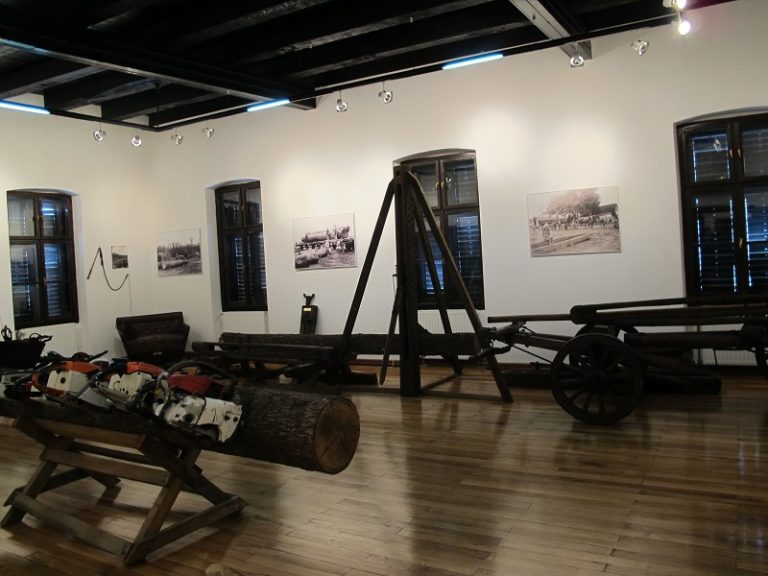
OPG ŠARČEVIĆ (ŠARČEVIĆ FAMILY FARM)
We invite you to the plum brandy and fruit (walnut, cherry, hawthorn, pomegranate, quince and elderberry) liquer tasting in authentic Šokac ambience in Bošnjaci, at the Šarčević family estate. In the courtyard there is also an antique sweep for extracting water from a well. OPG Šarčević has won many awards for superior quality products, produced in the spirit of Šokac traditions and ways of life as a part of everyday life, festivities and customs. The building has three rooms and six beds. More information can be found at: www.visitvukovar-srijem.com
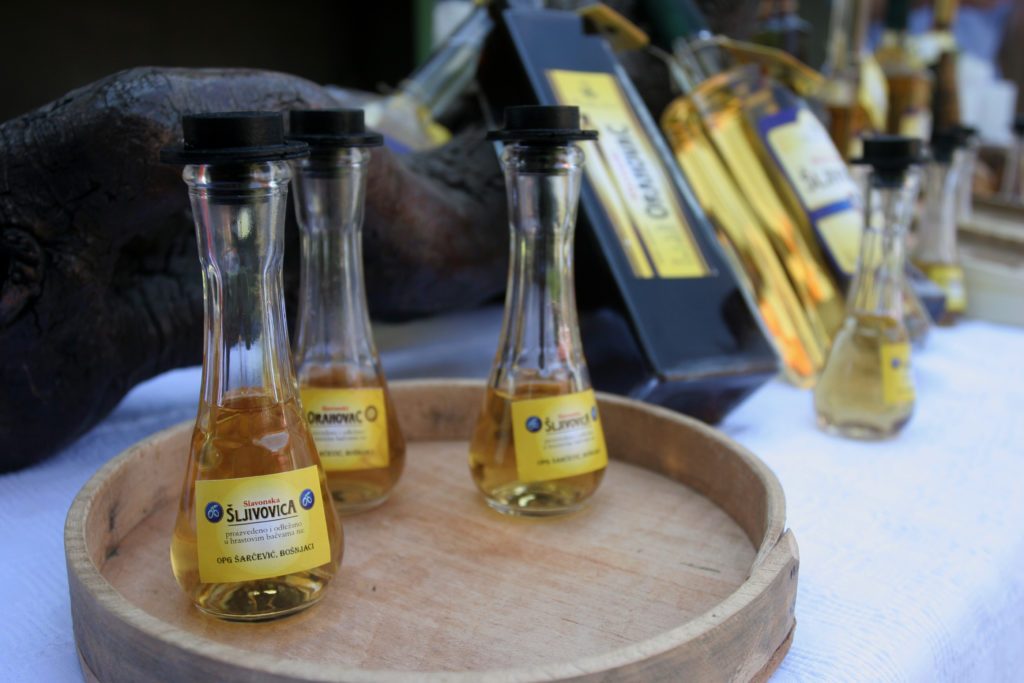
MUNICIPALITY OF NIJEMCI: Experience a very special river attraction!
If you've always wanted to sail along the forest river, this is an experience tailor-made for you. Dense oak forest and Spačva river have a special story to tell.
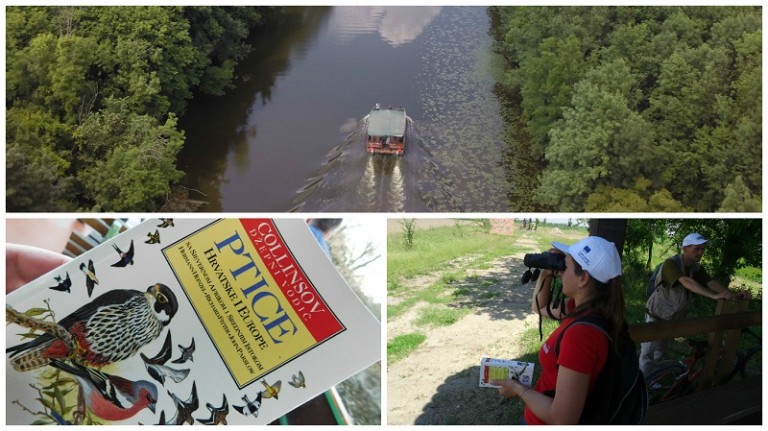
Nijemci bird watching center is connected with Srijem bicycle route, so you can combine the two activities; cycling and enjoying the rich birdlife. If you want to take a peek at the old and the more recent history of this picturesque village, visit the Luka Natali Heritage Museum in the very town center, within the pastoral center of the Nijemci parish. Everything can be found here: from the formation of the village, through the Middle Ages, up to the modern history and the Civil War. Within the museum there is also Bakina soba (Grandma's room), decorated in traditional style with details from the past which nostalgically take you back in time.
OPG BIČANIĆ (BIČANIĆ FAMILY FARM)
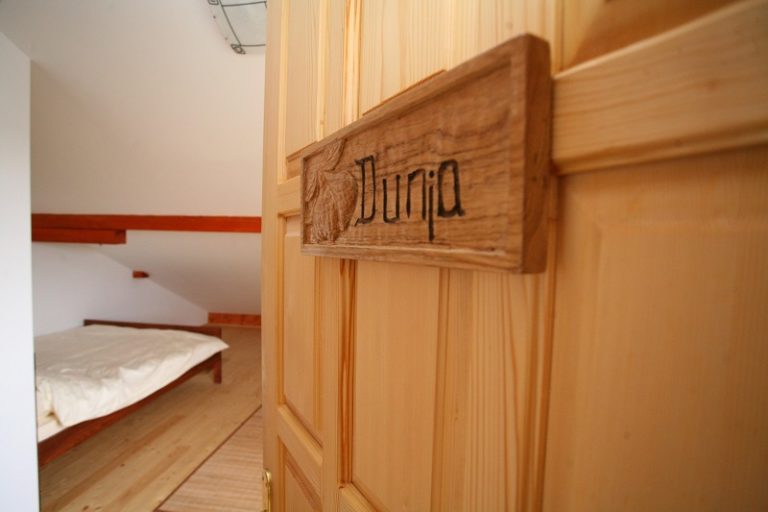
Distillery and Budimka apartments are located in the heart of Ilok vineyards and orchards, overlooking the mighty blue Danube.
Budimka provides its visitors with a tour of the distillery, vineyards and orchards, and with the possibility of brandy tasting and buying homemade products.
Overnight stay with a homemade breakfast prepared according to the old, almost forgotten recipes, is available in 7 apartments with interesting fruit-inspired names. Apartments are equipped with a double bed, with the possibility of an extra bed or cot, en-suite bathroom, air conditioning and LCD TV. More information is available on the web: visitvukovar-srijem.com.
DANUBE – Europe's second largest river. For lovers of river rides and of such quiet only a river can offer!
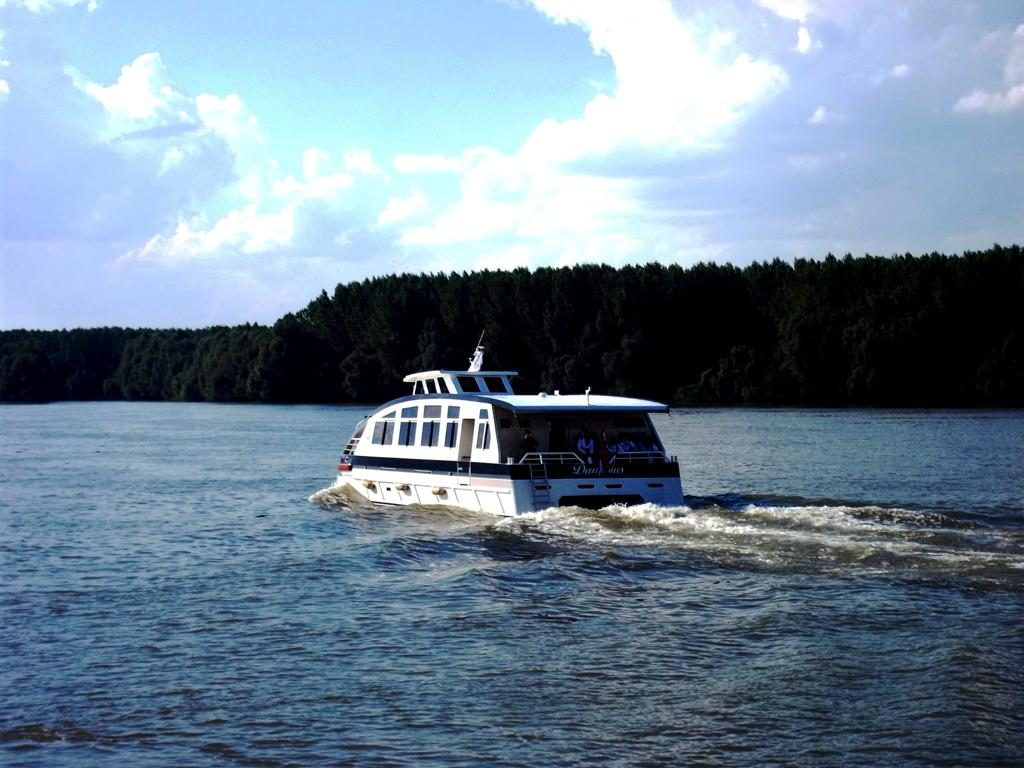
After sailing Spačva through the woods, you can also sail Europe's second largest river, the Danube, within the excursion of your choice.
VUKOVAR BAJADERA WATERBUS – THE MAGIC OF A SUPREME PLEASURE!
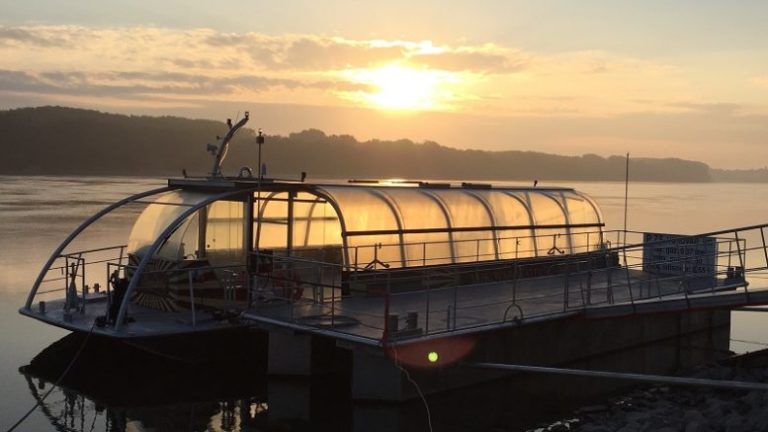
Take this electro - solar panoramic tourist boat for a walk along DANUBE - enjoy a panoramic ride along the Danube, its backwaters and views of the sandy islands - Adas. Indulge in the scent of the river and in the view of Vukovar from another perspective.
A river fairy tale - take a ride in Danubius and enjoy the calm reflections of beautiful Danube.
In Ilok you can experience a true, challenging, somewhat luxurious ride, following the desired route, whether it is a short panoramic ride under the bridge, right to the border or Šarengradska Ada, or it is a longer one that leads to Vukovar, Osijek and Novi Sad.
Tours are organized for groups of up to approximately 50 people. It is possible to arrange catering on board, tastings of Ilok wines, to have a nice drink and enjoy the Danube waves standing on the prow of a boat or in a cozy bar, with music and a view through the window!
Explore the call of the wilderness in a calm plain - visit a Cerna Zoo in the middle of Slavonian plains!

This zoo welcomes visitors since 1994 and currently there are about 50 species of animals in it. Here you can see bears, jaguar, lynx, foxes, monkeys, a 4.5 meters long anaconda, horses, eagles, parrots...
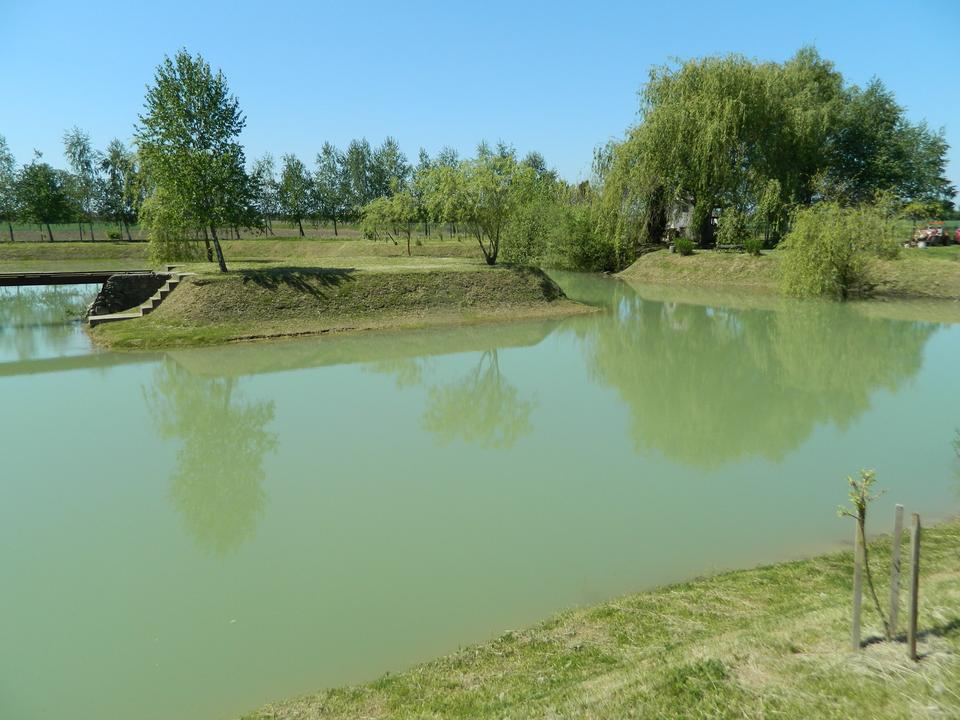
If you are into exotic experiences and tastes, there's no need to go to Africa – just visit Cerna on the Ilija Rimac's OPG (Family Farm). If you want a unique experience, don't wait - it is waiting for you!
SRIJEM WINES
There are many wineries in Ilok that are, in addition to the wine growing, also focused on wine tourism. Each visitor can choose between visiting some of the typical Srijem wine cellars dug into the hill, or experience the modern winery. Everywhere you will be able to learn about the process of wine making and enjoy the warm family atmosphere. Did you know that viticulture and wine production in the region of Ilok have an uninterrupted tradition of almost 1800 years?
ILOK WINE CELLARS – A SYMBOL OF ILOK AND VUKOVAR-SRIJEM COUNTY

But, what would lovely Ilok be without its famous wine cellars, a true symbol of this area? It is the millenia-old tradition of wine growing and high-quality assortment wine making, from vineyards that descend to the mighty Danube in the wavy plateaus of western slopes of Fruška Gora. They produce wine from 990 hectares of vineyard locations (330 ha of their own, and 660 ha of purchase), with a total annual wine making production of approximately 4 million liters.
In addition to the basic activities, viticulture and wine production, they also develop authentic and unique tourist and gastronomic offer, by connecting tourist destination attractions, with wine-making and viticulture.
Visit the Ilok Old Cellar (Stari podrum) - information and booking on tel: 032 590 088. And if you want to stay in touch with news related to their high quality wines, feel free to visit and like their Facebook page, and in this way support superior local enological production!
In recent years, Ilok wine cellars intensively work on the development of a network of their own retail stores across Croatia. You can taste the Vukovar wines in a well-known Vukovar wine producing association Vukovarska vina, which brings together all the wine producers from Vukovar. Feel the charm of the joint of rural and urban, and be revived by a glass of this divine potion.
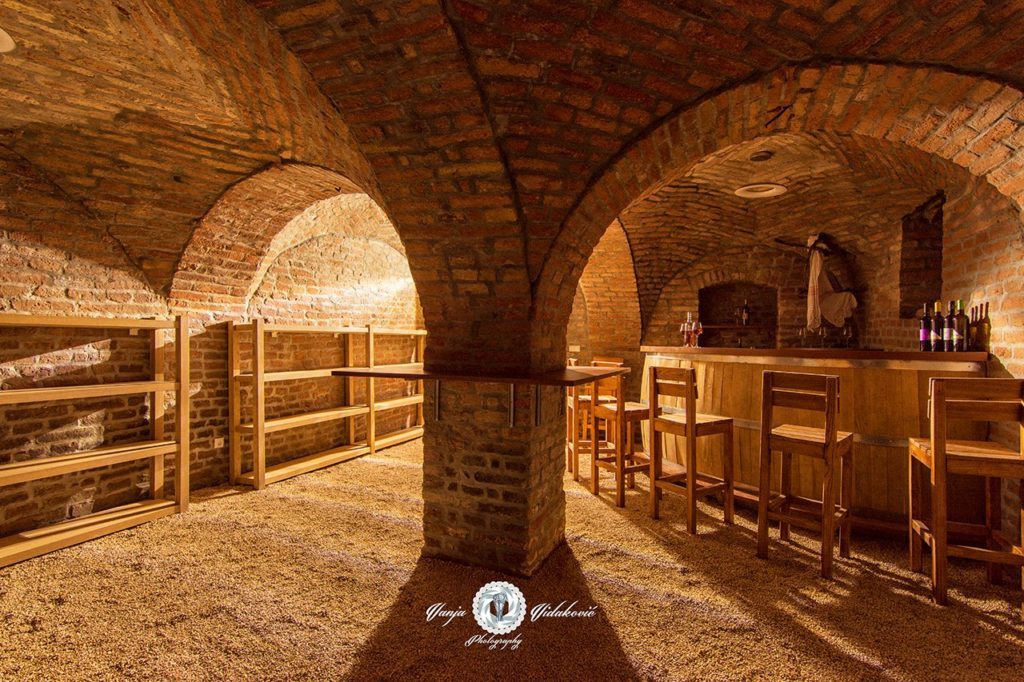
Since all objects prepare fresh homemade meals according to the original recipes, it is recommendable to promptly announce your arrival.
On the website of the Tourist Board of Vukovar – Srijem County, find out all about the best rural households, which attractions to visit and why is the cuisine of this region so special. Learn all about the possibilities of active tourism and best ways to experience all the natural beauties of the area, enjoying the river scenery, culinary paradise and of course, excellent wines.
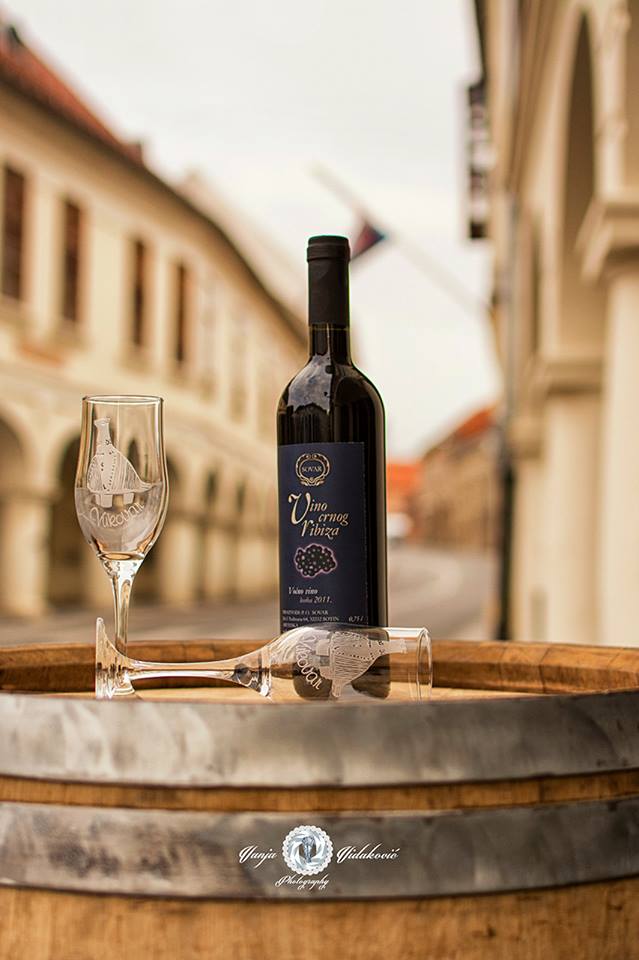
Photos of the wine: Vanja Vidaković
If you want to book a room in a cozy and comfortable hotel, it is not a problem either, because in Vukovar - Srijem County you will find a rich selection. Excursion sites, wineries, bike trails, river sightseeings, rural households, cultural and historical heritage... all of these, spiced with irresistible cuisine, make a great invitation to experience at least some of these treasures already this fall!
Welcome!
Photos: Courtesy of Vukovar – Srijem Tourist Board and archives of rural households, archives of Tourist Board of Vukovar
Photo of wine; Vanja Vidaković
Cover photo; Ilok wine cellars
Ain't no mountain high enough...
Write: Hot spots adventure blogger Mariana Andrijašević
Croatia offers so much in terms of rock climbing, not just for the professionals but also everybody searching for an adventure and a sport you will instantly fall in love with. In Croatia, there are over 70 existing crags and more than 3.000 routes equipped with bolts, not to mention so much rocks left still to be developed. Needless to say, we are a country of thousand islands so the views and the vicinity of the sea make the experience breath taking every time.
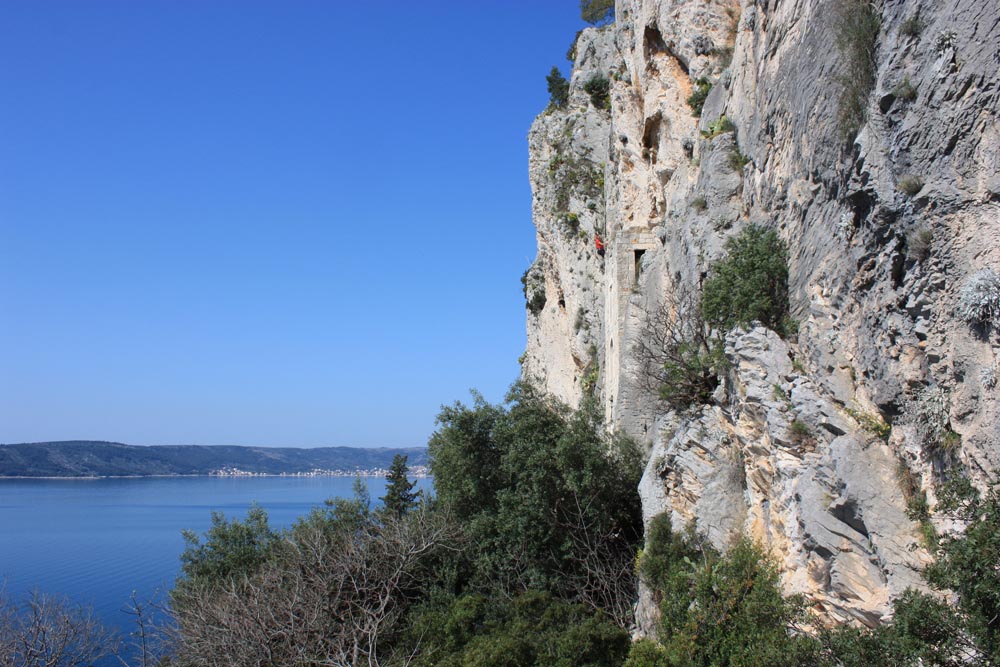
Split area offers over 400 bolted rock climbing routes for any kind of climbers,mostly taking the routes between 10 and 25 m of height with the difficulty level from 4c to 7a.
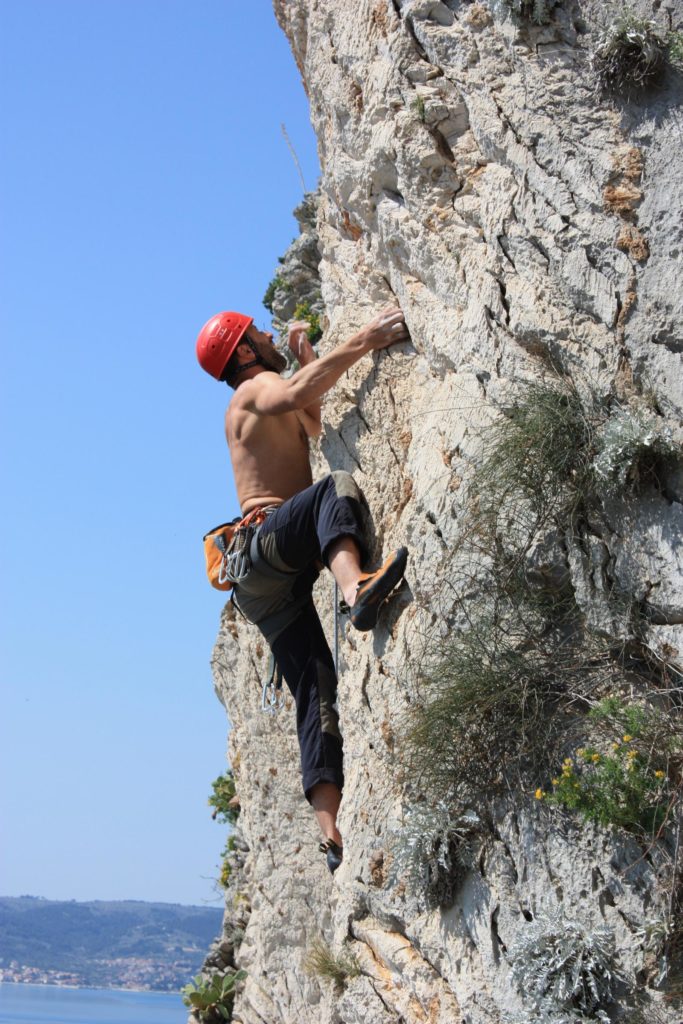
A true gem in this area is definitely Park Forest Marjan Hill, stunning location for many reasons: beautiful limestone cliffs, over 80 routes on the climbing area, the most amazing view of the Central Dalmatian islands and enchanting Mediterranean forest. And the best thing, pebble beach’s and teal sparkling waters just around the corner are inviting you for refreshment after the climb!
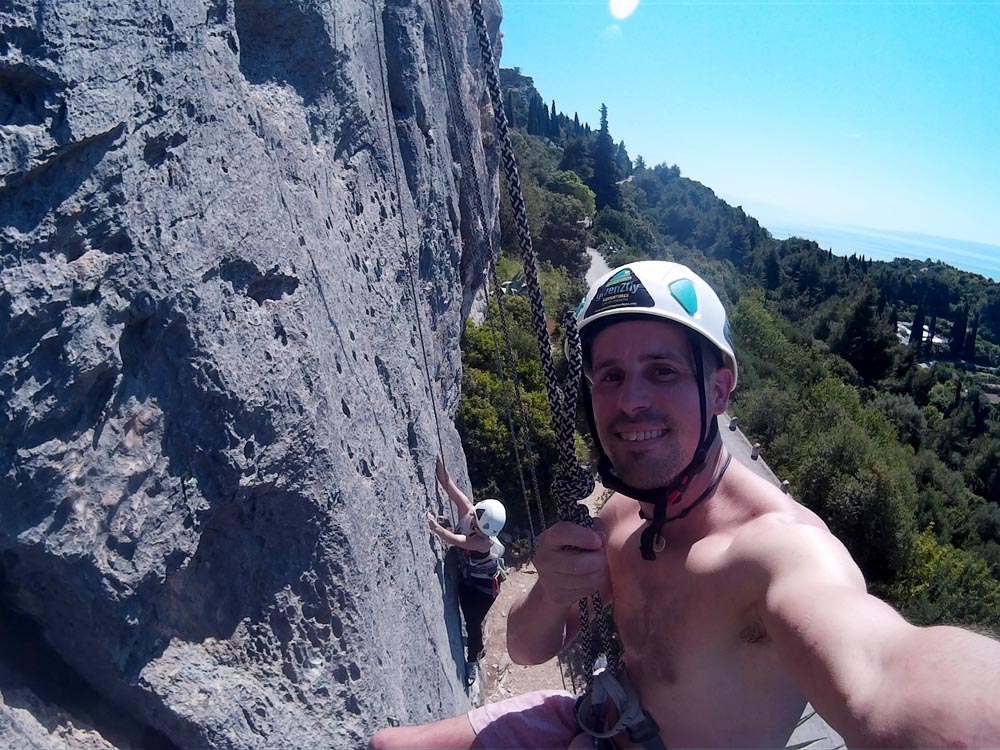
What's amazing when you climb in the area of a 2000 year old City of Split is the opportunity to explore cultural heritage even in the nature! Per example, your rock climbing on Marjan Hill will be also a visit to the secluded 15th century small churches with the renaissance hermitage caves.
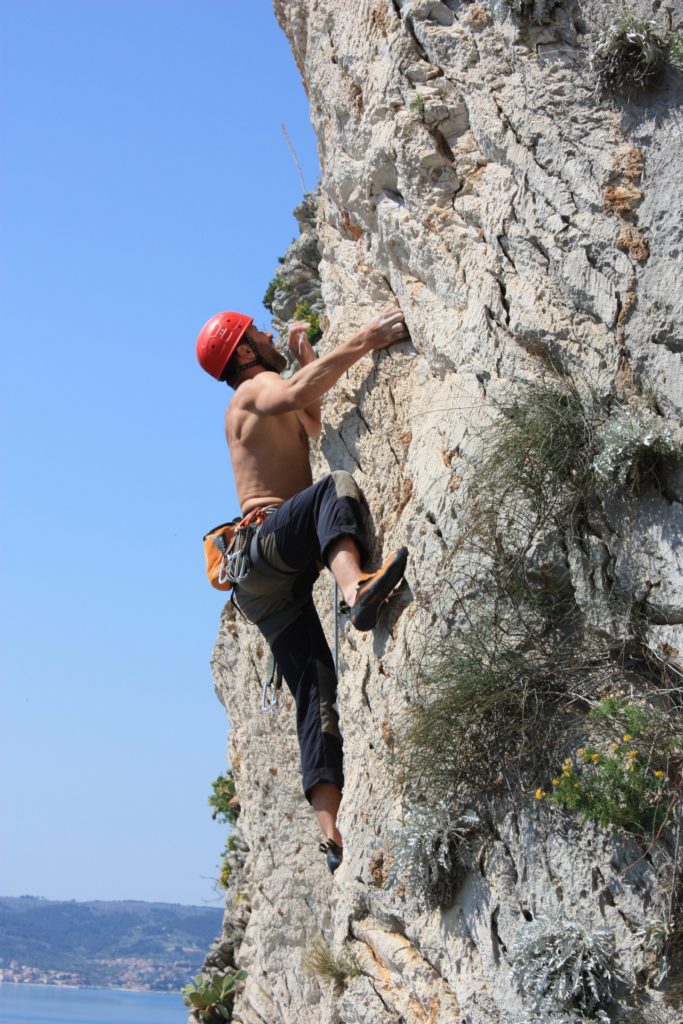
For limestone lovers, Croatia is the ultimate choice. You can climb all year round by either seeking the sun in winter, or finding shade in the summer with a mid-day swim to cool off. Keep in mind, every fun and adventure sport, rock climbing also, requires a proper guide and discipline. Stay aware and enjoy!
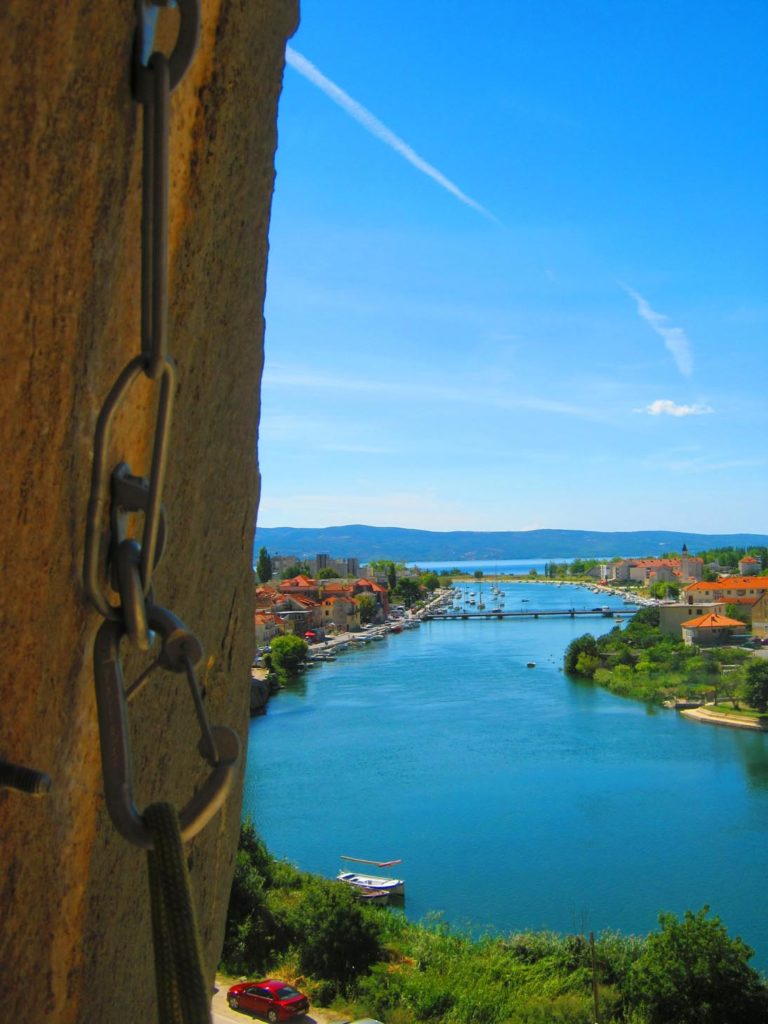
Piše: Hot spots blogger Mariana Andrijašević
Mariana Andrijašević vlasnica je agencije Given2fly Adventures specijalizirane za aktivnosti na otvorenom u srednjoj Dalmaciji, a ujedno je i instruktorica profesionalnog penjanja s više od 20 godina iskustva i jedriličarka.

Foto: Given2fly Adventures

